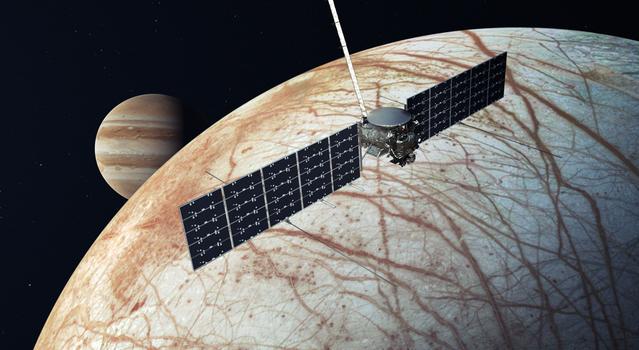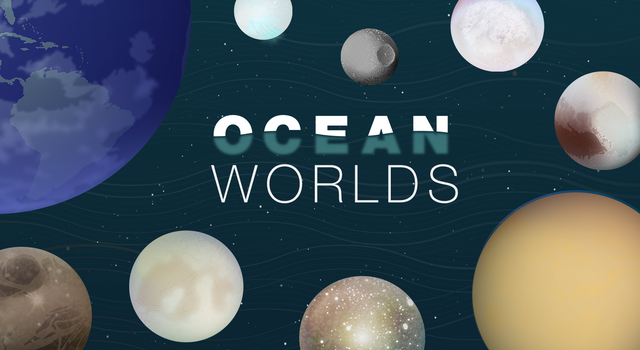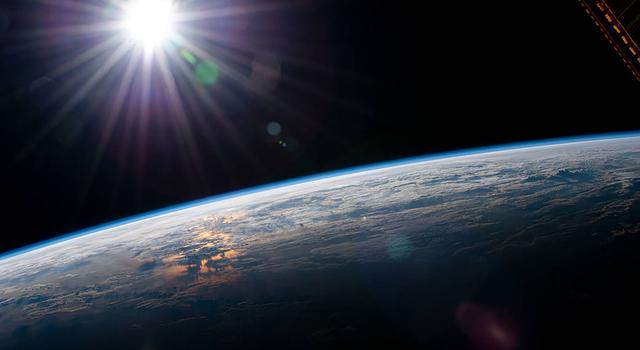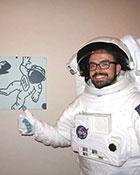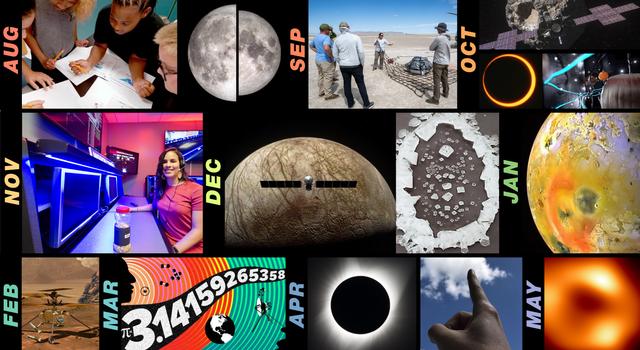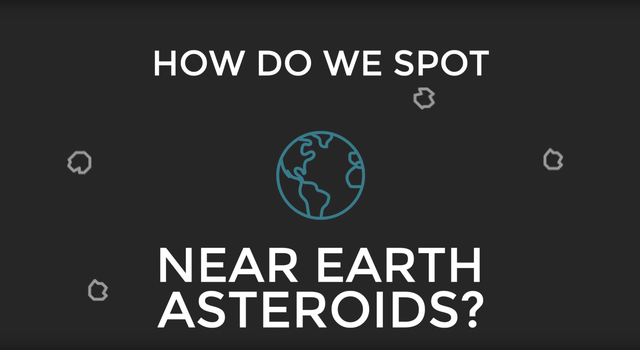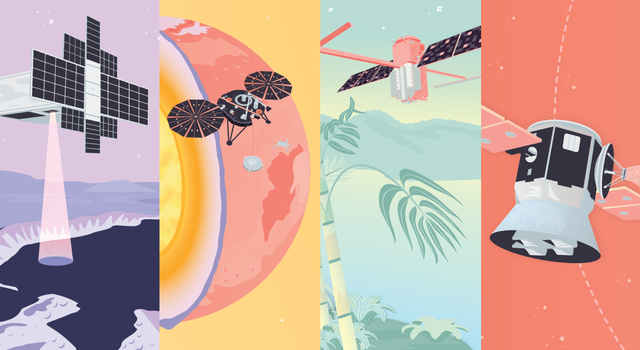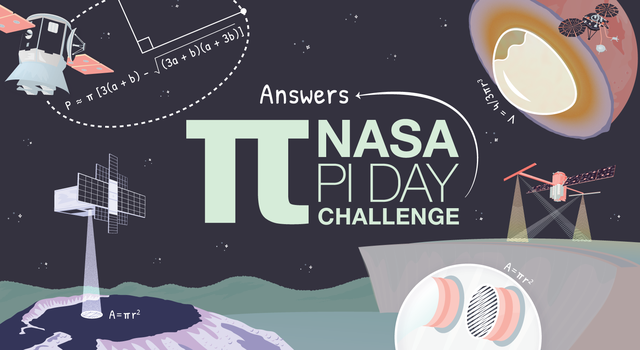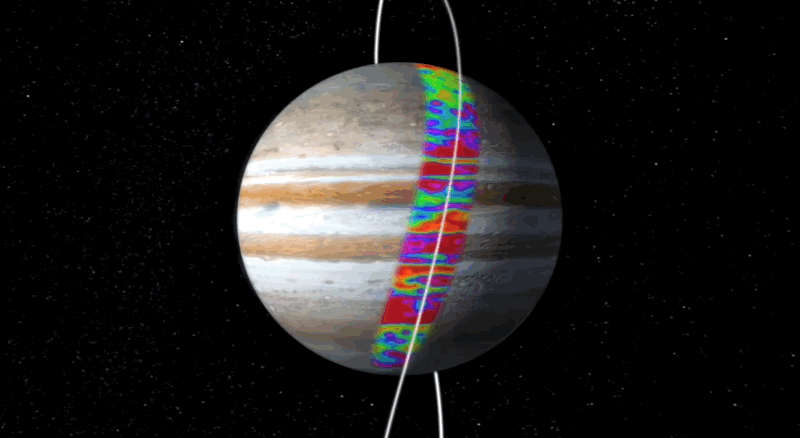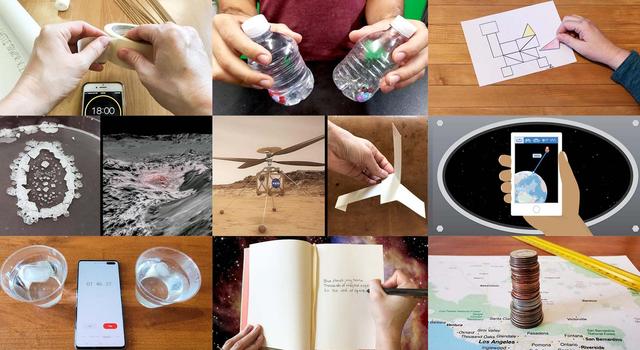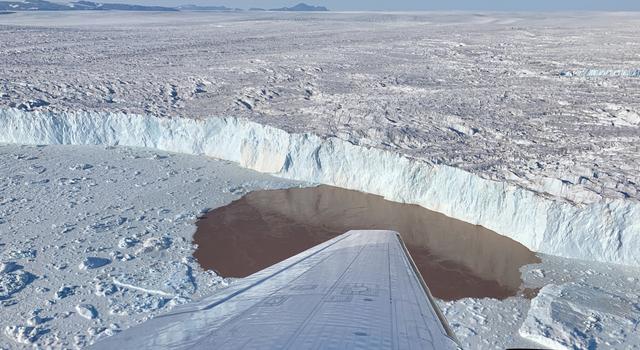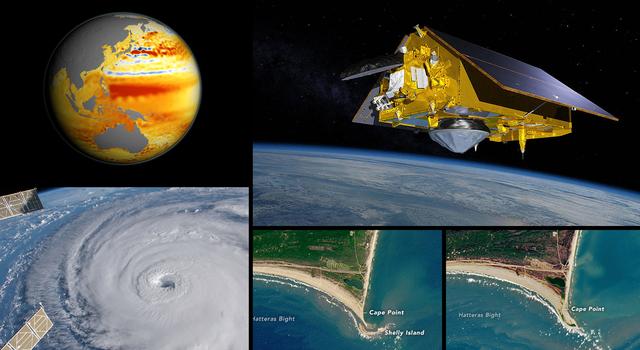Teachable Moments | August 16, 2024
Exploring the Next Frontier in Our Search for Life With Europa Clipper
Get the inside scoop on the Europa Clipper mission and its journey to explore an icy moon of Jupiter that could have conditions suitable for life. Plus, find ways to bring the excitement of the mission to your students.
In October, NASA's Europa Clipper mission will launch on a journey to investigate one of the next frontiers in our search for life beyond Earth. Its destination: Jupiter's moon Europa. Beneath its icy crust, the small moon is thought to contain a saltwater ocean with more water than all of Earth’s oceans combined. By studying the moon up close with a suite of scientific instruments, Europa Clipper aims to improve our understanding of the conditions on Europa and explore whether the moon could be suitable for life.
Read on to learn why scientists are so interested in this tiny ocean world and get to know the science behind the Europa Clipper mission. Then, follow along with the mission in the classroom using STEM teaching and learning resources.
Why Explore Europa?
In recent years, scientists have discovered likely water worlds throughout our solar system that might harbor conditions suitable for life. But scientists are especially intrigued by Jupiter's moon Europa because it hosts several components that make it one of the most promising for harboring a habitable environment.
Slightly smaller in size than Earth's Moon, Europa is one of Jupiter’s 95 officially recognized moons. Europa was discovered along with Jupiter's three other largest moons more than 400 years ago by astronomer Galileo Galilei, and named by astronomer Simon Marius, who discovered Europa around the same time.

This artist's concept shows a simulated view from the surface of Jupiter's moon Europa. Credit: NASA/JPL-Caltech | + Expand image
Scientific observations of Europa by previous spacecraft, including the Galileo mission to Jupiter, point to the existence of a subsurface salty ocean. These observations included spectroscopic measurements indicating the surface is mostly water ice; gravitational and moment-of-inertia measurements indicating a layered internal structure, including a water and ice layer near the surface that is 62 miles (100 kilometers) thick; and magnetic field measurements indicating a conductive layer near the surface. A salty ocean would explain these observations.
Though Europa has been studied by the Galileo spacecraft and the more recent Juno spacecraft with a few up-close flybys, Europa Clipper will allow us to build on previous findings to gain new perspectives on the moon with a Europa-dedicated mission.

The surface of Jupiter's icy moon Europa is visible in this view made from images taken by NASA's Galileo spacecraft in the late 1990s. Image credit: NASA/JPL-Caltech | + Expand image
Europa’s surface is crisscrossed by long, linear fractures, cracks, ridges, and bands. This ice shell is probably 10 to 15 miles (15 to 25 kilometers) thick. Evidence suggests that below Europa’s icy surface there is a saltwater ocean that is about 25 times deeper than Earth's oceans and contains about twice as much water. Scientists are hopeful that the Europa Clipper mission will refine these estimates.
In addition to water, Europa could have other conditions needed for life as we know it, including chemistry, energy, and stability. NASA scientists believe that six essential chemical building blocks for life exist on Europa and have likely existed there since Europa formed. These common elements are carbon, hydrogen, nitrogen, oxygen, phosphorus, and sulfur.
Chemical energy, similar to that produced by hydrothermal vents found on Earth’s ocean floor, may also exist on Europa’s sea floor. As Europa orbits Jupiter, it gets stretched and released by the tug of gravity from the giant planet. This process, called tidal flexing, creates heat, much in the same way a paperclip that is repeatedly bent back and forth can get hot to the touch. This tidal flexing process could keep the ocean liquid and may also be creating heat that could be released through hydrothermal vents on the ocean floor. On Earth, hydrothermal vents spew forth heated water, minerals, and various chemicals that react with the salty ocean, releasing stored chemical energy.
Where did life originate on Earth? Could the process hold clues for finding life elsewhere? Credit: NASA/JPL-Caltech | Watch on YouTube
Radiation surrounding Jupiter is another possible source of fuel for life in an ocean below Europa's surface. Jupiter’s strong radiation bombards Europa, which is bad news for anything attempting to live on the surface. But the radiation splits apart water molecules at the surface. Once the water molecules are split, the hydrogen floats away into space and the oxygen stays behind, making it available to bind to other elements. If the oxygen makes its way to the ocean through cracks or openings, it could react with other chemicals to provide chemical energy for microbial life.

Compare the oceans of Earth and Europa. Image credit: NASA/JPL-Caltech | + Click for full image and description
In addition to these potentially life-supporting conditions, observations indicate that the environment on Europa has likely remained constant for four billion years. Environmental stability is important to allow time for life to form and evolve. Such a promising stable environment is ripe for further exploration.
Europa Clipper Science
The Europa Clipper spacecraft will be the largest in NASA’s planetary mission history, measuring 16 feet (five meters) in height. Its giant solar arrays, the largest space-faring solar arrays to date, unfold in space to span the length of a basketball court, more than 100 feet (30.5 meters), and cover 950 square feet (90 square meters). Such an enormous light-collecting area is required because the intensity of the Sun near Jupiter is only 3% of what it is on Earth, and the massive arrays need to capture enough sunlight to power Clipper’s science instruments.
Europa Clipper has a powerful suite of nine science instruments designed to work together to study Europa’s surface features, improve our understanding of the moon’s icy shell, examine the interaction between the ocean and the icy shell, and investigate the ocean’s composition to determine if it has the ingredients to sustain life.
Exploring Europa’s Icy Surface
The spacecraft will collect images and generate surface maps using its onboard cameras and spectrometers which can identify chemical signatures from reflected light. The Europa Imaging System contains wide-angle and narrow-angle cameras, which will produce high-resolution color and stereoscopic images of Europa. These cameras will study Europa's geologic activity and measure surface elevations. The Europa Thermal Emission Imaging System will use infrared light to measure surface texture and characterize warmer regions where the liquid ocean may be closer to the surface. It will also show any visible evidence of water eruptions. The Europa Ultraviolet Spectrograph will use a telescope to collect ultraviolet light to help determine the makeup of Europa's sparse atmospheric gases and surface materials. It will also search for signs of plumes erupting from the surface.
A mass spectrometer and dust analyzer will measure the composition of tiny particles in Europa’s extremely thin atmosphere and surrounding environment. The mass spectrometer, or MASPEX, will analyze gases in Europa’s sparse atmosphere and in any plumes, as well as the chemical makeup of the ocean. The Surface Dust Analyzer will identify the chemistry of solid material ejected from Europa to offer clues about the surface composition and ocean salinity.
Examining Europa’s Icy Shell and Sub-surface Ocean
The spacecraft will search for water under Europa’s surface using radar and will gather magnetic field measurements with a magnetometer. An ice-penetrating radar instrument called REASON will examine the ice structure and thickness. It works by transmitting radio waves that bounce off of features within the ice, like cracks or pockets of water. By measuring the time difference between transmission and return, REASON will learn how far the features are from the spacecraft, and therefore, how deep they are in the ice. This highly specialized and advanced radar can also measure differences in the composition of materials on Europa. It does this by measuring the energy difference between transmitted and returning signals and combining them with distance measurements.

This artist's concept illustrates two possible cut-away views through Europa's ice shell. In both, heat escapes, possibly volcanically, from Europa's rocky mantle and is carried upward by buoyant oceanic currents. Image credit: NASA/JPL-Caltech/Michael Carroll | + Expand image
The Europa Clipper Magnetometer works by measuring small changes in Europa’s magnetic signal and how they vary with time and location. Measuring Europa’s magnetic signal could confirm the existence of an ocean and will help determine the ocean’s depth and salinity as well as the thickness of the moon's icy shell.
These instruments work in conjunction with several other instruments to closely study Europa during the flybys and return data for scientists to analyze for years to come. Explore a full list of instruments and learn how they work on the Europa Clipper mission website.
Getting to Europa
To save fuel for its journey to Europa, the spacecraft will follow what’s known as a Mars-Earth Gravity Assist trajectory for its 5.5-year journey. This path will first take the spacecraft near Mars to get a gravity assist – a boost in momentum obtained by tugging on Mars, thereby slightly decreasing Mars’ orbital momentum while transferring that momentum to the spacecraft. Next, Europa Clipper will swing back by Earth for another gravity assist before continuing on to Jupiter for its scheduled arrival in April 2030.

This graphic shows the Mars-Earth gravity assist trajectory the Europa Clipper spacecraft will follow to reach Jupiter. Credit: NASA/JPL-Caltech | + Expand image
Once it arrives, Europa Clipper will orbit Jupiter in an elongated ellipse that will bring the spacecraft close to Europa about 50 times. The orbit was designed in this way to decrease the impact of Jupiter’s radiation on the spacecraft, which can damage its electronics. Studies show that a spacecraft orbiting Europa may survive for a few months, while one orbiting Jupiter would last for many years. After each close flyby of Europa, the spacecraft will travel outside Jupiter’s radiation belts to downlink data to Earth, uplink new commands, and prepare for the next flyby.

Known as a petal plot for the way it resembles petals of a flower, this diagram displays the orbital path around Jupiter the Europa Clipper spacecraft will take as it explores Europa. Credit: NASA/JPL-Caltech | + Expand image
Follow Along
The Europa Clipper spacecraft is scheduled to launch in October 2024 from Kennedy Space Center in Florida. Tune in to watch the launch on NASA TV.
Visit the Europa Clipper mission website for all the latest mission updates, images, and science.
Teach Europa Clipper Science and Engineering
The Europa Clipper mission is a great opportunity to engage students with hands-on learning opportunities that range from imagining alien life forms to finding Jupiter in the night sky to engaging in the same science that led scientists to suspect the existence of Europa’s salty ocean. Explore these lessons and resources to get students excited about the STEM involved in this mission to determine if life-supporting conditions exist on Europa.
For Educators
For Students
Explore More
Activities for Kids
- Build Your Own Spacecraft Paper Model
- Build Your Own Spacecraft Toy Bricks Model
- Print a 3D Model of Europa Clipper
- Downloadable Europa Clipper
- Europa Clipper Mission Posters, Stickers, and More
Websites
Videos
Image Gallery
Articles
TAGS: K-12 Education, Educators, Teachers, Parents, Science, Astrobiology, Jupiter, Europa, Ocean, Teachable Moments
Edu News | January 16, 2024
Doing the Math on Why We Have Leap Day
Leap day, Feb. 29, happens every four years because of a mismatch between the calendar year and Earth's orbit. Learn how it works, and get students engaged in leap day STEM.
You may have noticed that there's an extra day on your calendar this year. That's not a typo – it's leap day! Leap day is another name for Feb. 29, a date that typically comes around every four years, during a leap year.
Why doesn't Feb. 29 appear on the calendar every year?
The length of a year is based on how long it takes a planet to revolve around the Sun. Earth takes about 365.2422 days to make one revolution around the Sun. That's about six hours longer than the 365 days that we typically include in a calendar year. As a result, every four years, we have about 24 extra hours that we add to the calendar at the end of February in the form of leap day.
Without leap day, the dates of annual events, such as equinoxes and solstices, would slowly shift to later in the year, changing the dates of each season. After only a century without leap day, summer wouldn’t start until mid-July!
But the peculiar adjustments don't end there. If Earth revolved around the Sun in exactly 365 days and six hours, this system of adding a leap day every four years would need no exceptions. However, Earth takes a little less time than that to orbit the Sun. Rounding up and inserting a 24-hour leap day every four years adds about 45 extra minutes to every four-year leap cycle. That adds up to about three days every 400 years. To correct for that, years that are divisible by 100 don't have leap days unless they’re also divisible by 400.
If you do the math, you'll see that the year 2000 was a leap year, but 2100, 2200 and 2300 will not be.
Have students learn more about leap years with this article from NASA's Space Place, then have them do the math for themselves with this leap day problem set. You can also have students write a letter or poem to be opened on the next leap day or get them learning about orbits across the solar system.
And since we've got an extra 24 hours this year, don't forget to take a little time to relax!
Educator Resources
-
 Problem Set
Problem SetLeap Day Math
In this problem set, students calculate the difference between the calendar year and Earth's orbital period to determine when leap years occur.
Subject Math
Grades 5-8
Time Less than 30 mins
-
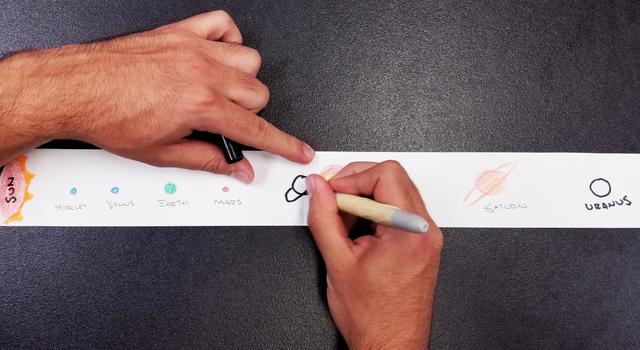 Collection
CollectionSolar System Scale & Size Lessons
Explore a collection of standards-aligned lessons all about the size and scale of our solar system.
-
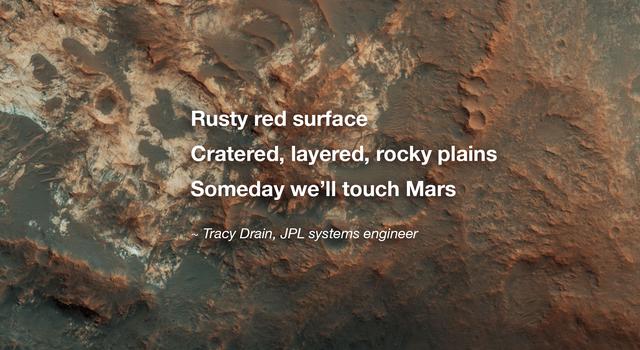 Educator Guide
Educator GuidePlanetary Poetry
Have students write a poem they can open and re-read next leap day!
Subject Science
Grades 2-12
Time 1-2 hrs
Student Resources
-
 Article
ArticleWhat Is a Leap Year?
Get the answer in this article from NASA Space Place. Plus, learn if other planets have leap years!
-
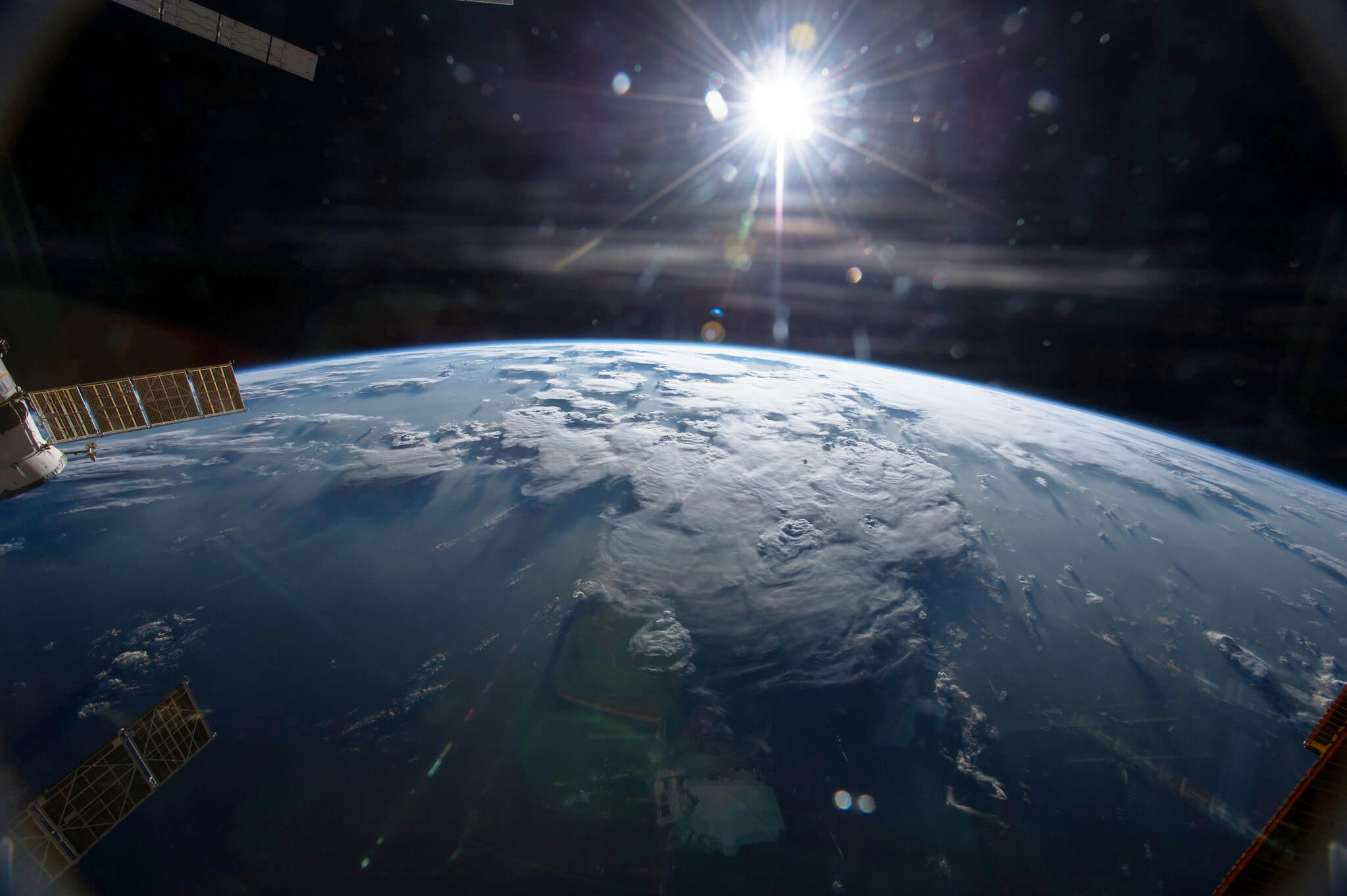 Article
ArticleHow Long Is a Year on Other Planets?
Get the answer in this article from NASA Space Place.
-
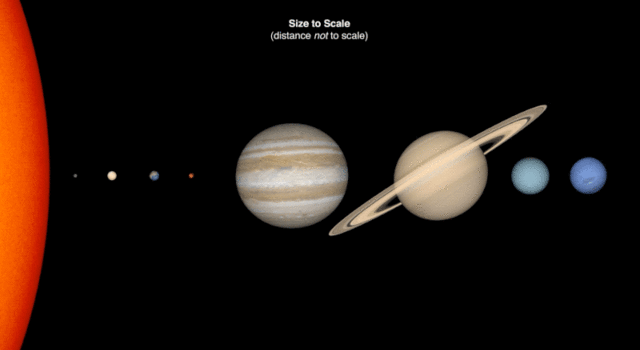 Collection
CollectionAll About the Size and Scale of the Solar System
Learn how big and far away the planets are with these projects and activities.
TAGS: K-12 Education, Math, Leap Day, Leap Year, Events, Space, Educators, Teachers, Parents, Students, STEM, Lessons, Earth Science, Earth
Edu News | August 17, 2023
Spend the School Year With NASA-JPL
Make educational connections to NASA and JPL happenings all year long with this calendar of upcoming events and links to educational resources you can use to explore STEM with us throughout the 2023-2024 school year.
August
All Month – Go Back to School With Us
The start of the school year is a great time to explore all of the resources we have on offer for educators, parents, and K-12 students. These include everything from classroom activities to DIY student projects to video tutorials to expert talks to our Teachable Moments series, which offers education-focused explainers of the latest NASA news.
There's something for every day of the school year, and you can find it all in one place on our Back to School event page. You can also sign up to receive monthly updates about new and featured content as well as upcoming events in your inbox with the JPL Education newsletter.
Learning Resources
-
 Public Event
Public EventBack to School With NASA-JPL Education
All the resources you'll need for a stellar school year from classroom lessons to student activities, challenges, and more!
-
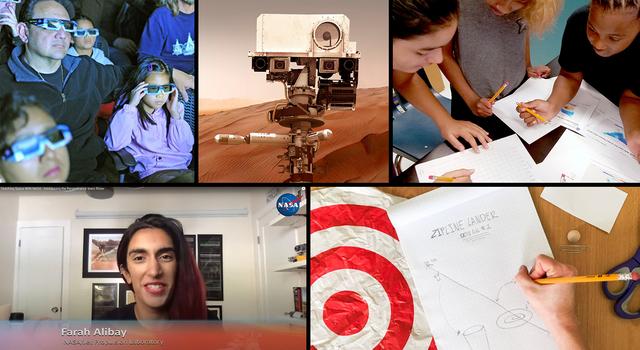 Sign Up
Sign UpJPL Newsletter
Sign up to receive the latest STEM education resources, events, and news for teachers, students, and parents from the education team at JPL.
August 30 – See Supermoons on Parade
Skygazers will have plenty to moon over in August as the second of two supermoons this month graces the sky on August 30.
Make the event a Teachable Moment by dispelling common misconceptions about supermoons and digging into the real science behind the phenomena. Get students acting out moon phases, then have them apply what they've learned to make a Moon phases calendar and calculator. Plus, explore even more classroom activities and DIY projects all about our Moon.
Learning Resources
-
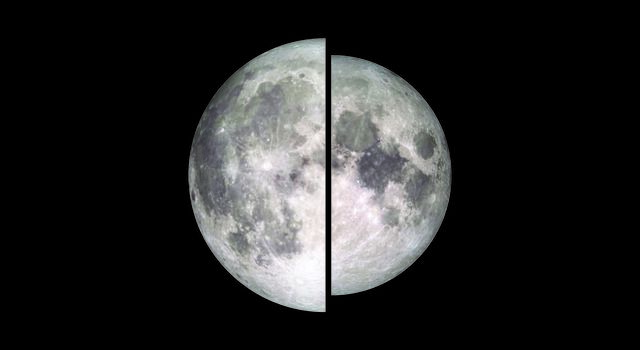 Teachable Moments
Teachable MomentsWhat’s a Supermoon and Just How Super Is It?
Here’s what you can really expect to see during a supermoon. You don’t have to take our word for it. Get students investigating themselves.
-
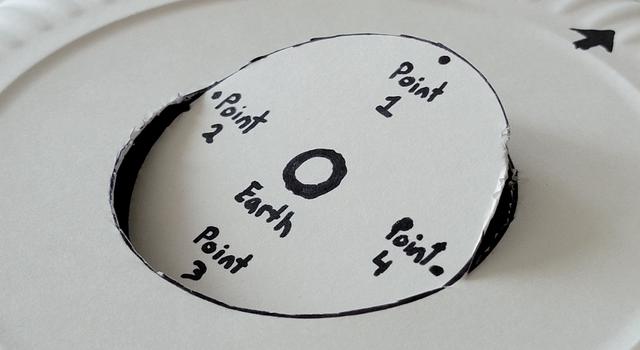 Collection
CollectionMoon Lessons for Educators
Teach students about the Moon with this collection of standards-aligned activities inspired by real NASA missions and science.
-
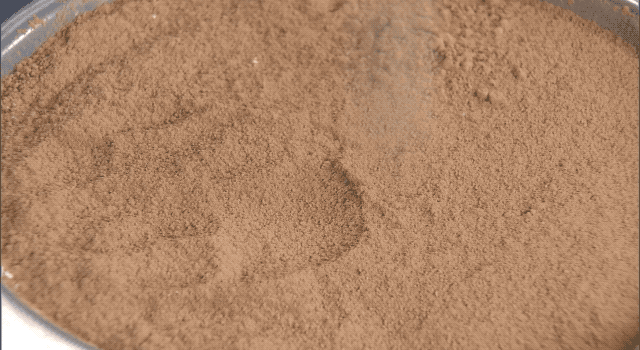 Collection
CollectionMoon Activities for Students
Learn all about the Moon with these projects, slideshows, and videos for students.
September
September 24 – Follow Along as Asteroid Samples Arrive on Earth
Samples collected from the surface of an asteroid parachuted down to Earth on September 24, landing about 70 miles west of Salt Lake City. The samples were collected by the OSIRIS-REx spacecraft, which gathered the material during a daring descent on asteroid Bennu in 2018. The mission, which marks the first time the U.S. has collected samples from an asteroid, will give scientists an unparalleled, up-close look at remnants from our early solar system.
Follow along with the mission by having students do some of the same math as OSIRIS-REx mission planners. Or, have them do their own asteroid-related experiments. It's also a great opportunity to make connections to another NASA sample-return mission.
Learning Resources
-
 Collection
CollectionAsteroids Lessons for Educators
Explore a collection of standards-aligned lessons all about asteroids and craters.
-
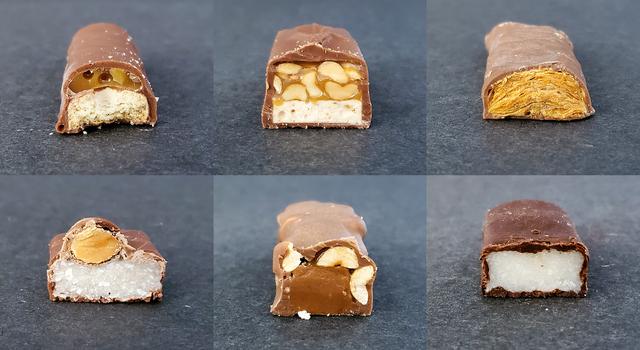 Collection
CollectionAsteroids Activities for Students
Explore projects, videos, slideshows, and games for students all about asteroids.
October
October 12 – Join NASA for the Psyche Launch
Did you know we can explore asteroids and other far away objects in the solar system to learn more about the interior of our own planet? That's one of the goals of NASA's Psyche mission, which is slated to launch on October 12 from NASA's Kennedy Space Center in Florida. The mission is designed to explore an asteroid – also named Psyche – that may be the remnant of a planet's core.
The Psyche spacecraft is one of just a handful of NASA missions throughout history that have used electric propulsion rather than a chemical engine, which means it's also a great opportunity to make connections to real-world examples of motion and forces. Get a primer on all the engineering and science behind the mission from our Teachable Moments series, then explore related lessons and projects.
Learning Resources
-
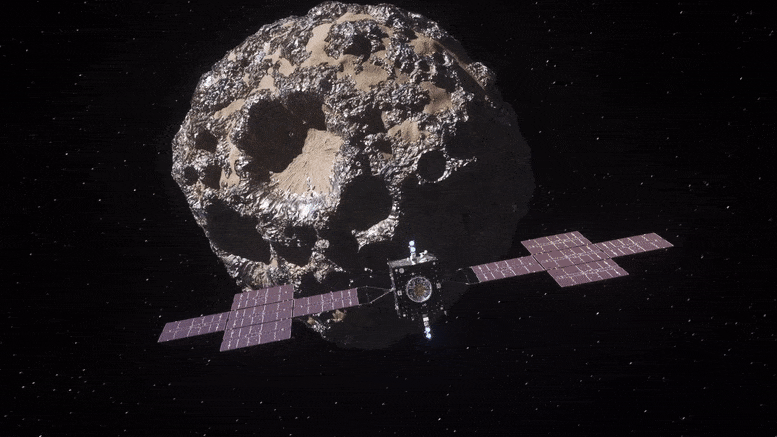 Article
ArticleTeachable Moments: Asteroid Mission Aims to Explore Mysteries of Earth's Core
Explore how NASA's Psyche mission aims to help scientists answer questions about Earth and the formation of our solar system.
-
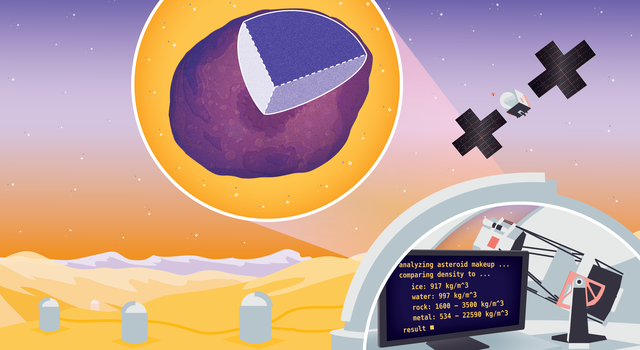 Collection
CollectionPsyche Lessons for Educators
Explore a collection of standards-aligned lessons related to NASA's Psyche mission.
-
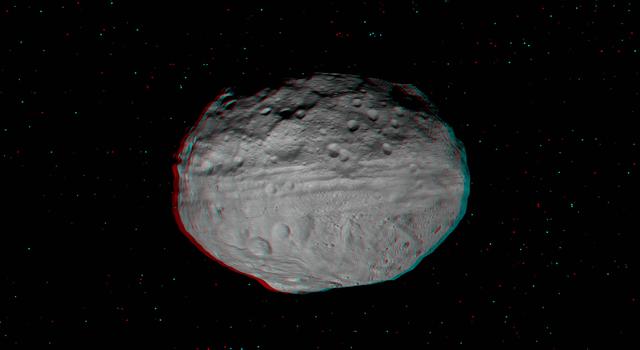 Collection
CollectionPsyche Activities for Students
Explore projects, videos, slideshows, and games for students all about asteroids.
October 14 – Catch the Annular Solar Eclipse
October 14 marks the start of another exciting double-feature for skygazers: an annular solar eclipse followed by a total solar eclipse just six months later. In both events, the Sun, Moon, and Earth will align, creating a spectacular sight in the sky. But during the annular solar eclipse on October 14, a ring of sunlight will remain visible around the Moon. This is due to differences in the relative distances between the Sun, Moon, and Earth during the eclipse. In any case, remember to never look directly at the Sun without proper protection, such as certified solar eclipse glasses.
Another fun way to view a solar eclipse is by making a pinhole camera. Students can even use their pinhole cameras to make solar art. Check out our Teachable Moments article for more info on where and when to watch the eclipse, plus a primer on the science of solar eclipses. And explore even more eclipse lessons and activities – including a math puzzler from our NASA Pi Day Challenge.
Learning Resources
-
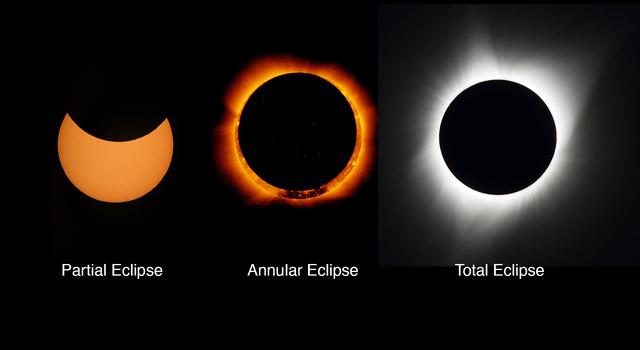 Teachable Moment
Teachable MomentThe Science of Solar Eclipses and How to Watch With NASA
Get ready for the annular solar eclipse on Oct. 14, 2023. Learn about the science behind solar eclipses, how to watch safely, and how to engage students in NASA science.
-
 Student Project
Student ProjectHow to Make a Pinhole Camera
Learn how to make your very own pinhole camera to safely see a solar eclipse in action!
-
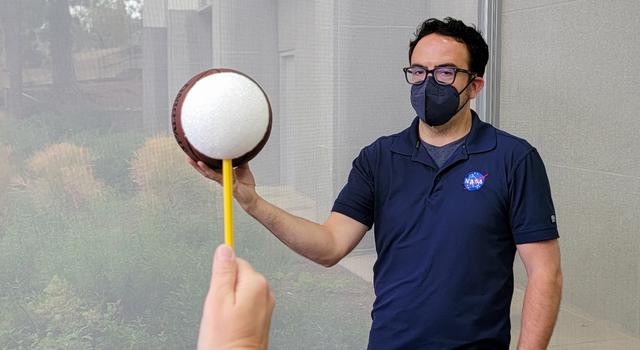 Lesson
LessonModel a Solar Eclipse
Students use simple materials to model a partial, annular, and total solar eclipse.
-
 Math Problem
Math ProblemEclipsing Enigma: A ‘Pi in the Sky’ Math Challenge
In this illustrated math problem, students use pi to figure out how much of the Sun’s disk will be covered by the Moon during an eclipse and whether it’s a total or annular eclipse.
Oct. 31 – Dare Mighty Pumpkins
Every Halloween, during an annual contest held at JPL, our engineers join kids and families across the country in the hallowed tradition of pumpkin carving. But these aren't your average jack-o'-lanterns. JPL pumpkins from years past have included a simulated Moon landing, Mars-themed whack-a-mole, and an exploding pumpkin supernova. The event, which takes place during employees' lunch break, gives all-new credence to the Lab's unofficial motto, "Dare Mighty Things." And it's good timing because this Halloween is also JPL's 87th birthday.
Whether history or Halloween are your thing, we've got ways to make educational connections – including a DIY project that gets students daring mighty pumpkins, themselves.
Learning Resources
-
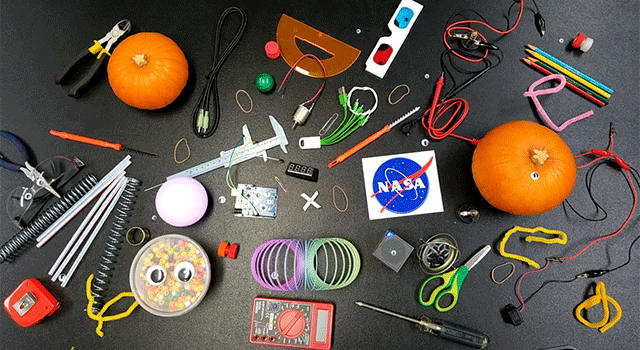 Collection
CollectionHalloween Activities for Students
Explore student projects and slideshows that put a Halloween twist on STEM.
-
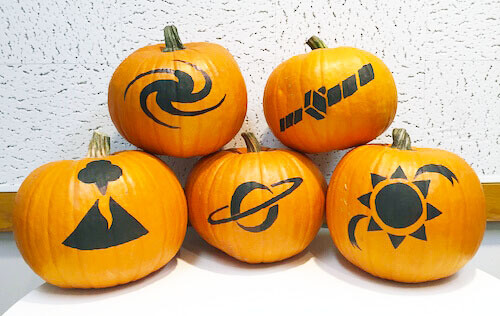 For Kids
For KidsHalloween Activities and Articles for Kids
Explore Halloween activities from NASA's Space Place, including pumpkin stencils, planet masks, an a scary space slideshow.
-
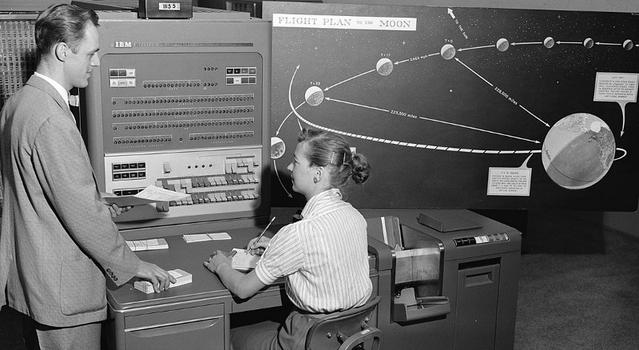 Articles
ArticlesTeachable Moments: JPL History
Explore key moments in JPL history and how they connect to what students are learning now.
November
All Month – Explore STEM Careers
Take part in National Career Development Month in November by exploring STEM opportunities at NASA and JPL. Students can learn more about careers in STEM and hear directly from scientists and engineers working on NASA missions in our Teaching Space video series. Meanwhile, our news page has more about what it takes to be a NASA astronaut and what it's like to be a JPL intern. You can also explore a collection of stories about NASA people, Women at NASA, and Women at JPL to learn more about the work they do.
For students already in college and pursuing STEM degrees, it's never too soon to start exploring internship opportunities for the summer. The deadline for JPL summer internships is March 29, so refresh your resume and get your application started now. Learn how to stand out with this article on how to get an internship at JPL – which also includes advice for pre-college students.
Learning Resources
-
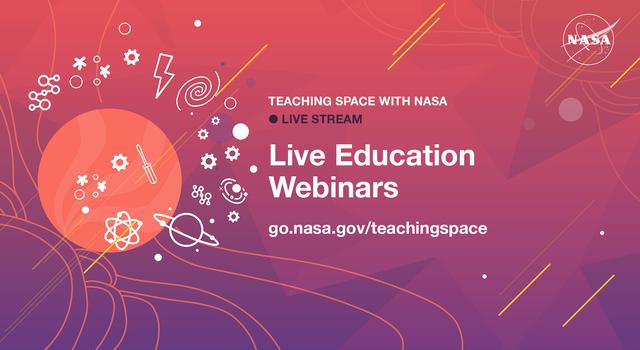 Expert Talks
Expert TalksTeaching Space With NASA
Hear from experts and education specialists about the latest missions and science happening at NASA and get your questions answered.
-
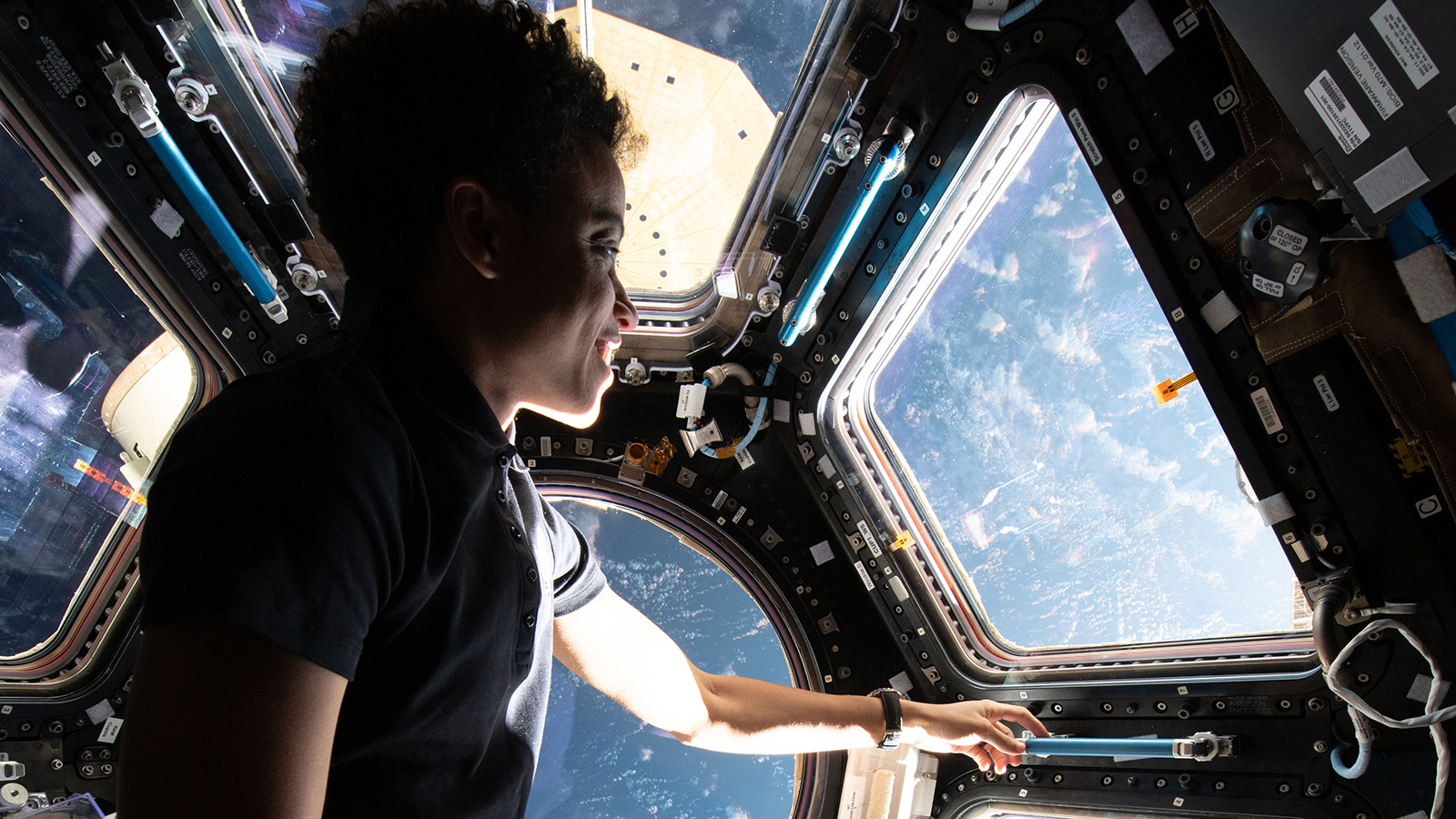 Articles
ArticlesCareer Guidance
Get advice from scientists, engineers and educators about what it takes to work in science, technology, engineering and mathematics fields and how to get a foot in the door.
-
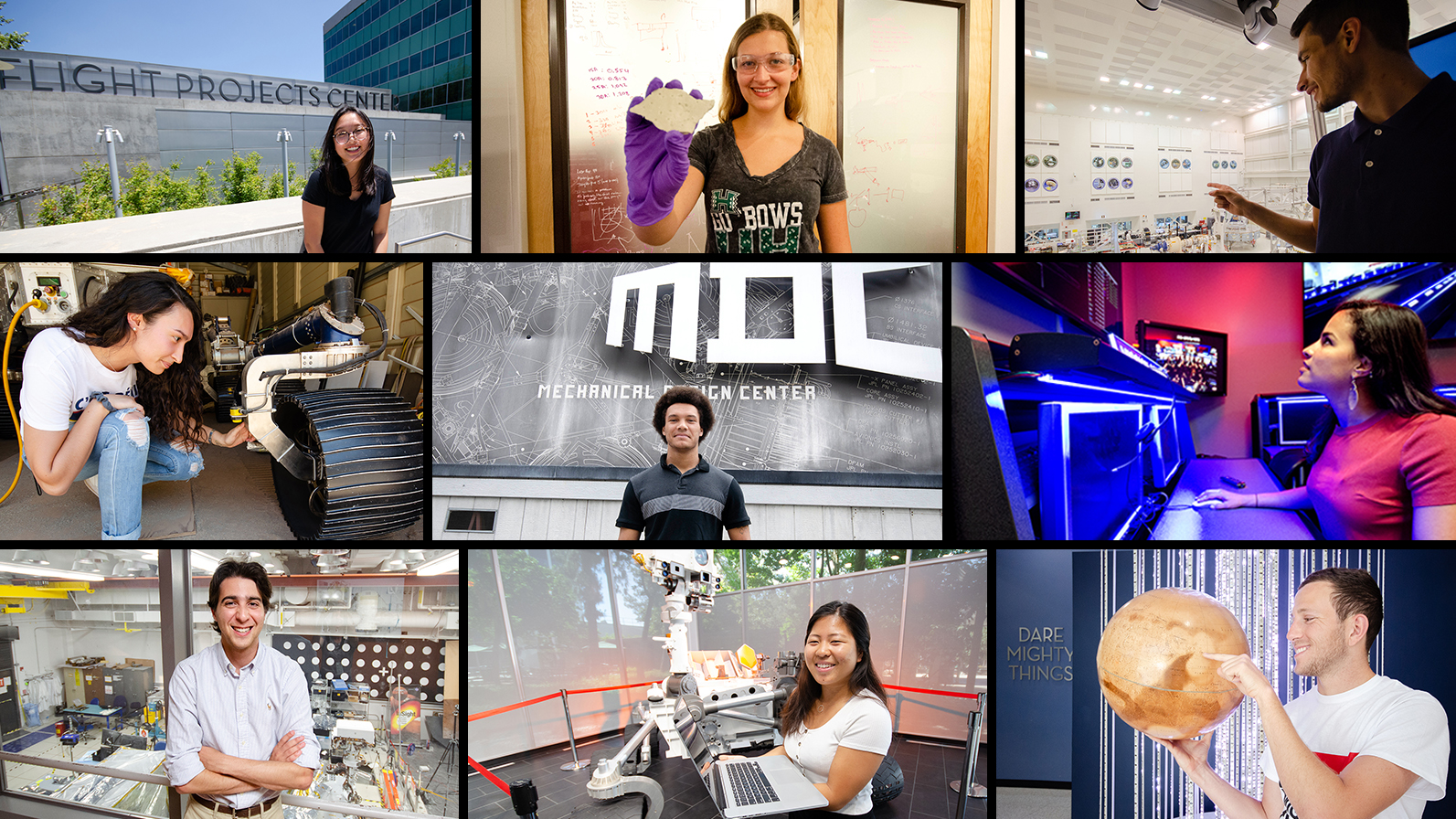 Articles
ArticlesMeet JPL Interns
These interns are pushing the boundaries of space exploration and science at the leading center for robotic exploration of the solar system.
-
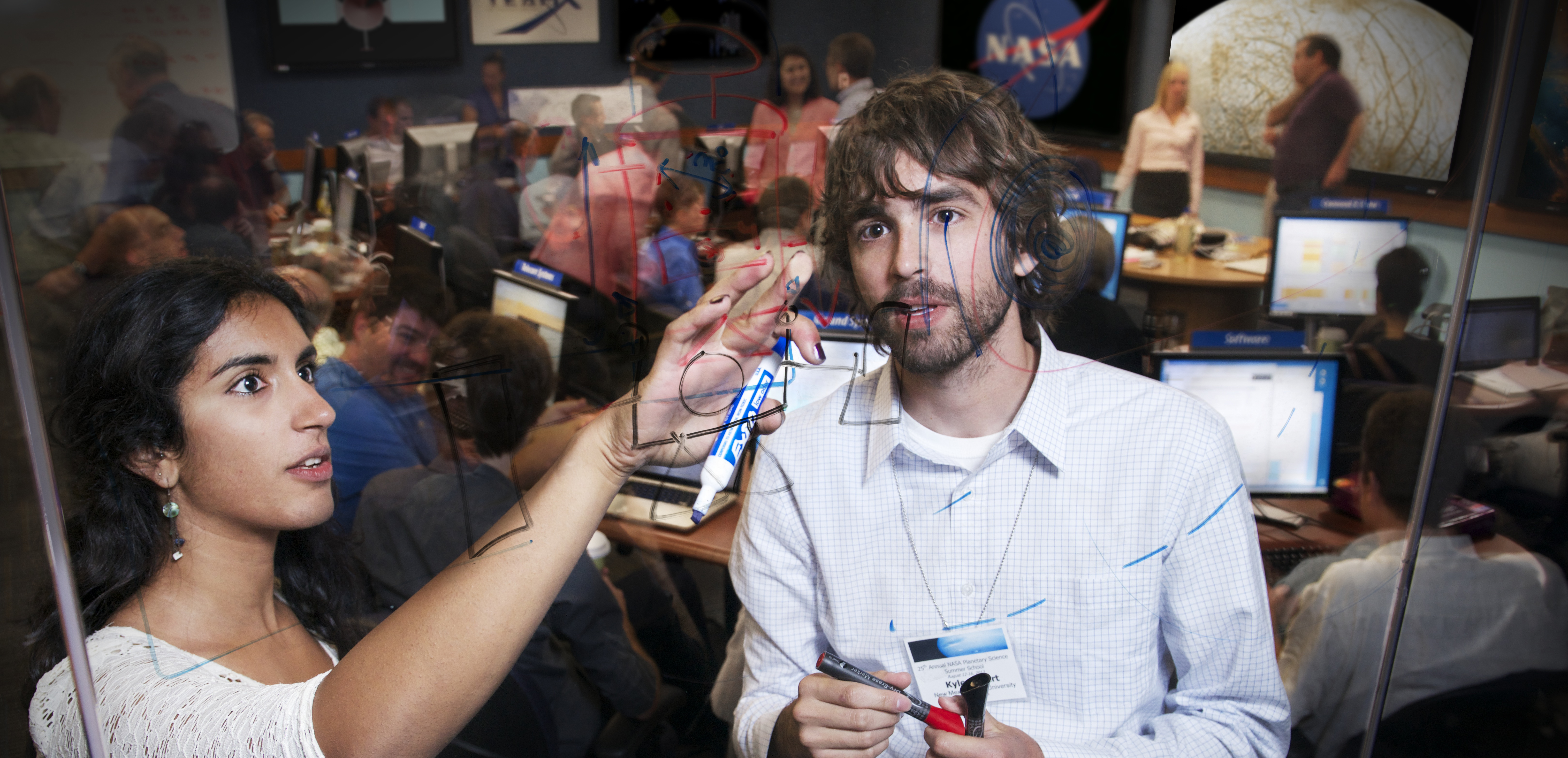 Opportunities
OpportunitiesInternships and Jobs at JPL and NASA
Discover exciting opportunities at the leading NASA center for robotic exploration of the solar system.
December
All Month – Send Your Name to Jupiter
Here's a gift idea that doesn't cost a thing: Send a loved one's name to Jupiter with NASA's Europa Clipper mission. December is the last month to add your name to a microchip that will be flown on the spacecraft along with a poem written by the U.S. Poet Laureate, Ada Limón. The Europa Clipper mission, which is scheduled to launch in October 2024, is designed to explore Jupiter's ice-covered ocean moon Europa – the newest frontier in our search for life beyond Earth. So don't miss the boat – or, in this case, spacecraft – on this exciting opportunity.
Explore activities students can do in class or over winter break to write their own space poetry and engage in hands-on activities and experiments related to the Europa Clipper mission.
Learning Resources
-
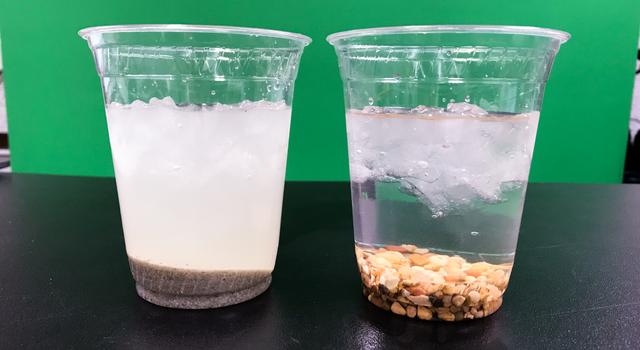 Collection
CollectionEuropa Lessons for Educators
Explore classroom activities to bring the excitement of STEM and NASA's Europa Clipper mission to students.
-
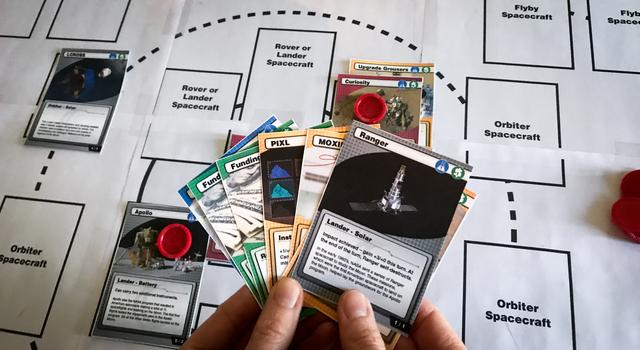 Collection
CollectionEuropa Activities for Students
Learn all about Jupiter's moon Europa with these projects and videos for students.
-
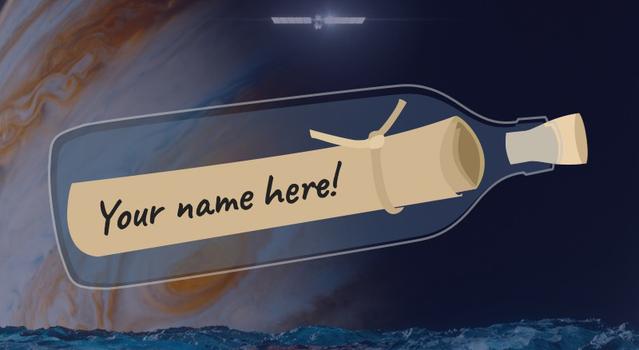 Public Event
Public EventSend Your Name to Jupiter
Have your name engraved on NASA's Europa Clipper spacecraft. Plus, explore more ways you can participate with the mission.
-
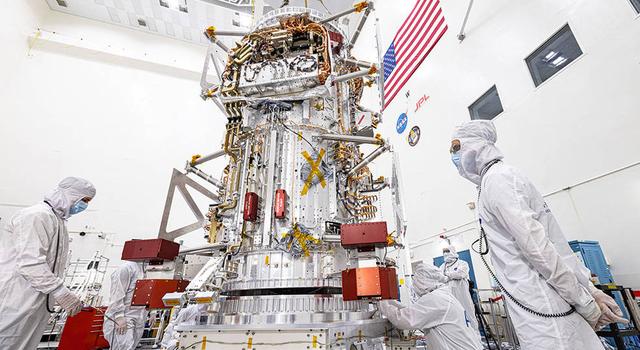 Live Stream
Live StreamWatch Engineers Build Europa Clipper Live at JPL
Get a live view into the "cleanroom" at NASA's Jet Propulsion Laboratory, where engineers are building the Europa Clipper spacecraft.
All Month – Prepare for the Science Fair
Before you know it, it'll be science fair time. Avoid the stress of science fair prep by getting students organized and thinking about their projects before the winter recess. Start by watching our video series How to Do a Science Fair Project. A scientist and an engineer from JPL walk your students through all the steps they will need to create an original science fair project by observing the world around them and asking questions.
You can also explore our science fair starter pack of lessons and projects to get students generating ideas and thinking like scientists and engineers.
Learning Resources
-
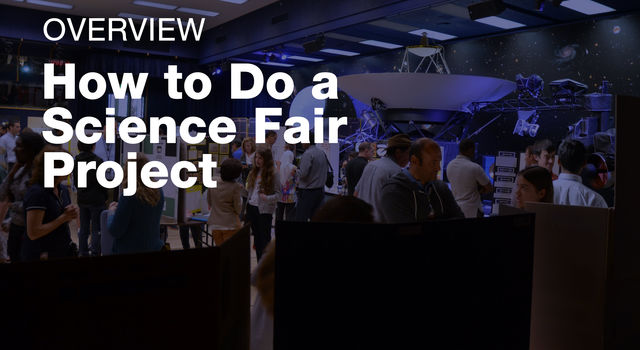 Video Series
Video SeriesHow to Do a Science Fair Project
Learn all the ins and outs of crafting your very own science fair project.
-
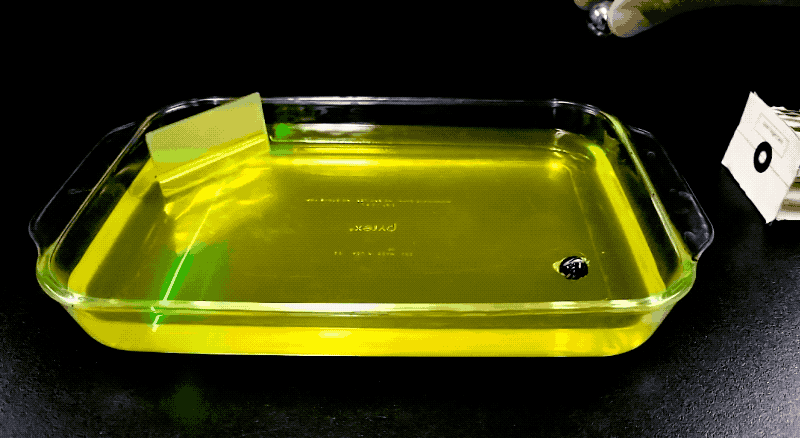 Collection
CollectionScience Fair Lessons for Educators
Teach students how to craft their own science and engineering fair project with these video tutorials and lessons featuring NASA missions and science.
-
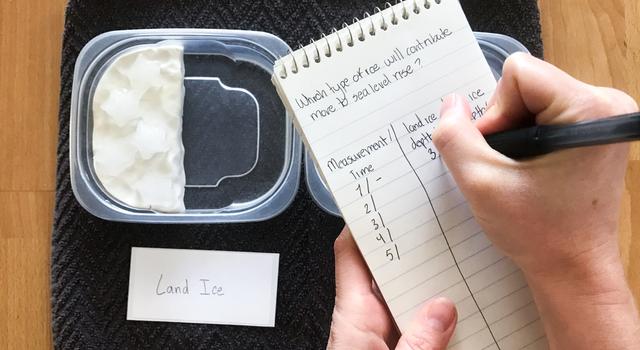 Collection
CollectionScience Fair Activities for Students
Learn how to design a science and engineering fair project and get inspired with our catalog of student projects featuring NASA missions and science.
January
January 4 - Take a Closer Look at Jupiter's 'Pizza Moon'
Everyone's favorite pizza moon is getting another series of close-ups from NASA's Juno mission. Now that Juno has completed its primary science goals, mission planners are tweaking the spacecraft's orbit to send it past some of Jupiter's most fascinating moons. Io – notable for the more than 150 active volcanoes that splotch its surface like a bubbling cheese pizza – is next on the docket with two planned flybys this school year. Keep an eye on the mission website for updates and images from the first flyby on Dec. 30, 2023 that you can use to engage students before the second flyby on Feb. 3, 2024.
While on the topic of Juno, which holds the title of the most distant solar-powered spacecraft, it's a great opportunity to segue into math lessons involving pi, exponents, and the inverse square law. Or, highlight another record-holder: Rosaly Lopes, the JPL scientist who discovered 71 active volcanoes on Io, for which she was given the 2006 Guiness World Record for her discovery of the most active volcanoes anywhere.
Learning Resources
-
 Collection
CollectionJuno Lessons for Educators
Explore classroom activities to bring the excitement of STEM and NASA's Juno mission to students.
-
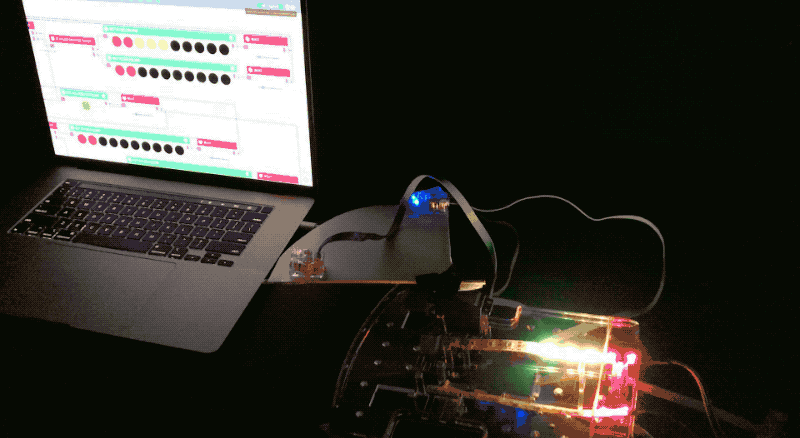 Collection
CollectionJuno Activities for Students
Learn all about NASA's Juno mission with these projects, slideshows, and videos for students.
-
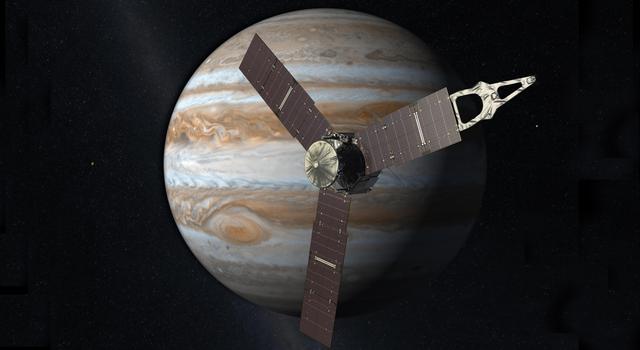 Teachable Moments
Teachable MomentsCruising to Jupiter: A Powerful Math Lesson
Find out how NASA’s Juno mission at Jupiter earned the title of most distant solar-powered spacecraft and how it relates to exponents.
February
February 18 – Learn What's Next for Mars Exploration
February 18 marks three years since NASA's Perseverance rover touched down on Mars, sticking the landing on one of the riskiest Red Planet descents to date. While the rover is coring away on Mars, collecting a diverse array of scientifically intriguing samples, mission teams here are busy designing, developing, and testing various devices to bring those samples to Earth. While we've collected samples from other objects in the solar system before (see October's asteroid sample return), this would be the first time we've retrieved samples from another planet. It requires an ambitious plan executed by multiple teams that need to achieve a number of other firsts – including the first launch from another planet.
Get students following along with classroom activities, projects, and challenges that have them apply their coding and collaboration skills to designing their own Mars sample return missions.
Learning Resources
-
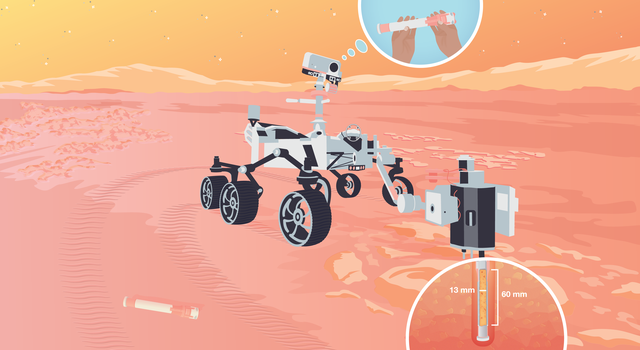 Collection
CollectionMars Sample Return Lessons for Educators
Explore classroom activities to bring the excitement of STEM and NASA's Mars Sample Return mission to students.
-
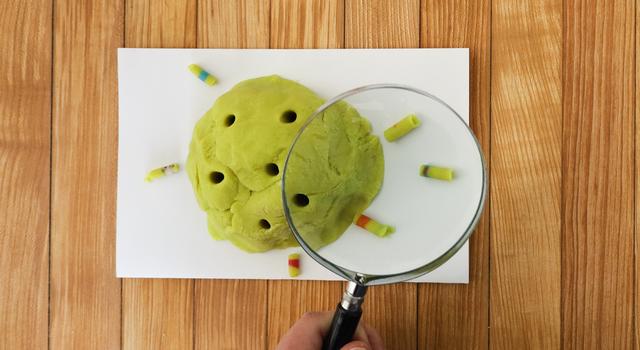 Collection
CollectionMars Sample Return Activities for Students
Learn all about NASA's Mars Sample Return mission with these projects for students.
-
 Collection
CollectionMission to Mars Student Challenge
Get K-12 students exploring Mars with NASA scientists, engineers, and the Perseverance rover as they learn all about STEM and design their very own mission to the Red Planet!
-
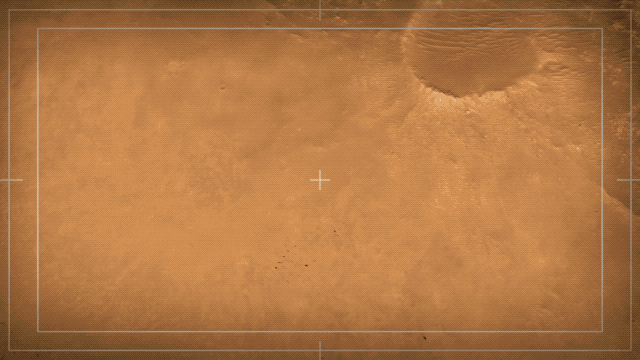 Teachable Moments
Teachable MomentsNASA's Perseverance Rover Lands on Mars
Learn how, why, and what Perseverance will explore on Mars, plus find out about an exciting opportunity for you and your students to join in the adventure!
March
March 7-15 – Take the NASA Pi Day Challenge
There's more than pie to look forward to on March 14 as we'll be releasing an all-new set of Pi Day Challenge math problems involving NASA missions and science. Look for the latest problem set along with links to more resources and ways to celebrate Pi Day with us starting on March 7. You can get a sneak peek with the resources below, which work all year long, even without the slice of pie – although, we wouldn't blame you if you had one anyway.
Learning Resources
-
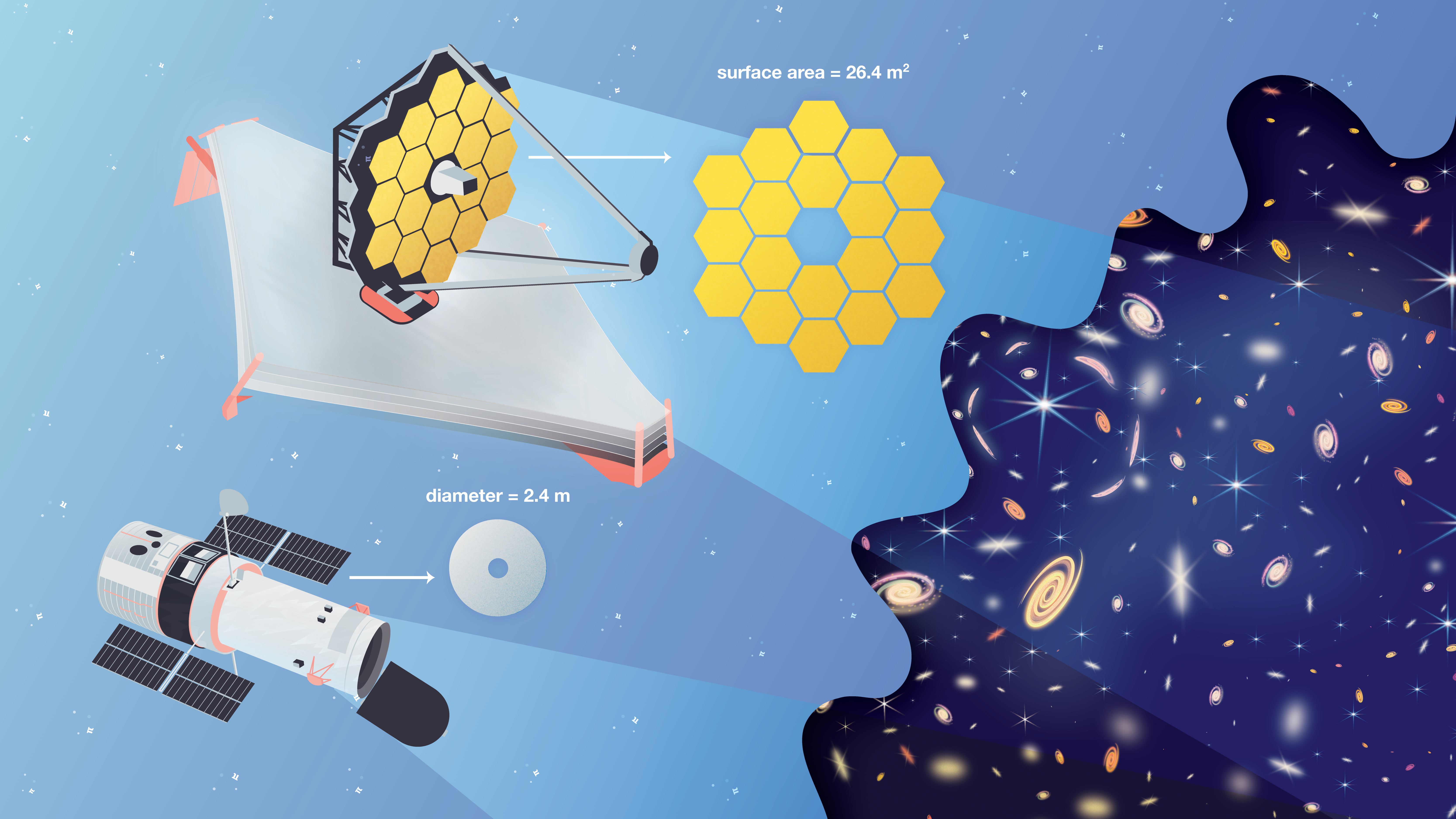 Collection
CollectionPi in the Sky Lessons
Find everything you need to bring the NASA Pi Day Challenge into the classroom, including printable handouts of each illustrated math problem.
-
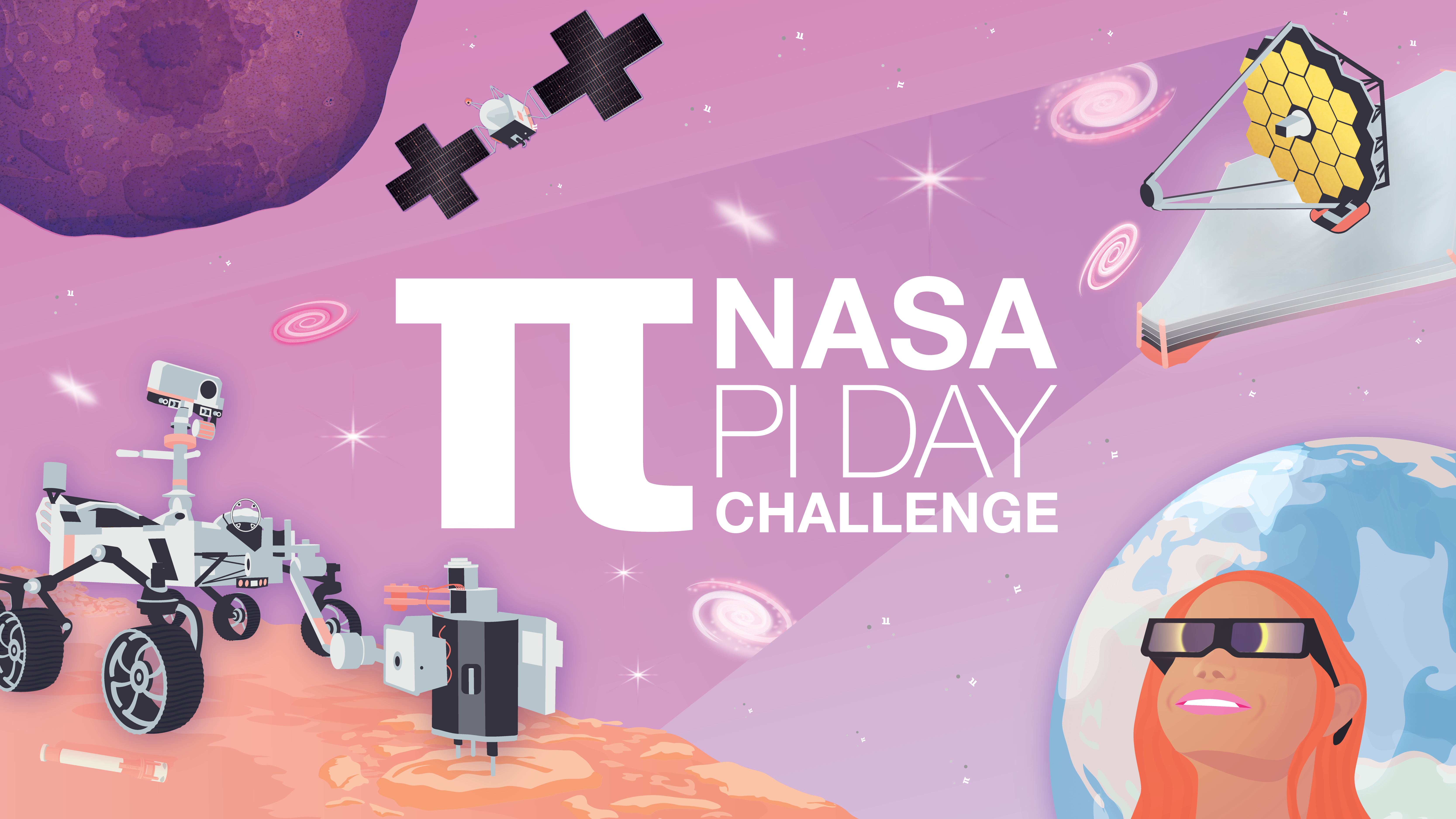 Student Project
Student ProjectNASA Pi Day Challenge
This collection of illustrated math problems gets students using pi like NASA scientists and engineers exploring Earth and space.
-
 Article
ArticleHow Many Decimals of Pi Do We Really Need?
While you may have memorized more than 70,000 digits of pi, world record holders, a JPL engineer explains why you really only need a tiny fraction of that for most calculations.
-
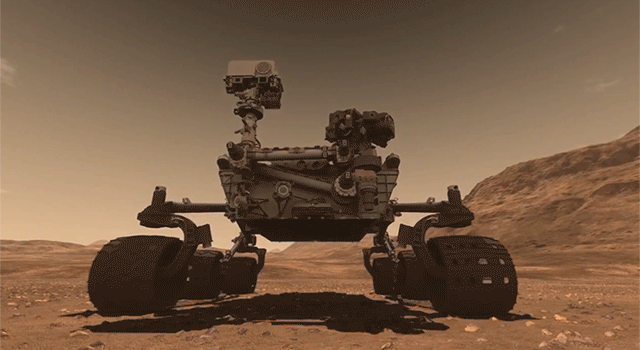 Article
Article18 Ways NASA Uses Pi
Whether it's sending spacecraft to other planets, driving rovers on Mars, finding out what planets are made of or how deep alien oceans are, pi takes us far at NASA. Find out how pi helps us explore space.
April
April 8 – Watch the Total Solar Eclipse
Time to get some solar eclipse glasses and dig out your pinhole cameras once again – this time for the headliner, a total solar eclipse on April 8. The eclipse will start in the South Pacific Ocean before passing over Mexico and following a diagonal path northeast over the U.S. and Canada. NASA is holding community events across the country where you can hear from speakers and participate in activities. Learn more on the agency's web page for all things solar eclipse.
Whether you're covering eclipse topics for the first time this school year or expanding on learning from October, this solar eclipse is a good time to get students exploring more about the science of eclipses. Start by looking at the five science experiments NASA has funded for the 2024 solar eclipse, then have students investigate solar eclipse science for themselves.
Learning Resources
-
 Teachable Moment
Teachable MomentThe Science of Solar Eclipses and How to Watch With NASA
Learn about the science behind solar eclipses, how to watch safely, and how to engage students in NASA science.
-
 Student Project
Student ProjectHow to Make a Pinhole Camera
Learn how to make your very own pinhole camera to safely see a solar eclipse in action!
-
 Lesson
LessonModel a Solar Eclipse
Students use simple materials to model a partial, annular, and total solar eclipse.
-
 Math Problem
Math ProblemEclipsing Enigma: A ‘Pi in the Sky’ Math Challenge
In this illustrated math problem, students use pi to figure out how much of the Sun’s disk will be covered by the Moon during an eclipse and whether it’s a total or annular eclipse.
April 22 - Celebrate Earth Day With NASA
You may not immediately think of Earth science when you think of NASA, but it's a big part of what we do. Earth Day on April 22 is a great time to learn more about our Earth and climate science projects and missions, especially with the much anticipated NISAR mission taking to the skies in 2024 to track minute changes in the planet's surface, including those from natural hazards such as earthquakes, tsunamis, volcanoes and landslides.
Whether you want to focus on Earth’s surface and geology, climate change, extreme weather, or the water budget, we have an abundance of lessons, student projects and Teachable Moments to guide your way.
Learning Resources
-
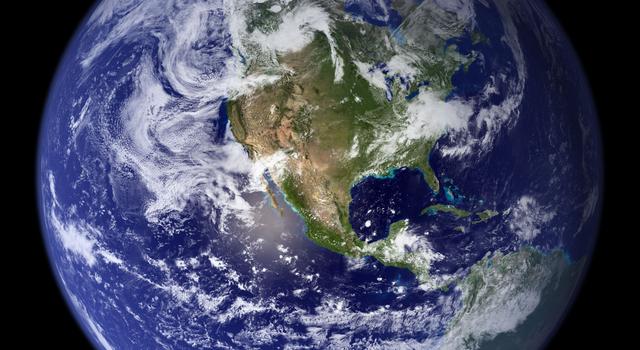 Collection
CollectionEarth Lessons for Educators
Discover a collection of standards-aligned STEM lessons all about Earth and climate change.
-
 Collection
CollectionEarth Activities for Students
Try these science and engineering projects, watch videos, and explore images all about the planet that we call home.
-
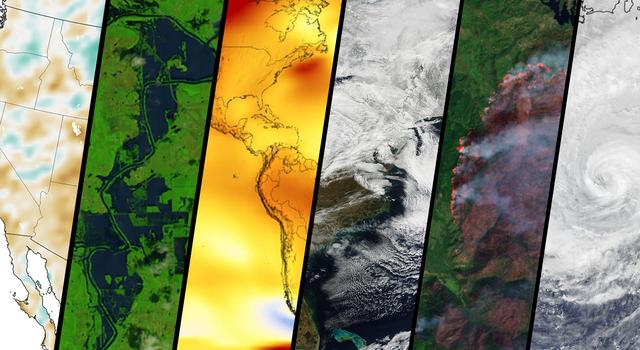 Teachable Moments
Teachable MomentsClimate Change Collection
Explore this collection of Teachable Moments articles to get a primer on the latest NASA Earth science missions, plus find related education resources you can deploy right away!
May
May 6-10 – Give Thanks to Teachers and Black Holes
It may not seem like there's much to be gained from the dual programming of Black Hole Week and Teacher Appreciation Week on May 6-10, but sending students off to learn more about everyone's favorite spacely phenomenon might just give teachers the breather they deserve after a busy school year.
Have students dig into the science of black holes or even try out an experiment to learn how a black hole collision helped prove the existence of gravitational waves. Meanwhile, teachers can learn about all the ways their work has inspired us.
Learning Resources
-
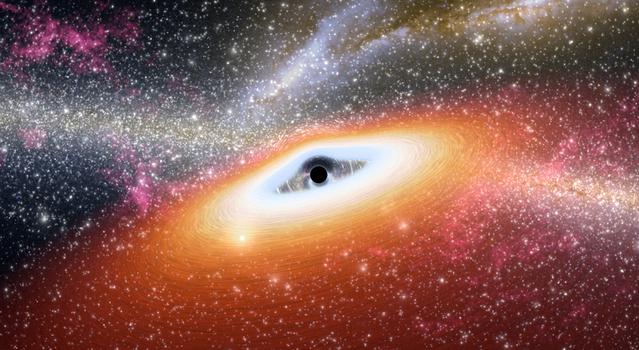 Slideshow
SlideshowBlack Holes: By the Numbers
What are black holes and how do they form?
-
 Lesson
LessonDropping In With Gravitational Waves
Students develop a model to represent the collision of two black holes, the gravitational waves that result and the waves' propagation through spacetime.
-
 Articles
ArticlesTeachable Moments: Black Holes
Learn about the latest discoveries in black hole science and how to make connections to what students are learning.
-
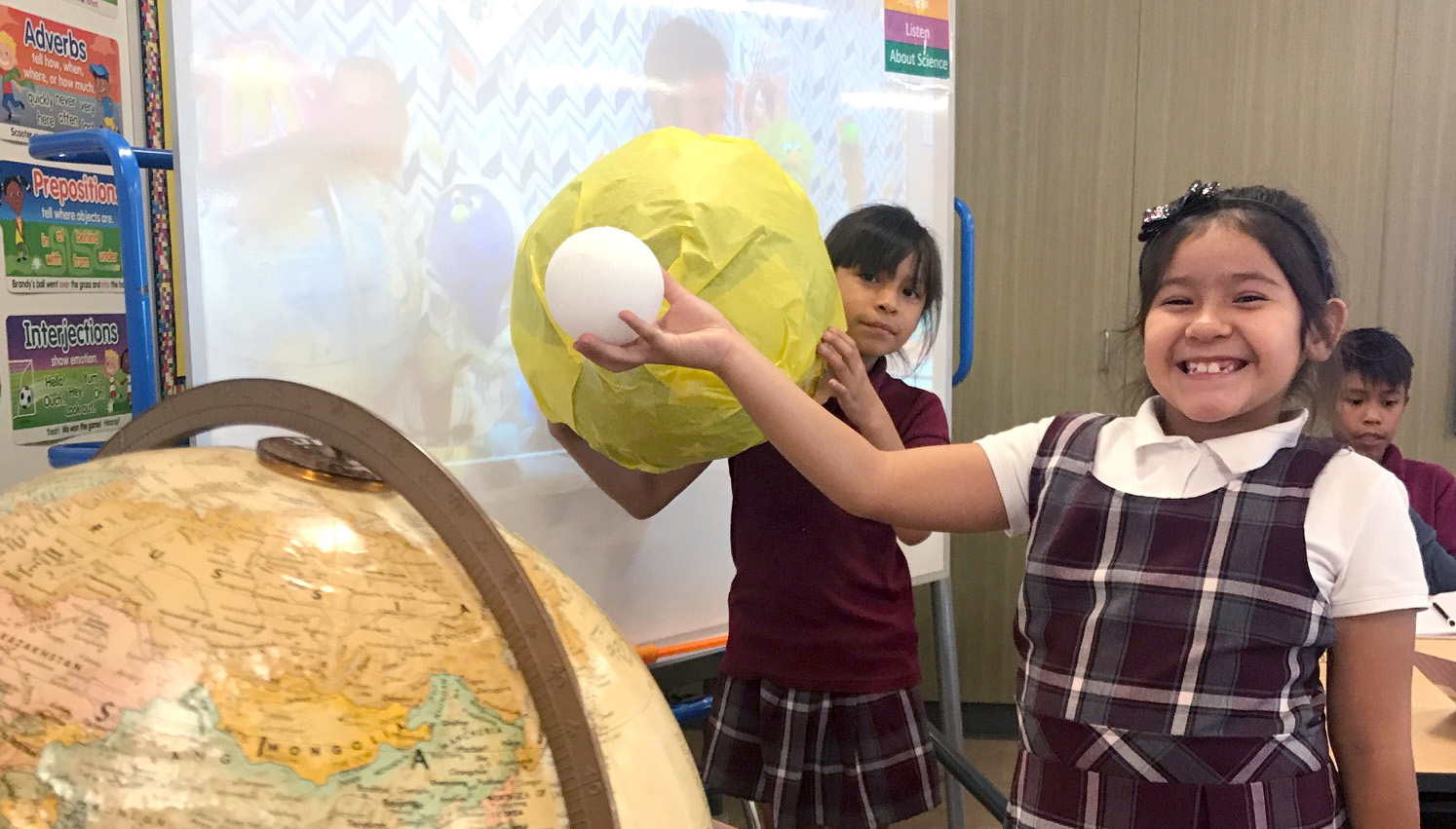 Share
ShareThank You, Teachers!
Employees at NASA's Jet Propulsion Laboratory give thanks to the teachers who helped them reach for the stars.
All Month – Launch Into Summer
Speaking of black holes, don't let students' learning fall into one as the summer gets into full swing. Send them off with links to these DIY summer projects. There's even more for parents and families on our Learning Space With NASA at Home page, which also has information to help direct students' learning during out-of-school time.
Learning Resources
-
 Student Resources
Student ResourcesSummer Activities for Students
Explore Earth and space with these hands-on projects, slideshows, videos, and more for K-12 students.
-
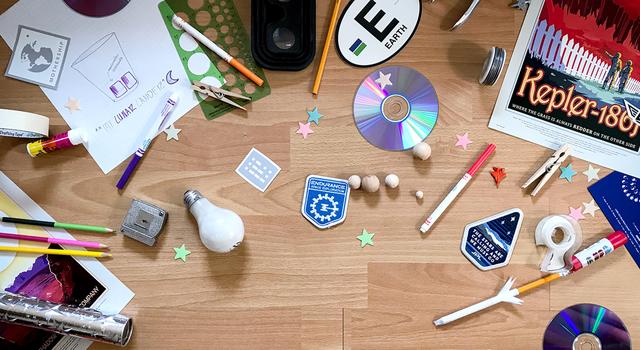 Student Resources
Student ResourcesLearning Space With NASA
Explore space and science activities you can do with NASA at home. Find video tutorials, DIY projects, slideshows, games and more!
TAGS: Teachers, Classroom, Lessons, Educators, K-12, Parents, Students, Resources
Teachable Moments | August 16, 2023
Asteroid Mission Aims to Explore Mysteries of Earth's Core
Explore how NASA's Psyche mission aims to help scientists answer questions about Earth and the formation of our solar system. Then, make connections to STEM learning in the classroom.
NASA is launching a spacecraft in October 2023 to visit the asteroid Psyche, a metal-rich asteroid. The mission with the same name, Psyche, will study the asteroid, which is located in the main asteroid belt between Mars and Jupiter, to learn more about our solar system, including the core of our own planet.
Read more to find out what we will learn from the Psyche mission. Get to know the science behind the mission and follow along in the classroom using STEM teaching and learning resources from NASA.
Why It's Important
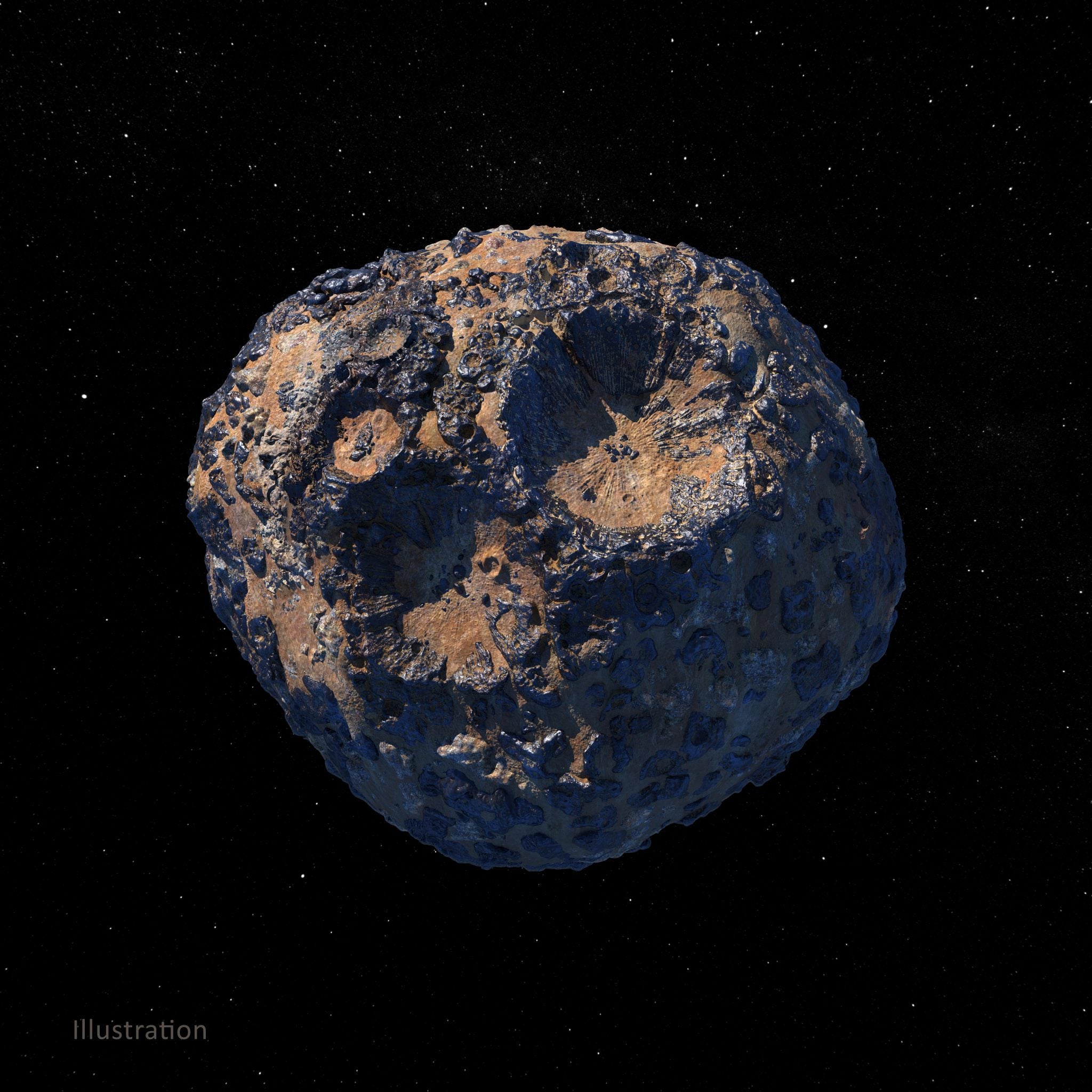
This illustration depicts the 140-mile-wide (226-kilometer-wide) asteroid Psyche, which lies in the main asteroid belt between Mars and Jupiter. Credit: NASA/JPL-Caltech/ASU | + Expand image
Asteroids are thought to be rocky remnants that were left over from the early formation of our solar system about 4.6 billion years ago. Of the more than 1.3 million known asteroids in our solar system, Psyche’s metallic composition makes it unique to study. Ground-based observations indicate that Psyche is a giant metal-rich asteroid about one-sixteenth the diameter of Earth’s Moon and shaped like a potato. Scientists believe it might be the partial nickel-iron core of a shattered planetesimal – a small world the size of a city that is the first building block of a planet. Asteroid Psyche could offer scientists a close look at the deep interiors of planets like Earth, Mercury, Venus, and Mars, which are hidden beneath layers of mantle and crust.
We can’t see or measure Earth’s core directly – it is more than 1,800 miles (3,000 kilometers) below the surface and we have only been able to drill about 7.5 miles (12 kilometers) deep with current technology. The pressure at Earth’s core measures about three million times the pressure of the atmosphere at the surface, and the temperature of Earth’s core is about 9,000 degrees Fahrenheit (5,000 degrees Celsius), so even if we could get science instruments there, the hostile conditions would make operations practically impossible. The Psyche asteroid may provide information that will allow us to better understand Earth’s core, including its composition and how it was created. The asteroid is the only known place in our solar system where scientists might be able to examine the metal from the core of a planetesimal.
The Psyche mission's science goals are to understand a previously unexplored building block of planet formation (iron cores); to explore a new type of world; and to look inside terrestrial planets, including Earth, by directly examining the interior of one of these planetary building blocks, which otherwise could not be seen. The science objectives that will help scientists meet these goals include determining if asteroid Psyche is actually leftover core material, measuring its composition, and understanding the relative age of Psyche's surface regions. The mission will also study whether small metal-rich bodies include the same light elements that are hypothesized to exist in Earth's core, determine if Psyche was formed under similar or different conditions than Earth's core, and characterize Psyche's surface features.
How It Will Work
The Psyche mission will launch on a SpaceX Falcon Heavy rocket. Psyche’s solar arrays are designed to work in low-light conditions because the spacecraft will be operating hundreds of millions of miles from the Sun. The twin plus-sign shaped arrays will deploy and latch into place about an hour after launch from Earth in a process that will take seven minutes for each wing. With the arrays fully deployed, the spacecraft will be about the size of a singles tennis court. The spacecraft’s distance from the Sun will determine the amount of power it can generate. At Earth, the arrays will be able to generate 21 kilowatts, which is enough electricity to power three average U.S. homes. While at asteroid Psyche, the arrays will produce about two kilowatts, which is a little more than what is needed to power a hair dryer.
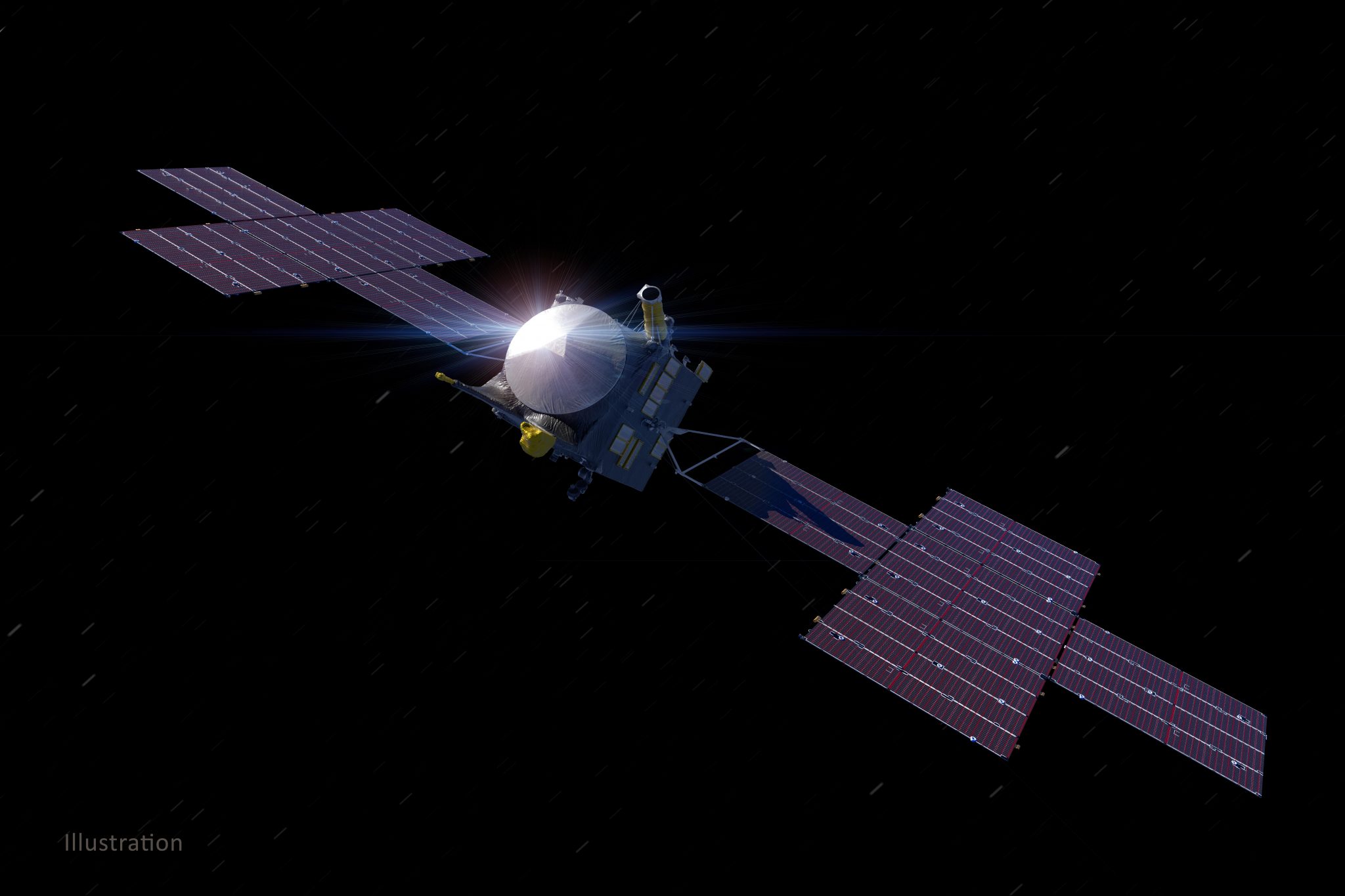
An illustration of NASA’s Psyche spacecraft and its vast solar arrays. Credit: NASA/JPL-Caltech/ASU | + Expand image

At left, xenon plasma emits a blue glow from an electric Hall thruster identical to those that will propel NASA's Psyche spacecraft to the main asteroid belt. On the right is a similar non-operating thruster. Credit: NASA/JPL-Caltech | + View image and details
The spacecraft will rely on the launch vehicle’s large chemical rocket engines to blast off the launchpad and escape Earth’s gravity, but once in space, the Psyche spacecraft will travel using solar-electric propulsion. Solar-electric propulsion uses electricity from the solar arrays to power the spacecraft’s journey to asteroid Psyche. For fuel, Psyche will carry tanks full of xenon, the same neutral gas used in car headlights and plasma TVs. The spacecraft’s four thrusters – only one of which will be on at any time – will use electromagnetic fields to accelerate and expel charged atoms, or ions, of that xenon. As those ions are expelled, they will create thrust that gently propels Psyche through space, emitting blue beams of ionized xenon. The thrust will be so gentle that it will exert about the same amount of pressure you’d feel holding three quarters in your hand, but it’s enough to accelerate Psyche through deep space. You can read more about ion propulsion in this Teachable Moment.
The spacecraft, which will travel 2.2 billion miles (3.6 billion kilometers) over nearly 6 years to reach its destination, will also use the gravity of Mars to increase its speed and to set its trajectory, or path, to intersect with asteroid Psyche’s orbit around the Sun. It will do this by entering and leaving the gravitational field of Mars, stealing just a little bit of kinetic energy from Mars’ orbital motion and adding it to its own. This slingshot move will save propellant, time, and expense by providing a trajectory change and speed boost without using any of the spacecraft’s onboard fuel.
Upon arrival at Psyche, the spacecraft will spend 26 months making observations and collecting data as it orbits the asteroid at different altitudes. Unlike many objects in the solar system that rotate like a spinning top, the asteroid Psyche rotates on its side, like a wheel. Mission planning teams had to take this unique characteristic into account in planning the spacecraft's orbits. The different orbits will provide scientists with ideal lighting for the spacecraft's cameras and they will enable the mission to observe the asteroid using different scientific instruments onboard.
The spacecraft will map and study Psyche using a multispectral imager, a gamma-ray and neutron spectrometer, a magnetometer, and a radio instrument (for gravity measurement). During its cruise to the asteroid, the spacecraft will also test a new laser communication technology called Deep Space Optical Communication, which encodes data in photons at near-infrared wavelengths instead of radio waves. Using light instead of radio allows the spacecraft to send more data back and forth at a faster rate.
Follow Along
Psyche is scheduled to launch no sooner than October 5, 2023 from Kennedy Space Center in Florida. Tune in to watch the launch on NASA TV.
Visit the mission website to follow along as data are returned and explore the latest news, images, and updates about this mysterious world.
Teach It
The Psyche mission is a great opportunity to engage students with hands-on learning opportunities. Explore these lessons and resources to get students excited about the STEM involved in the mission
Resources for Teachers
-
 Collection
CollectionPsyche Lessons for Educators
Explore a collection of standards-aligned lessons related to NASA's Psyche mission.
-
 Collection
CollectionAsteroids Lessons for Educators
Explore a collection of standards-aligned lessons all about asteroids and craters.
-
 Article
ArticleTeachable Moments: How NASA Studies and Tracks Asteroids Near and Far
Studying the chemical and physical properties, as well as the location and motion of asteroids, is vital to helping us understand how the sun, planets and other solar system bodies came to be. This article explores how NASA studies and tracks asteroids.
-
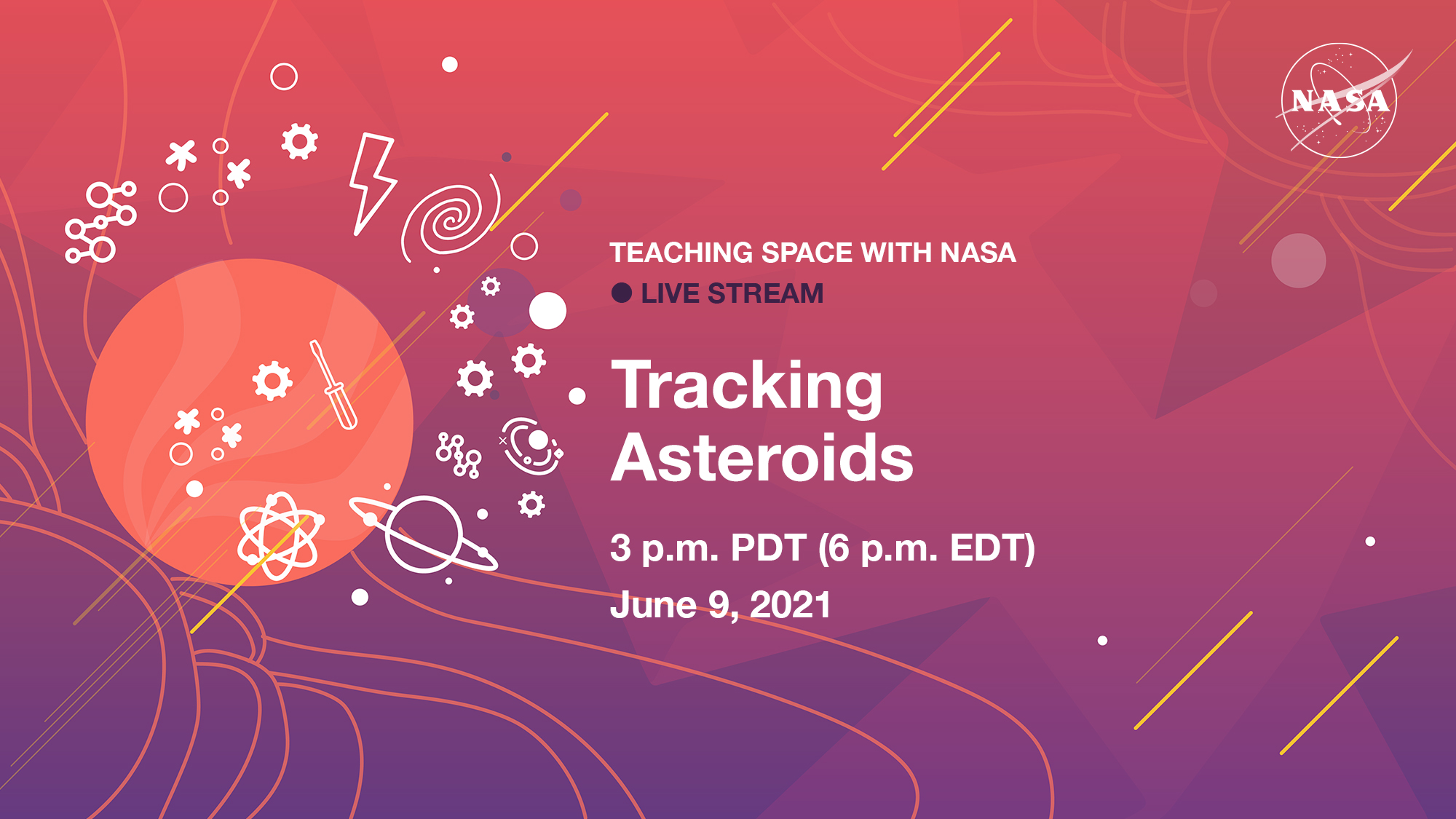 Expert Talk
Expert TalkTeaching Space With NASA: Tracking Asteroids
In this educational talk, NASA experts will discuss how we track and study comets and asteroids. Plus, we'll answer your questions!
-

Activities for Students
-

Psyche Activities for Students
Explore projects, videos, slideshows, and games for students all about asteroids.
-
 Collection
CollectionAsteroids Activities for Students
Explore projects, videos, slideshows, and games for students all about asteroids.
Explore More
Resources for Kids
Check out these related resources for kids from NASA Space Place:
- Article for Kids: Asteroid or Meteor: What's the Difference?
- Article for Kids: What Is an Asteroid?
- Article for Kids: Why Does the Moon Have Craters?
- Article for Kids: What Is an Impact Crater?
Websites
Articles
Images
Videos
Interactives
Printouts
- Print a 3D Model of the Psyche Spacecraft
- Create a Psyche Lego Model
- Create a Model of the Psyche Asteroid
TAGS: Teachers, Classroom, Lessons, Educators, K-12, Parents, Students, Resources, Asteroid TM, Psyche
Teachable Moments | October 20, 2022
The Science Behind NASA's First Attempt at Redirecting an Asteroid
Find out more about the historic first test, which could be used to defend our planet if a hazardous asteroid were discovered. Plus, explore lessons to bring the science and engineering of the mission into the classroom.
Update: Oct. 20, 2022 – The DART spacecraft successfully impacted the asteroid Dimorphos on September 26, reducing the period of the asteroid's orbit by 32 minutes. Scientists considered a change of 73 seconds to be the minimum amount for success. This article has been updated to reflect the latest data and images from the impact.
In a successful attempt to alter the orbit of an asteroid for the first time in history, NASA crashed a spacecraft into the asteroid Dimorphos on Sept. 26, 2022. The mission, known as the Double Asteroid Redirection Test, or DART, took place at an asteroid that posed no threat to our planet. Rather, it was an ideal target for NASA to test an important element of its planetary defense plan.
Read further to learn about DART, how it worked, and how the science and engineering behind the mission can be used to teach a variety of STEM topics.
Why It's Important
The vast majority of asteroids and comets are not dangerous, and never will be. Asteroids and comets are considered potentially hazardous objects, or PHOs, if they are 100-165 feet (30-50 meters) in diameter or larger and their orbit around the Sun comes within five million miles (eight million kilometers) of Earth’s orbit. NASA's planetary defense strategy involves detecting and tracking these objects using telescopes on the ground and in space. In fact, NASA’s Center for Near Earth Object Studies, or CNEOS, monitors all known near-Earth objects to assess any impact risk they may pose. Any relatively close approach is reported on the Asteroid Watch dashboard.
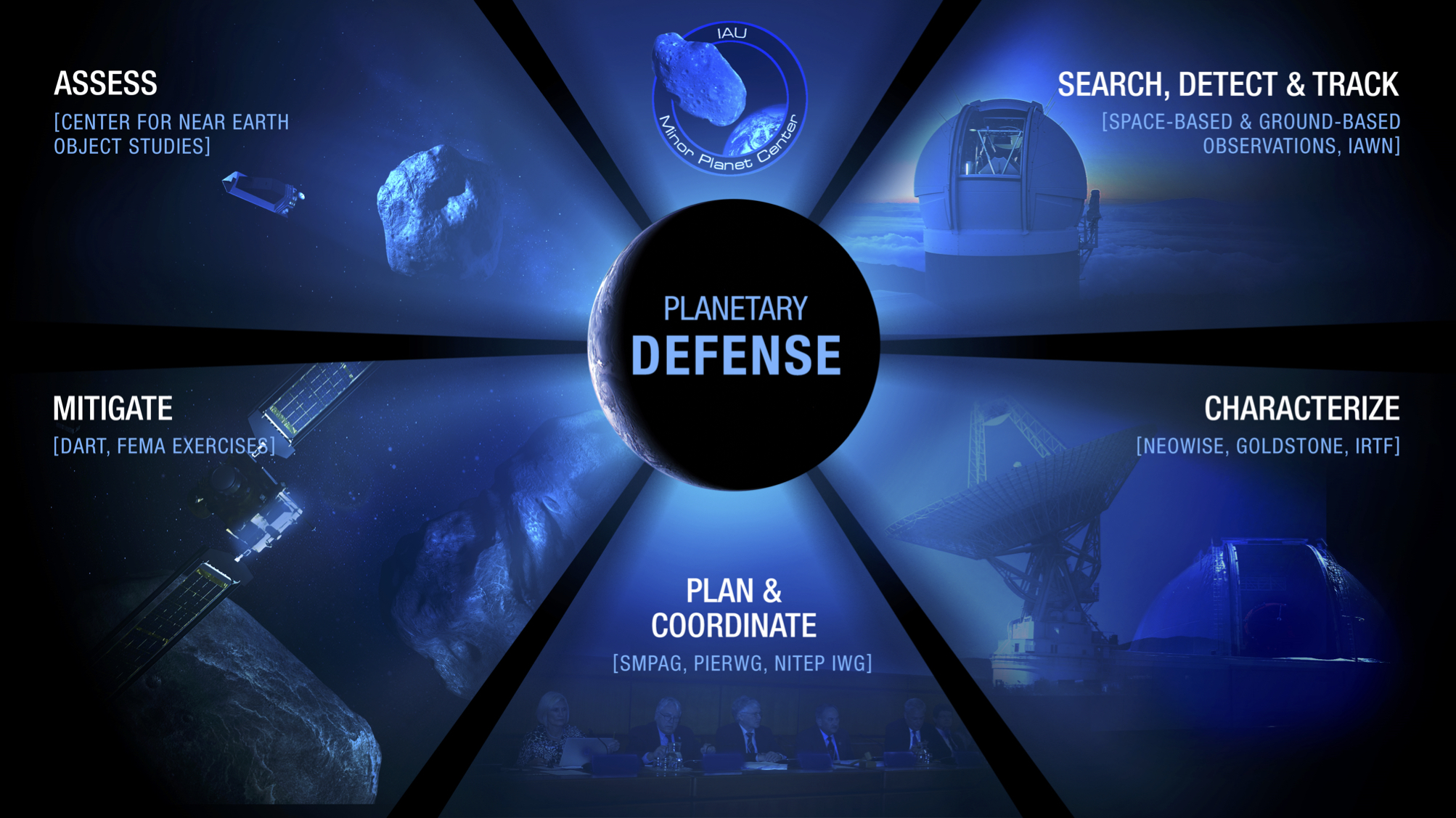
NASA's Planetary Defense Coordination Office runs a variety of programs and initiatives aimed at detecting and responding to threats from potentially hazardous objects, should one be discovered. The DART mission is one component and the first mission being flown by the team. Image credit: NASA | + Expand image
While there are no known objects currently posing a threat to Earth, scientists continue scanning the skies for unknown asteroids. NASA is actively researching and planning for ways to prevent or reduce the effects of a potential impact, should one be discovered. The DART mission was the first test of such a plan – in this case, whether it was possible to divert an asteroid from its predicted course by slamming into it with a spacecraft.
Eyes on Asteroids is a real-time visualization of every known asteroid or comet that is classified as a near-Earth object, or NEO. Asteroids are represented as blue dots and comets as shown as white dots. Use your mouse to explore the interactive further and learn more about the objects and how we track them. Credit: NASA/JPL-Caltech | Explore the full interactive
With the knowledge gained from the demonstration, similar techniques could be used in the future to deflect an asteroid or comet away from Earth if it were deemed hazardous to the planet.
How It Worked
With a diameter of about 525 feet (160 meters) – the length of 1.5 football fields – Dimorphos is the smaller of two asteroids in a double-asteroid system. Before DART's impact, Dimorphos orbited the larger asteroid called Didymos (Greek for "twin"), every 11 hours and 55 minutes.
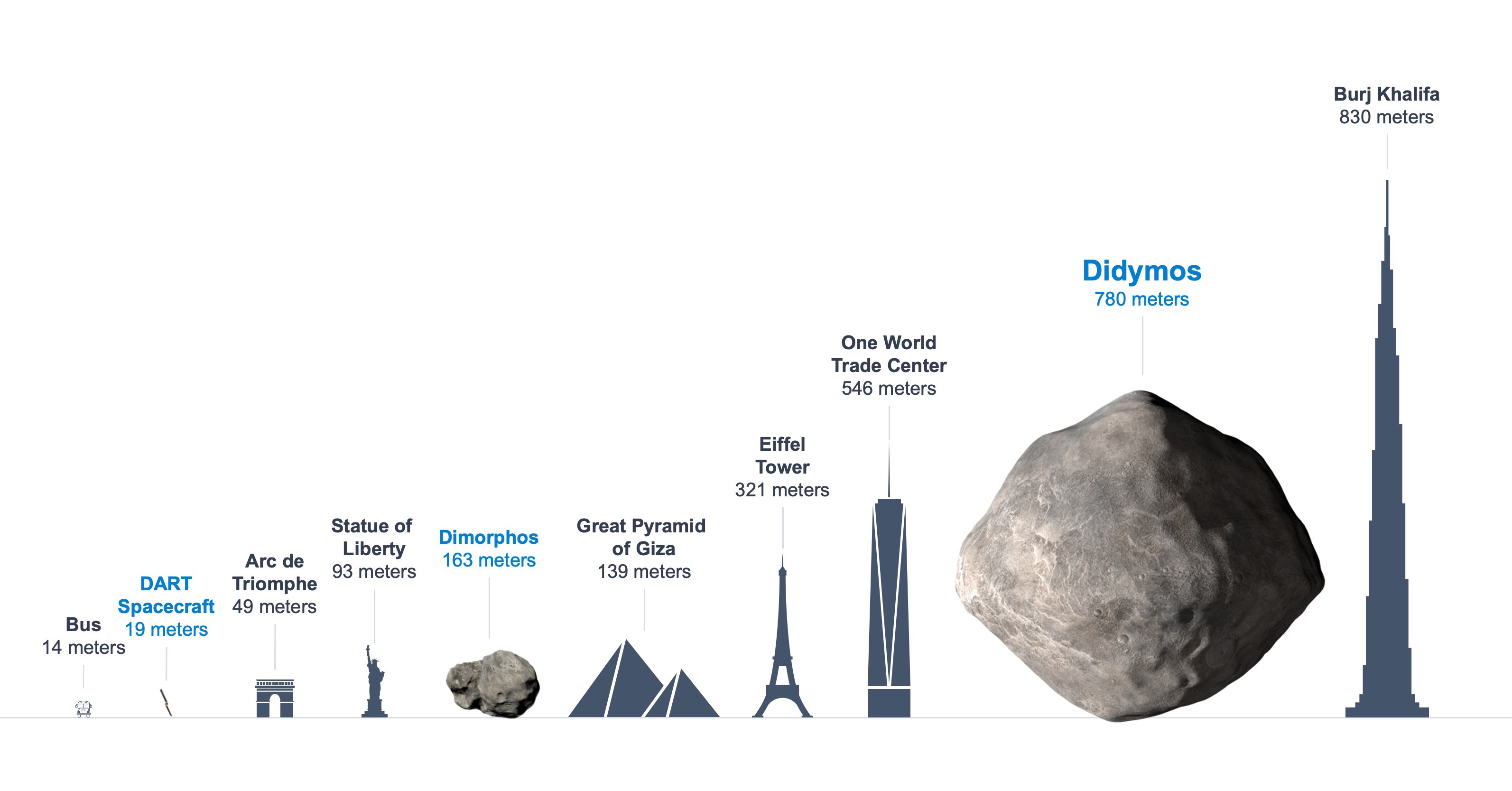
The sizes of the two asteroids in the Didymos system relative to objects on Earth. Image credit: NASA/Johns Hopkins APL | + Expand image
Neither asteroid poses a threat to our planet, which is one reason why this asteroid system was the ideal place to test asteroid redirection techniques. At the time of DART's impact, the asteroid pair was 6.8 million miles (11 million kilometers) away from Earth as they traveled on their orbit around the Sun.
The DART spacecraft was designed to collide head-on with Dimorphos to alter its orbit, shortening the time it takes the small asteroid to travel around Didymos. Compared with Dimorphos, which has a mass of about 11 billion pounds (five billion kilograms), the DART spacecraft was light. It weighed just 1,210 pounds (550 kilograms) at the time of impact. So how did such a light spacecraft affect the orbit of a relatively massive asteroid?
You can use your mouse to explore this interactive view of DART's impact with Dimorphos from NASA's Eyes on the Solar System. Credit: NASA/JPL-Caltech | Explore the full interactive
DART was designed as a kinetic impactor, meaning it transferred its momentum and kinetic energy to Dimorphos upon impact, altering the asteroid's orbit in return. Scientists were able to make predictions about some of these effects thanks to principles described in Newton's laws of motion.
Newton’s first law told us that the asteroid’s orbit would remain unchanged until something acted upon it. Using the formula for linear momentum (p = m * v), we could calculate that the spacecraft, which at the time of impact would be traveling at 3.8 miles (6.1 kilometers) per second, would have about 0.5% of the asteroid’s momentum. The momentum of the spacecraft may seem small in comparison, but calculations suggested it would be enough to make a detectable change in the speed of Dimorphos' orbit. However, mission planners felt that changing Dimorphos’ orbit by at least 73 seconds would be enough to consider the test a success.
But there was more to consider in testing whether the technique could be used in the future for planetary defense. For example, the formula for kinetic energy (KE = 0.5 * m * v2) tells us that a fast moving spacecraft possesses a lot of energy.
When DART hit the surface of the asteroid, its kinetic energy was 10 billion joules! A crater was formed and material known as ejecta was blasted out as a result of the impact. Scientists are still studying the data returned from the mission to determine the amount of material ejected out of the crater, but estimates prior to impact put the number at 10-100 times the mass of the spacecraft itself. The force needed to push this material out was then matched by an equal reaction force pushing on the asteroid in the opposite direction, as described by Newton’s third law.
This animation shows conceptually how DART's impact is predicted to change Dimorphos' orbit from a larger orbit to a slightly smaller one that's several minutes shorter than the original. Credit: NASA/Johns Hopkins APL/Jon Emmerich | Watch on YouTube
How much material was ejected and its recoil momentum is still unknown. A lot depends on the surface composition of the asteroid, which scientists are still investigating. Laboratory tests on Earth suggested that if the surface material was poorly conglomerated, or loosely formed, more material would be blasted out. A surface that was well conglomerated, or densely compacted, would eject less material.
After the DART impact, scientists used a technique called the transit method to see how much the impact changed Dimorphos' orbit. As observed from Earth, the Didymos pair is what’s known as an eclipsing binary, meaning Dimorphos passes in front of and behind Didymos from our view, creating what appears from Earth to be a subtle dip in the combined brightness of the pair. Scientists used ground-based telescopes to measure this change in brightness and calculate how quickly Dimorphos orbits Didymos. By comparing measurements from before and after impact, scientists determined that the orbit of Dimorphos had slowed by 32 minutes to 11 hours and 23 minutes.
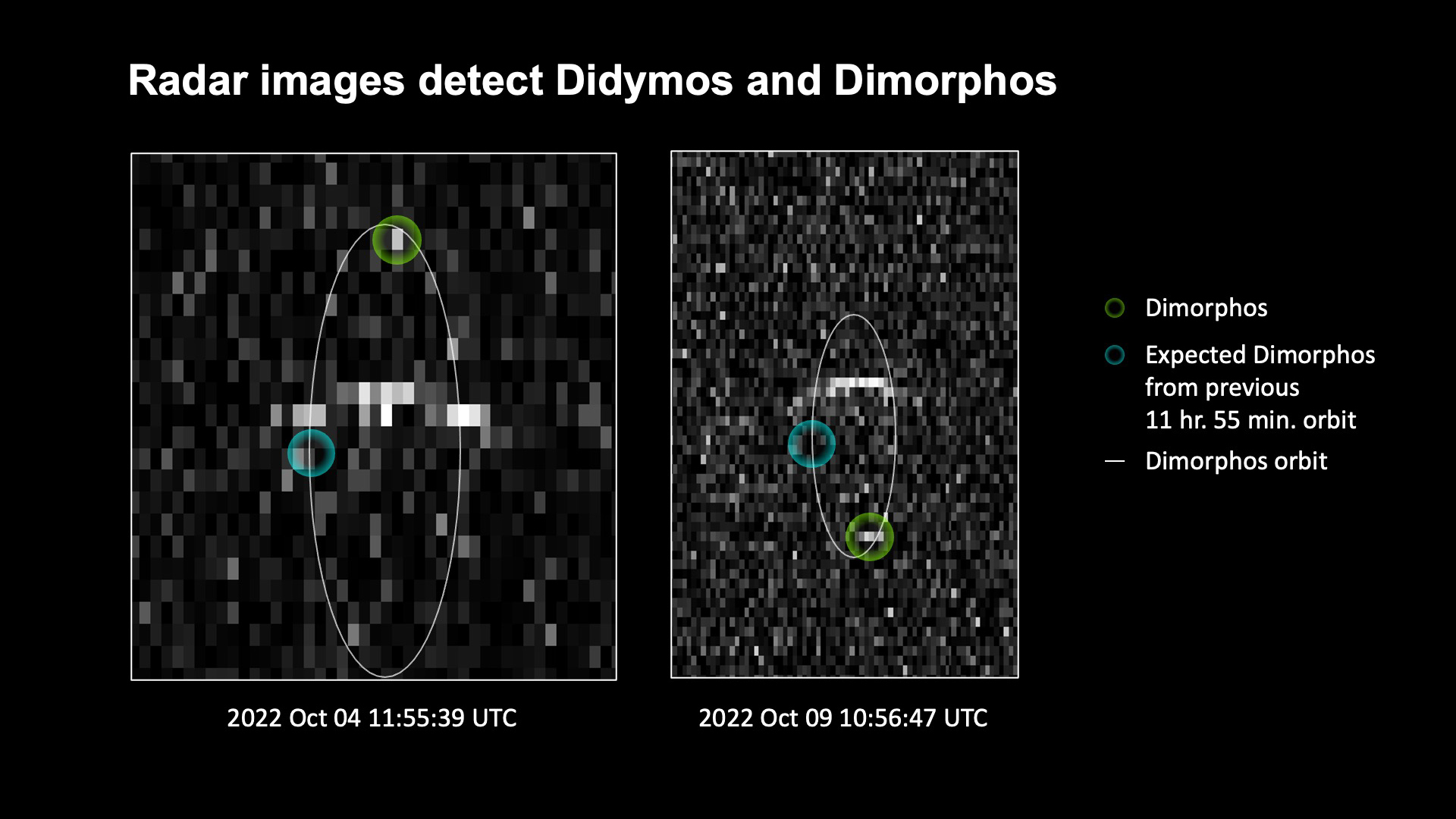
The green circle shows the location of the Dimorphos asteroid, which orbits the larger asteroid, Didymos, seen here as the bright line across the middle of the images. The blue circle shows where Dimorphos would have been had its orbit not changed due to NASA’s DART mission purposefully impacting the smaller asteroid on Sept. 26, 2022. The images were obtained from the NASA Jet Propulsion Laboratory’s Goldstone planetary radar in California and the National Science Foundation’s Green Bank Observatory in West Virginia. Image credit: NASA/Johns Hopkins APL/JPL/NASA JPL Goldstone Planetary Radar/National Science Foundation’s Green Bank Observatory | + Expand image | › DART image gallery
One of the biggest challenges of the DART mission was navigating a small spacecraft to a head-on collision with a small asteroid millions of miles away. To solve that problem, the spacecraft was equipped with a single instrument, the DRACO camera, which worked together with an autonomous navigation system called SMART Nav to guide the spacecraft without direct control from engineers on Earth. About four hours before impact, images captured by the camera were sent to the spacecraft's navigation system, allowing it to identify which of the two asteroids was Dimorphos and independently navigate to the target.

A composite of 243 images of Didymos and Dimorphos taken by the DART spacecraft's DRACO camera on July 27, 2022, as the spacecraft was navigating to its target. Image credit: JPL DART Navigation Team | + Expand image | › DART image gallery
DART was not just an experimental asteroid impactor. The mission also used cutting-edge technology never before flown on a planetary spacecraft and tested new technologies designed to improve how we power and communicate with spacecraft.
Learn more about the engineering behind the DART mission, including the innovative Roll Out Solar Array and NEXT-C ion propulsion system, in this video featuring experts from the mission. Credit: APL | Watch on YouTube
One such technology that was first tested on the International Space Station and was later used on the solar-powered DART spacecraft, is the Roll Out Solar Array, or ROSA, power system. As its name suggests, the power system consisted of flexible solar panel material that was rolled up for launch and unrolled in space.

The Roll Out Solar Array, shown in this animated image captured during a test on the International Space Station, is making its first planetary journey on DART. Image credit: NASA | + Expand image
Some of the power generated by the solar array was used for another innovative technology, the spacecraft's NEXT-C ion propulsion system. Rather than using traditional chemical propulsion, DART was propelled by charged particles of xenon pushed from its engine. Ion propulsion has been used on other missions to asteroids and comets including Dawn and Deep Space 1, but DART's ion thrusters had higher performance and efficiency.
Follow Along
In the days following the event, NASA received images of the impact from a cubesat, LICIACube, that was deployed by DART before impact. The cubesat, which was provided by the Italian Space Agency, captured images of the impact and the ejecta cloud.
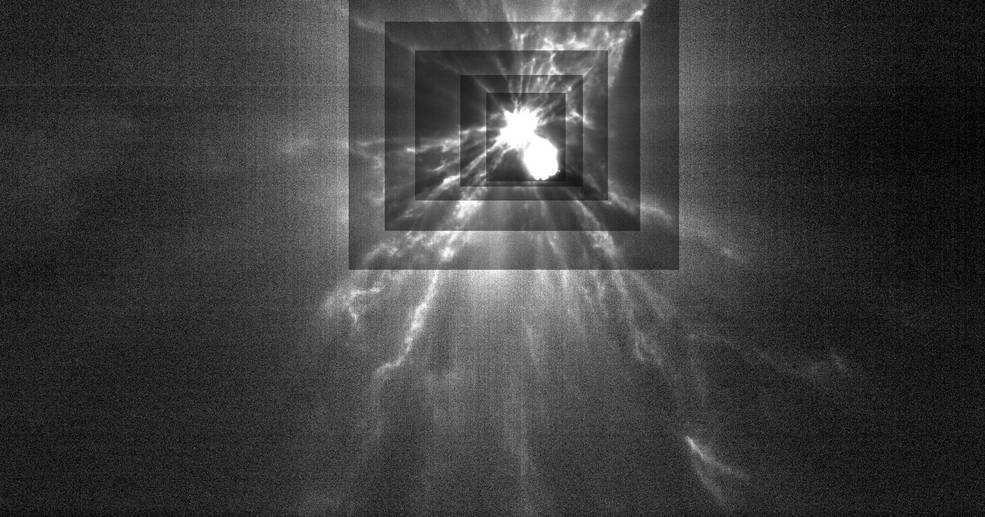
This image from LICIACube shows plumes of ejecta streaming from Dimorphos after DART's impact. Each rectangle represents a different level of contrast to better see fine structure in the plumes. By studying these streams of material, scientists will be able to learn more about the asteroid and the impact process. | + Expand image | › DART image gallery
Meanwhile, the James Webb Space Telescope, the Hubble Space Telescope, and the Lucy spacecraft observed Didymos to monitor how soon reflected sunlight from the ejecta plume could be seen. Going forward, DART team members will continue observing the asteroid system to measure the change in Dimorphos’ orbit and determine what happened on its surface. And in 2024, the European Space Agency plans to launch the Hera spacecraft to conduct an in-depth post-impact study of the Didymos system.

This animation, a timelapse of images from NASA’s James Webb Space Telescope, covers the time spanning just before DART's impact at 4:14 p.m. PDT (7:14 p.m. EDT) on Septtember 26 through 5 hours post-impact. Plumes of material from a compact core appear as wisps streaming away from where the impact took place. An area of rapid, extreme brightening is also visible in the animation. Image credit: Science: NASA, ESA, CSA, Cristina Thomas (Northern Arizona University), Ian Wong (NASA-GSFC); Joseph DePasquale (STScI) | + Expand image | › DART image gallery
Continue following along with all the science from DART, including the latest images and updates on the mission website.
Teach It
The mission is a great opportunity to engage students in the real world applications of STEM topics. Start exploring these lessons and resources to get students engaging in STEM along with the mission.
Educator Guides
Expert Talks
Student Activities
Articles
-
 Teachable Moments
Teachable MomentsHow NASA Studies and Tracks Asteroids Near and Far
Here’s how NASA uses math and science to track the movements of asteroids and find out what they’re made of – and students can, too.
-
 Meet JPL Interns
Meet JPL InternsFrom Island Life to Spotting Asteroids for NASA
Meet a JPL intern whose journey took her from the remote island of Saipan to a team helping track asteroids at NASA.
Resources for Kids
Check out these related resources for kids from NASA Space Place:
- Article for Kids: Asteroid or Meteor: What's the Difference?
- Article for Kids: What Is an Asteroid?
- Article for Kids: Why Does the Moon Have Craters?
- Article for Kids: What Is an Impact Crater?
Explore More
- Facts & Figures: Didymos In Depth
- Facts & Figures: DART Mission
- Website: DART Mission
- Gallery: DART Mission Images and Videos
- Facts & Figures: Asteroid Watch
- Gallery: Next Five Asteroid Approaches
- Articles: Asteroid News and Images from JPL
- Eyes on Asteroids
- Eyes on the Solar System - DART Impact
- Quiz: Are You a Planetary Defnder?
- Center for Near-Earth Object Studies
TAGS: Asteroids and Comets, DART, near-Earth objects, planetary defense, Science, K-12 Education, Teachers, Educators, Parents, Teachable Moments, Asteroid TM
Teachable Moments | March 10, 2022
Pi Goes to Infinity and Beyond in NASA Challenge
Learn about pi and some of the ways the number is used at NASA. Then, dig into the science behind the Pi Day Challenge.
Update: March 15, 2022 – The answers are here! Visit the NASA Pi Day Challenge slideshow to view the illustrated answer keys for each of the problems in the 2022 challenge.
In the News
No matter what Punxsutawney Phil saw on Groundhog Day, a sure sign that spring approaches is Pi Day. Celebrated on March 14, it’s the annual holiday that pays tribute to the mathematical constant pi – the number that results from dividing any circle's circumference by its diameter.
Every year, Pi Day gives us a reason to not only celebrate the mathematical wonder that helps NASA explore the universe, but also to enjoy our favorite sweet and savory pies. Students can join in the fun by using pi to explore Earth and space themselves in our ninth annual NASA Pi Day Challenge.
Read on to learn more about the science behind this year's challenge and find out how students can put their math mettle to the test to solve real problems faced by NASA scientists and engineers as we explore Earth, the Moon, Mars, and beyond!
Visit the Pi in the Sky 9 lesson page to explore classroom resources and downloads for the 2022 NASA Pi Day Challenge. Image credit: NASA/JPL-Caltech | + Expand image

This artist's concept shows the Lunar Flashlight spacecraft, a six-unit CubeSat designed to search for ice on the Moon's surface using special lasers. Image credit: NASA/JPL-Caltech | › Full image details

Clouds drift over the dome-covered seismometer, known as SEIS, belonging to NASA's InSight lander, on Mars. Credit: NASA/JPL-Caltech. | › Full image and caption
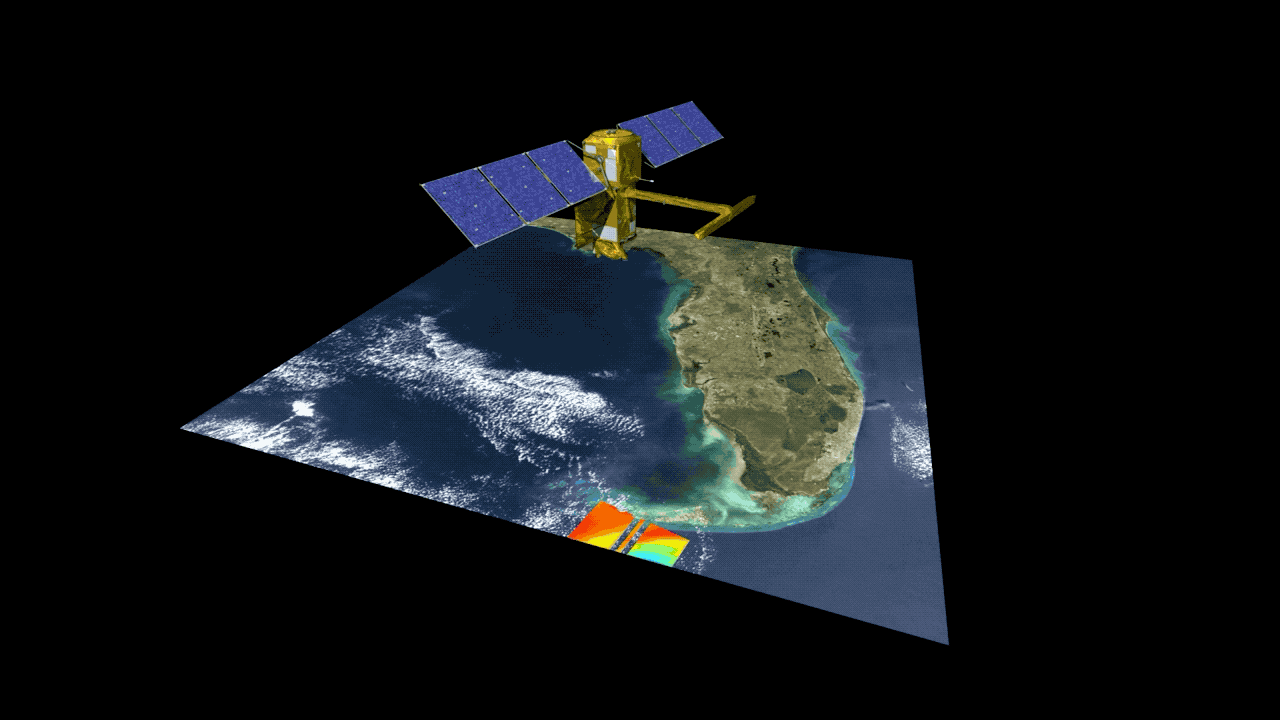
This animation shows the collection of data over the state of Florida, which is rich with rivers, lakes and wetlands. Credits: NASA/JPL-Caltech | + Expand image

Illustration of NASA’s Transiting Exoplanet Survey Satellite, or TESS. Credit: NASA | + Expand image
How It Works
Dividing any circle’s circumference by its diameter gives you an answer of pi, which is usually rounded to 3.14. Because pi is an irrational number, its decimal representation goes on forever and never repeats. In 2021, a supercomputer calculated pi to more than 62 trillion digits. But you might be surprised to learn that for space exploration, NASA uses far fewer digits of pi.
Here at NASA, we use pi to understand how much signal we can receive from a distant spacecraft, to calculate the rotation speed of a Mars helicopter blade, and to collect asteroid samples. But pi isn’t just used for exploring the cosmos. Since pi can be used to find the area or circumference of round objects and the volume or surface area of shapes like cylinders, cones, and spheres, it is useful in all sorts of ways. Architects use pi when designing bridges or buildings with arches; electricians use pi when calculating the conductance of wire; and you might even want to use pi to figure out how much frozen goodness you are getting in your ice cream cone.
In the United States, March 14 can be written as 3.14, which is why that date was chosen for celebrating all things pi. In 2009, the U.S. House of Representatives passed a resolution officially designating March 14 as Pi Day and encouraging teachers and students to celebrate the day with activities that teach students about pi. And that's precisely what the NASA Pi Day Challenge is all about!
The Science Behind the 2022 NASA Pi Day Challenge
This ninth installment of the NASA Pi Day Challenge includes four brain-busters that get students using pi to measure frost deep within craters on the Moon, estimate the density of Mars’ core, calculate the water output from a dam to assess its potential environmental impact, and find how far a planet-hunting satellite needs to travel to send data back to Earth.
Read on to learn more about the science and engineering behind the problems or click the link below to jump right into the challenge.
› Take the NASA Pi Day Challenge
› Educators, get the lesson here!
Lunar Logic
NASA’s Lunar Flashlight mission is a small satellite that will seek out signs of frost in deep, permanently shadowed craters around the Moon’s south pole. By sending infrared laser pulses to the surface and measuring how much light is reflected back, scientists can determine which areas of the lunar surface contain frost and which are dry. Knowing the locations of water-ice on the Moon could be key for future crewed missions to the Moon, when water will be a precious resource. In Lunar Logic, students use pi to find out how much surface area Lunar Flashlight will measure with a single pulse from its laser.
Core Conundrum
Since 2018, the InSight lander has studied the interior of Mars by measuring vibrations from marsquakes and the “wobble” of the planet as it rotates on its axis. Through careful analysis of the data returned from InSight, scientists were able to measure the size of Mars’ liquid core for the first time and estimate its density. In Core Conundrum, students use pi to do some of the same calculations, determining the volume and density of the Red Planet’s core and comparing it to that of Earth’s core.
Dam Deduction
The Surface Water and Ocean Topography, or SWOT mission will conduct NASA's first global survey of Earth's surface water. SWOT’s state-of-the-art radar will measure the elevation of water in major lakes, rivers, wetlands, and reservoirs while revealing unprecedented detail on the ocean surface. This data will help scientists track how these bodies of water are changing over time and improve weather and climate models. In Dam Deduction, students learn how data from SWOT can be used to assess the environmental impact of dams. Students then use pi to do their own analysis, finding the powered output of a dam based on the water height of its reservoir and inferring potential impacts of this quick-flowing water.
Telescope Tango
The Transiting Exoplanet Survey Satellite, or TESS, is designed to survey the sky in search of planets orbiting bright, nearby stars. TESS does this while circling Earth in a unique, never-before-used orbit that brings the spacecraft close to Earth about once every two weeks to transmit its data. This special orbit keeps TESS stable while giving it an unobstructed view of space. In its first two years, TESS identified more than 2,600 possible exoplanets in our galaxy with thousands more discovered during its extended mission. In Telescope Tango, students will use pi to calculate the distance traveled by TESS each time it sends data back to Earth.
Teach It
Celebrate Pi Day by getting students thinking like NASA scientists and engineers to solve real-world problems in NASA Pi Day Challenge. Completing the problem set and reading about other ways NASA uses pi is a great way for students to see the importance of the M in STEM.
Pi Day Resources
-
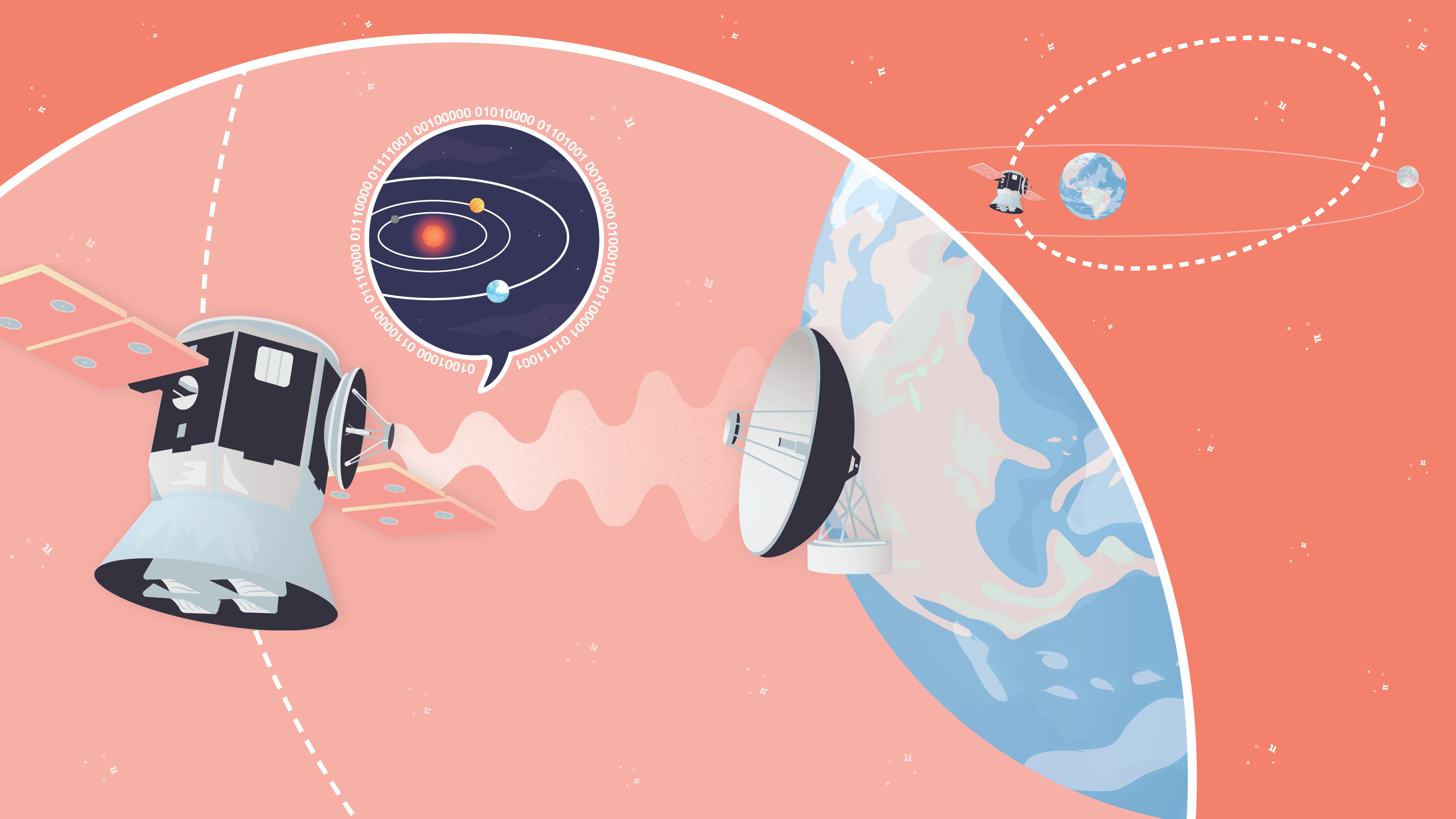
Pi in the Sky Lessons
Here's everything you need to bring the NASA Pi Day Challenge into the classroom.
Grades 4-12
Time Varies
-
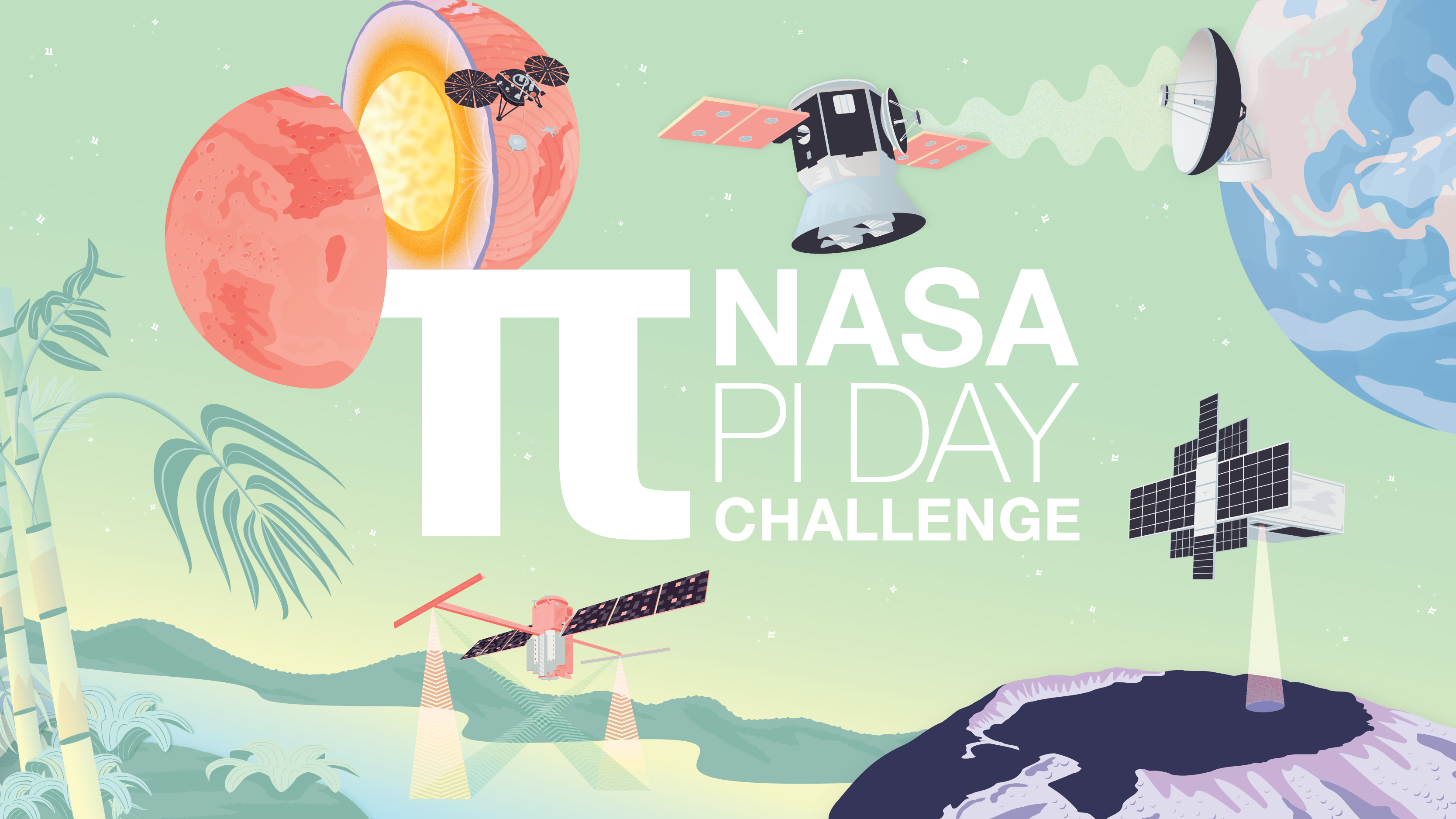
NASA Pi Day Challenge
The entire NASA Pi Day Challenge collection can be found in one, handy slideshow for students.
Grades 4-12
Time Varies
-

How Many Decimals of Pi Do We Really Need?
While you may have memorized more than 70,000 digits of pi, world record holders, a JPL engineer explains why you really only need a tiny fraction of that for most calculations.
-

18 Ways NASA Uses Pi
Whether it's sending spacecraft to other planets, driving rovers on Mars, finding out what planets are made of or how deep alien oceans are, pi takes us far at NASA. Find out how pi helps us explore space.
-
10 Ways to Celebrate Pi Day With NASA on March 14
Find out what makes pi so special, how it’s used to explore space, and how you can join the celebration with resources from NASA.
-
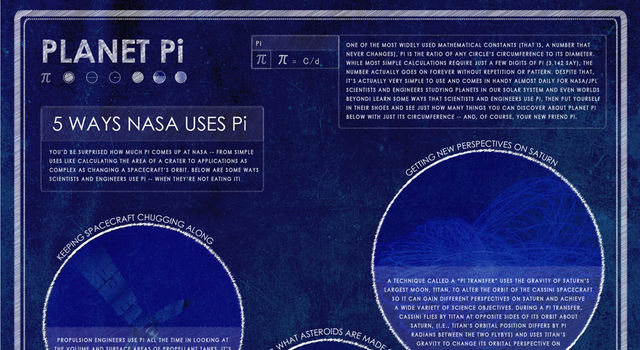
Infographic: Planet Pi
This poster shows some of the ways NASA scientists and engineers use the mathematical constant pi (3.14) and includes common pi formulas.
-
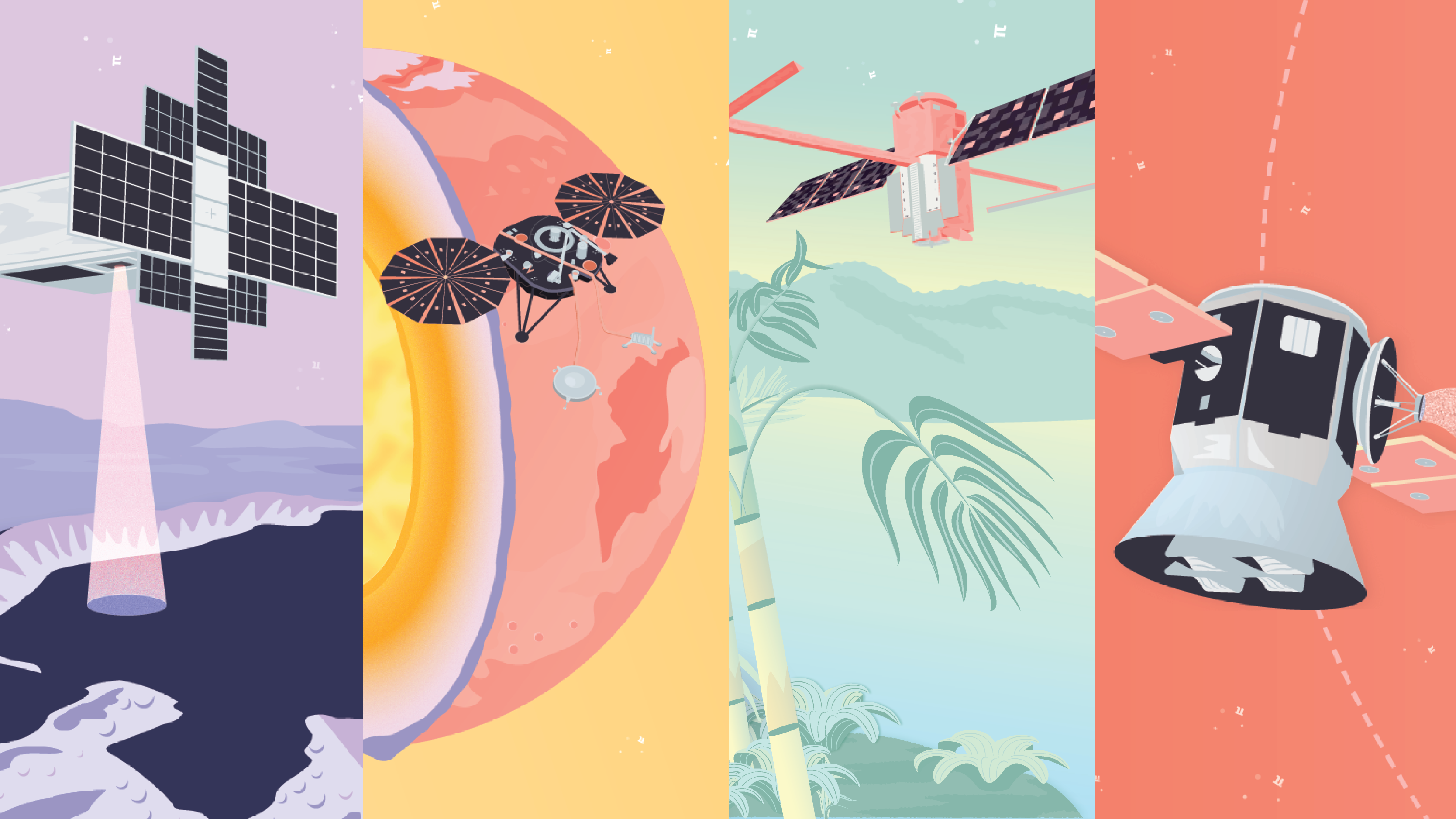
Downloads
Can't get enough pi? Download this year's NASA Pi Day Challenge graphics, including mobile phone and desktop backgrounds:
- Pi in the Sky 9 Poster (PDF, 11.2 MB)
- Lunar Flashlight Background: Phone | Desktop
- Mars InSight Lander Background: Phone | Desktop
- SWOT Mission Background: Phone | Desktop
- TESS Mission - Downlink Background: Phone | Desktop
- TESS Mission - Science Background (not pictured): Phone | Desktop
- Medley Background (not pictured): Phone | Desktop
-
Pi Day: What's Going 'Round
Tell us what you're up to this Pi Day and share your stories and photos on our showcase page.
Plus, join the conversation using the hashtag #NASAPiDayChallenge on Facebook, Twitter, and Instagram.
Recursos en español
Related Lessons for Educators
-
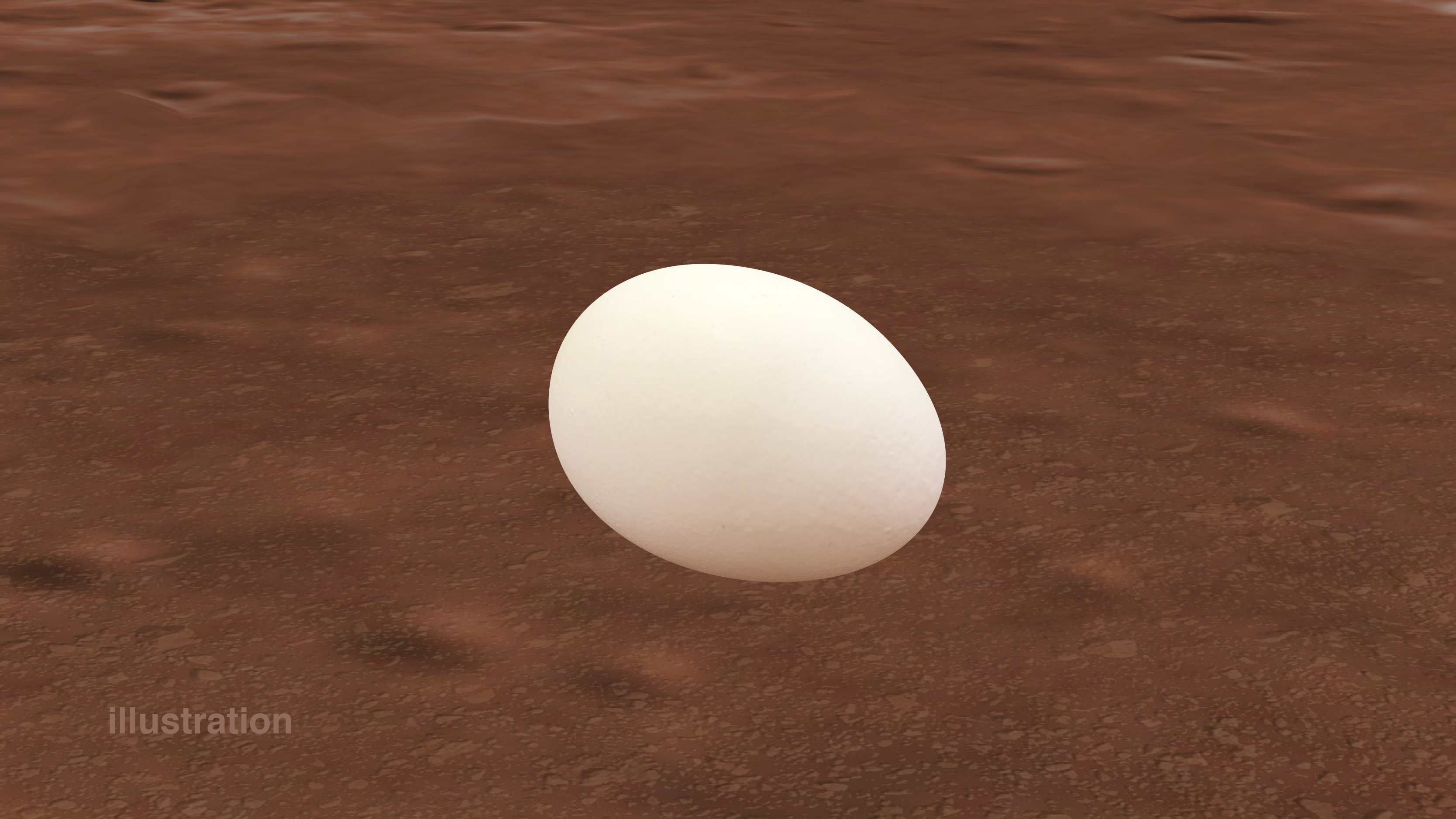
Planetary Egg Wobble and Newton's First Law
Students try to determine the interior makeup of an egg (hard-boiled or raw) based on their understanding of center of mass and Newton’s first law of motion.
Grades 3-8
Time 30 min to 1 hour
-
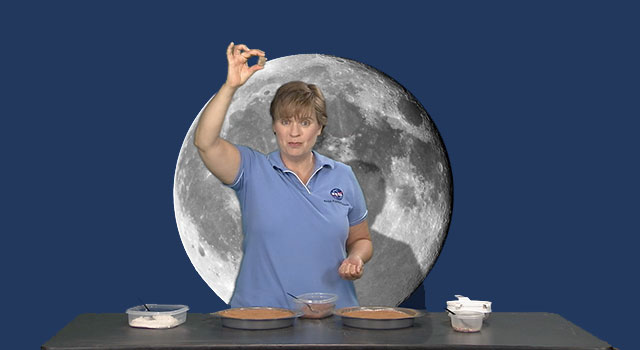
Whip Up a Moon-Like Crater
Whip up a moon-like crater with baking ingredients as a demonstration for students.
Grades 1-6
Time 30 min to 1 hour
-
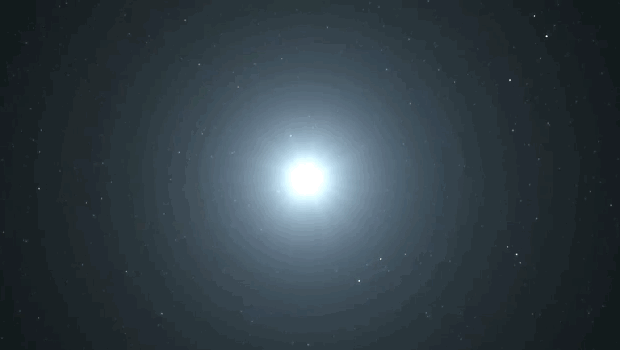
Exploring Exoplanets with Kepler
Students use math concepts related to transits to discover real-world data about Mercury, Venus and planets outside our solar system.
Grades 6-12
Time 30 min to 1 hour
-
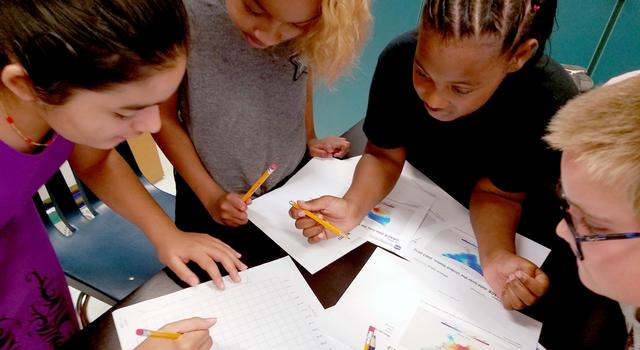
Tracking Water Using NASA Satellite Data
Using real data from NASA’s GRACE satellites, students will track water mass changes in the U.S.
Grades 4-8
Time 30 min to 1 hour
-
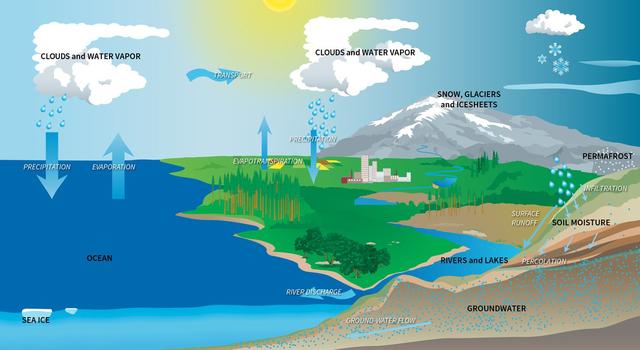
Modeling the Water Budget
Students use a spreadsheet model to understand droughts and the movement of water in the water cycle.
Grades 5-8
Time 30 min to 1 hour
Related Activities for Students
-
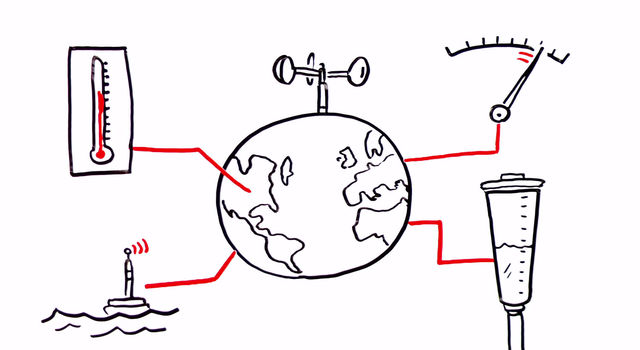
NASA's Earth Minute: Mission to Earth?
NASA doesn't just explore outer space! It studies Earth, too, with a fleet of spacecraft and scientists far and wide.
Type Video
Subject Science
-

Look at the Moon! Journaling Project
Draw what you see in a Moon Journal and see if you can predict the moon phase that comes next.
Type Project
Subject Science
-
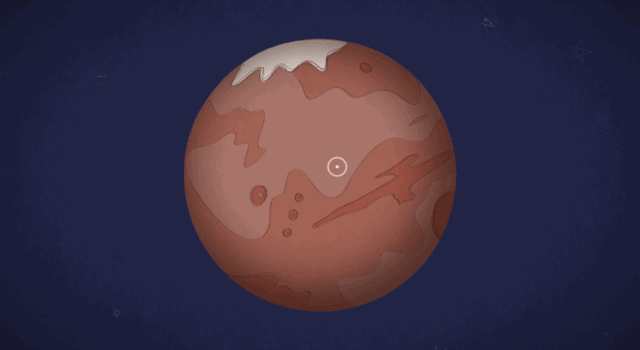
Mars in a Minute: Are There Quakes on Mars?
Are there earthquakes on Mars – or rather, "marsquakes"? What could they teach us about the Red Planet?
Type Video
Subject Science
Explore More
Infographic
Facts and Figures
Missions and Instruments
Websites
TAGS: Pi Day, Pi, Math, NASA Pi Day Challenge, Moon, Lunar Flashlight, Mars, InSight, Earth, Climate, SWOT, Exoplanets, Universe, TESS, Teachers, Educators, Parents, Students, Lessons, Activities, Resources, K-12
Edu News | January 26, 2022
24 STEM Lessons You Can Quickly Deploy in the Classroom
Calling all teachers pressed for time, substitutes looking for classroom activities that don't require a lot of prep, and others hoping to keep students learning in especially chaotic times: We've got a new collection of lessons and activities that you can quickly deploy.
Read on to explore our collection of Quick and Easy STEM lessons and student activities, organized by grade band. Get everything you need to guide students through standards-aligned lessons featuring connections to real NASA missions and science as well as links to student projects, which can be led by teachers or assigned as independent activities.
Grades K-2
-
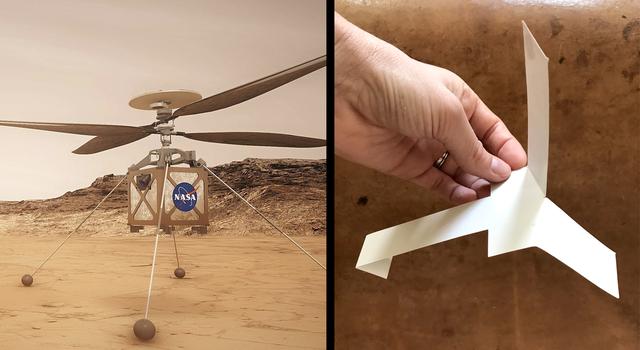
Make a Paper Mars Helicopter
In this lesson, students build a paper helicopter, then improve the design and compare and measure performance.
Subject Engineering
Grades 2-8
Time 30-60 mins
-

Student Project: Make a Paper Mars Helicopter
Build a paper helicopter, then see if you can improve the design like NASA engineers did when making the first helicopter for Mars.
Subject Engineering
Grades 2-8
Time 30-60 mins
-
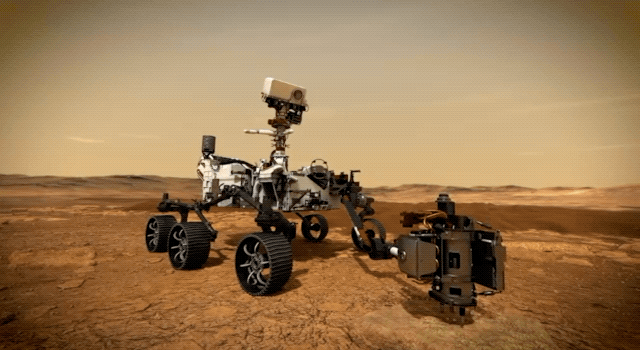
What Tools Would You Take to Mars?
Students decide what they want to learn from a robotic mission to Mars and what tools they will put on their robot to accomplish their goals.
Subject Science
Grades K-2
Time 30-60 mins
-
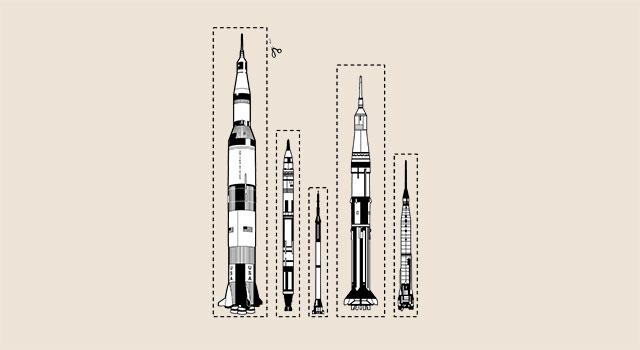
Rockets by Size
Students cut out, color and sequence paper rockets in a simple mathematics lesson on measurement.
Subject Math
Grades K-2
Time 30-60 mins
-
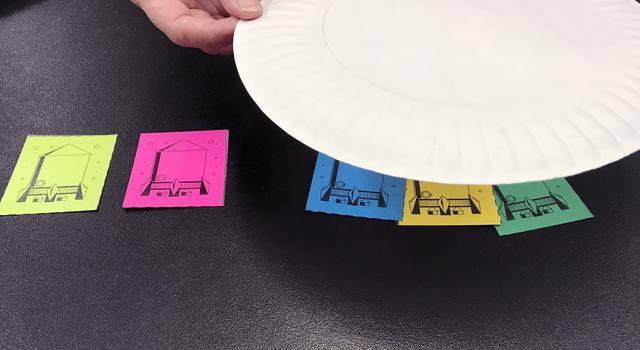
Rocket Math
Students use rocket manipulatives to help them develop number sense, counting, addition and subtraction skills.
Subject Math
Grades K-1
Time 30-60 mins
-

Tangram Rocket
Students use tangrams to create rockets while practicing shape recognition.
Subject Math
Grades K-1
Time 1-2 hrs
-

Student Project: Build a Rover and More With Shapes
Use geometric shapes called tangrams to build a rover and other space-themed designs!
Subject Math
Grades K-2
Time Less than 30 mins
-
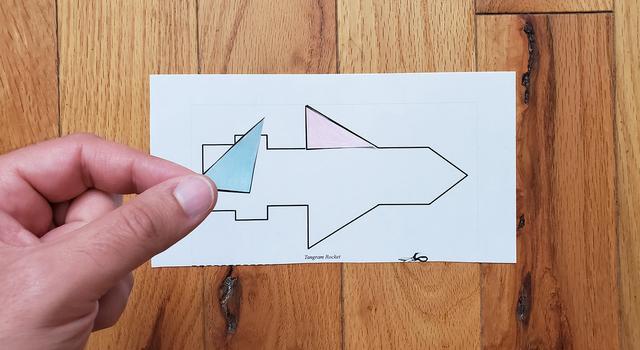
Student Project: Build a Rocket and More With Shapes
Use geometric shapes called tangrams to build a rocket and other space-themed designs!
Subject Math
Grades K-2
Time Less than 30 mins
-
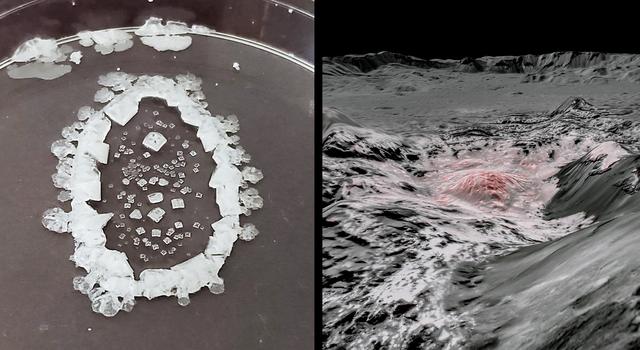
Mineral Mystery Experiment
Students explore the science behind an intriguing planetary feature by creating saline solutions and then observing what happens when the solutions evaporate.
Subject Science
Grades 2-12
Time 2 sessions of 30-60 mins
-

Student Project: Do a Mineral Mystery Experiment
Dissolve salts in water, then observe what happens when the water evaporates.
Subject Science
Grades 2-12
Time 2 sessions of 30-60 mins
-
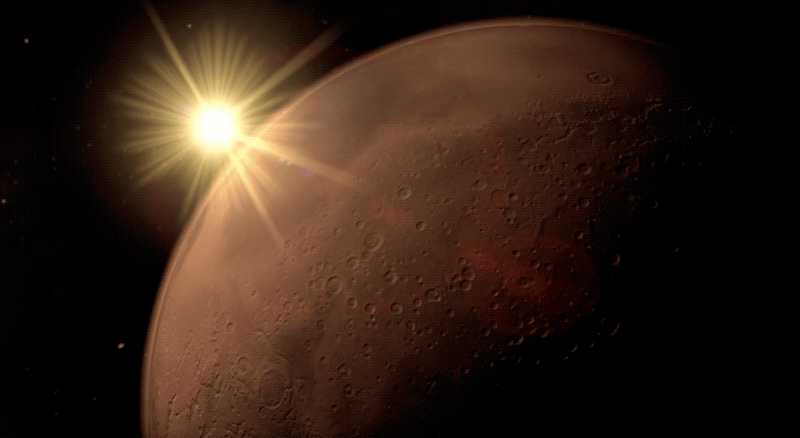
What Do You Know About Mars?
Students decide what they want to learn from a robotic mission to Mars.
Subject Science
Grades K-2
Time Less than 30 mins
-
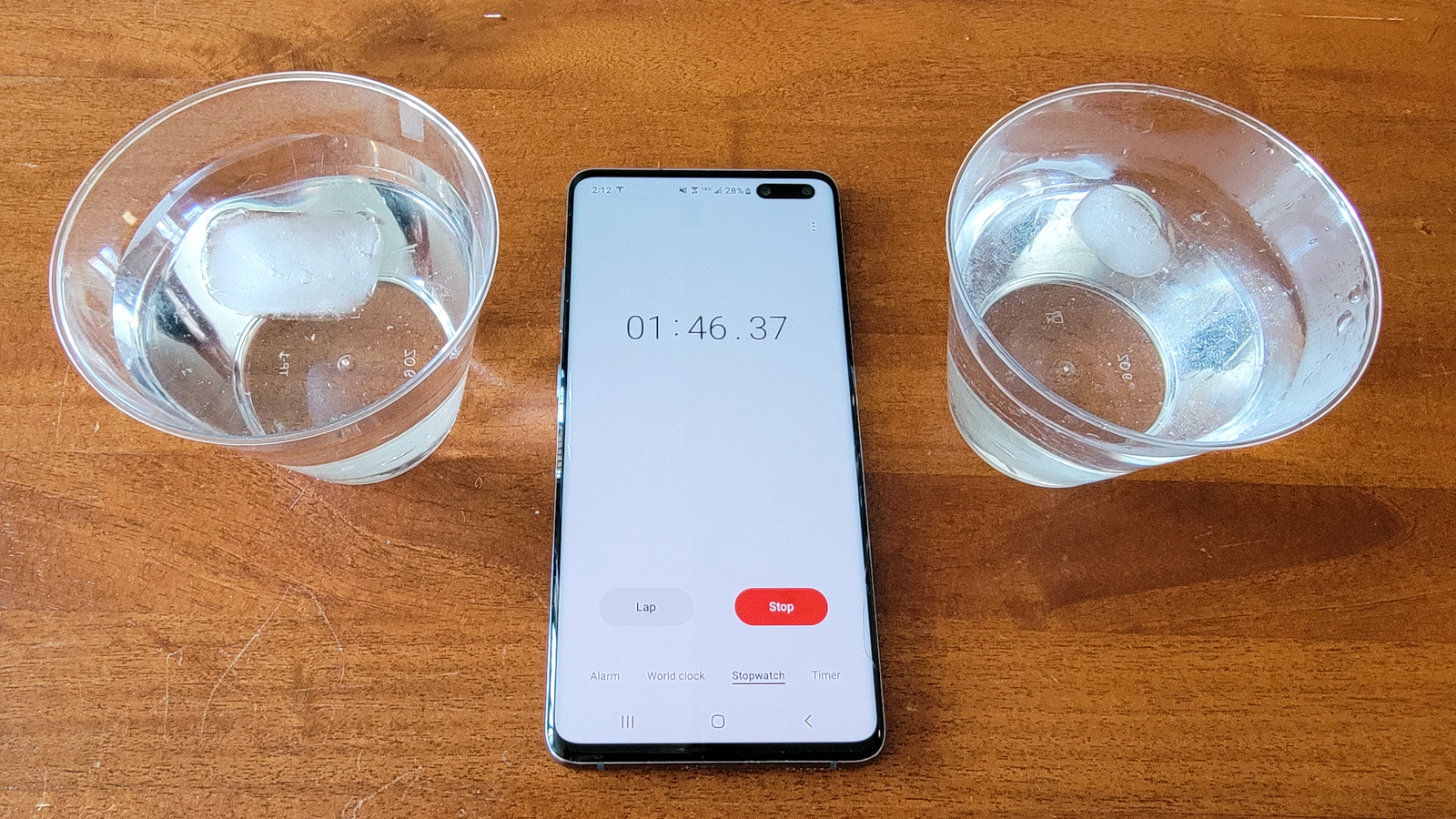
Melting Ice Experiment
Students make predictions and observations about how ice will melt in different conditions then compare their predictions to results as they make connections to melting glaciers.
Subject Science
Grades 2-12
Time 30-60 mins
-
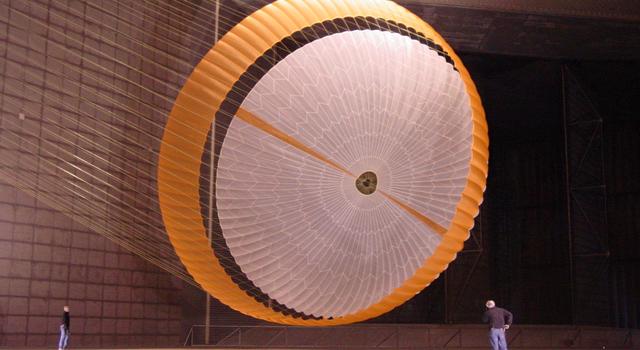
Parachute Design
Students design and test parachute landing systems to successfully land a probe on target.
Subject Engineering
Grades K-2
Time 1-2 hrs
-

Planetary Poetry
In this cross-curricular STEM and language arts lesson, students learn about planets, stars and space missions and write STEM-inspired poetry to share their knowledge of or inspiration about these topics.
Subject Science
Grades 2-12
Time 1-2 hrs
-

Student Project: Write a Poem About Space
Are you a space poet, and you didn't even know it? Find out how to create your own poems inspired by space!
Subject Science
Grades 2-12
Time 30-60 mins
-

Ocean World: Earth Globe Toss Game
Students use NASA images and a hands-on activity to compare the amounts of land and surface water on our planet.
Subject Science
Grades K-6
Time Less than 30 mins
-
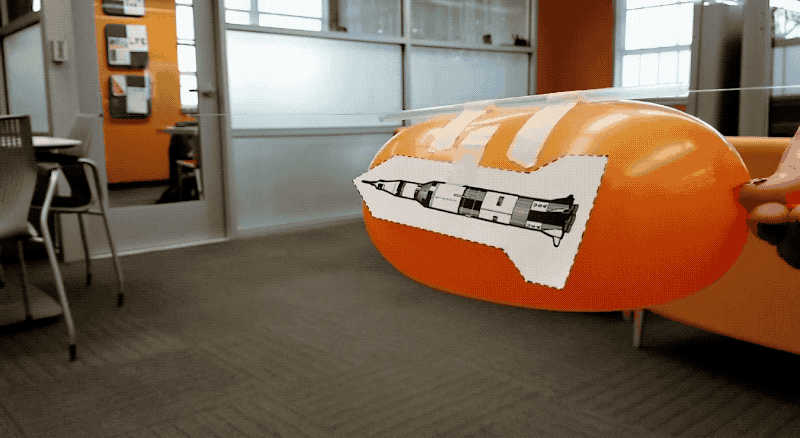
Simple Rocket Science Continued
Students gather data on a balloon rocket launch, then create a simple graph to show the results of the tests.
Subject Math
Grades K-2
Time 30-60 mins
-
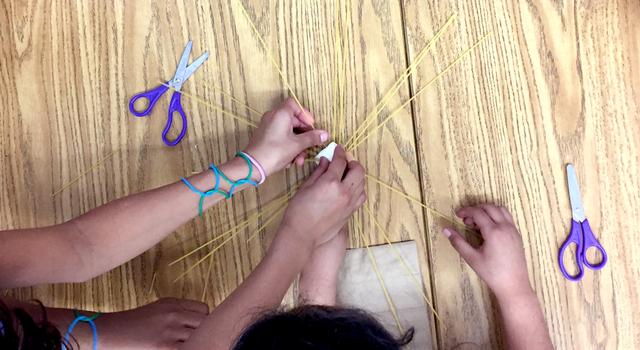
Spaghetti Anyone? Building with Pasta
Students use the engineering design process to build a structure to handle the greatest load and gain first-hand experience with compression and tension forces.
Subject Engineering
Grades K-8
Time Less than 30 mins
-
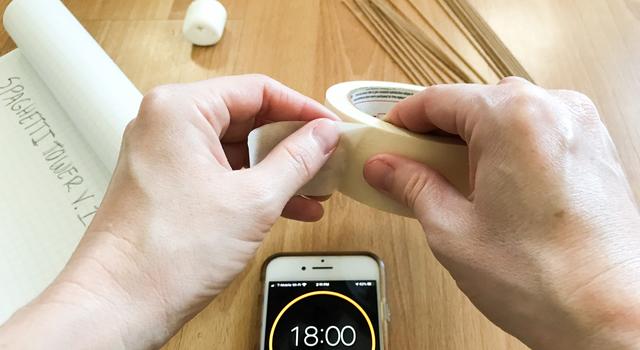
Student Project: Building With Spaghetti
Use spaghetti to build a tower modeled after the giant structures NASA uses to talk to spacecraft.
Subject Engineering
Grades K-8
Time 30-60 mins
-

Simple Rocket Science
Students perform a simple science experiment to learn how a rocket works and demonstrate Newton’s third law of motion.
Subject Science
Grades K-2
Time 30-60 mins
Grades 3-5
-

Make a Paper Mars Helicopter
In this lesson, students build a paper helicopter, then improve the design and compare and measure performance.
Subject Engineering
Grades 2-8
Time 30-60 mins
-

Student Project: Make a Paper Mars Helicopter
Build a paper helicopter, then see if you can improve the design like NASA engineers did when making the first helicopter for Mars.
Subject Engineering
Grades 2-8
Time 30-60 mins
-
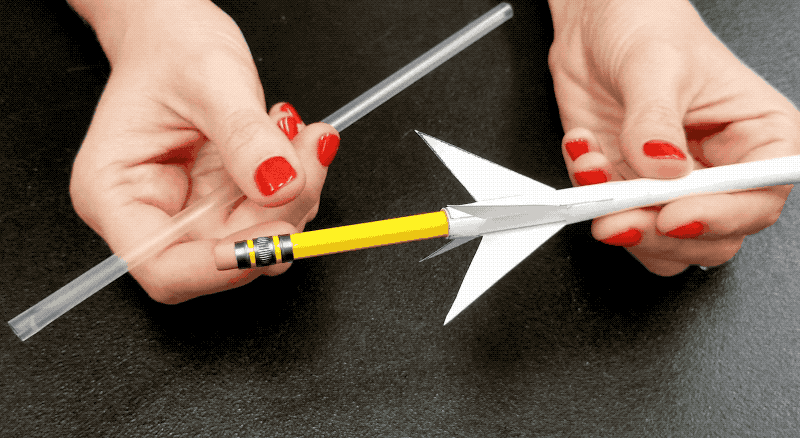
Soda-Straw Rockets
Students study rocket stability as they design, construct and launch paper rockets using soda straws.
Subject Engineering
Grades 4-8
Time Less than 30 mins
-
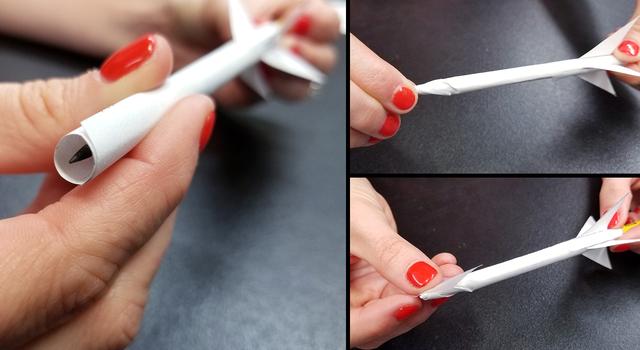
Student Project: Make a Straw Rocket
Create a paper rocket that can be launched from a soda straw – then, modify the design to make the rocket fly farther!
Subject Engineering
Grades 4-8
Time Less than 30 mins
-

Rocket Activity: Heavy Lifting
Students construct balloon-powered rockets to launch the greatest payload possible to the classroom ceiling.
Subject Engineering
Grades 3-8
Time 30-60 mins
-

Design a Robotic Insect
Students design a robotic insect for an extraterrestrial environment, then compare the process to how NASA engineers design robots for extreme environments like Mars.
Subject Science
Grades 3-5
Time 30-60 mins
-
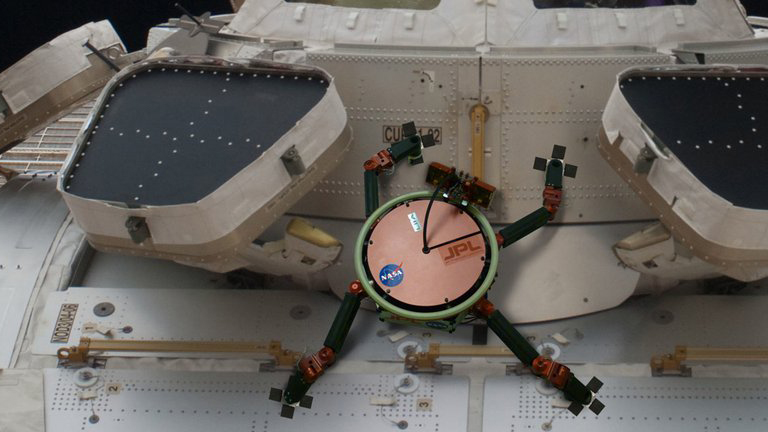
Student Project: Design a Robotic Insect
Design a robotic insect to go to an extreme environment. Then, compare the design process to what NASA engineers do when building robots for Mars!
Subject Science
Grades 3-5
Time 30-60 mins
-

Mineral Mystery Experiment
Students explore the science behind an intriguing planetary feature by creating saline solutions and then observing what happens when the solutions evaporate.
Subject Science
Grades 2-12
Time 2 sessions of 30-60 mins
-

Student Project: Do a Mineral Mystery Experiment
Dissolve salts in water, then observe what happens when the water evaporates.
Subject Science
Grades 2-12
Time 2 sessions of 30-60 mins
-
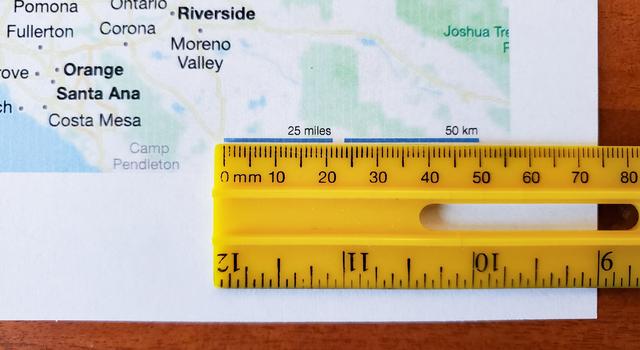
How Far Away Is Space?
Students use measurement skills to determine the scale distance to space on a map.
Subject Math
Grades 3-7
Time 30-60 mins
-
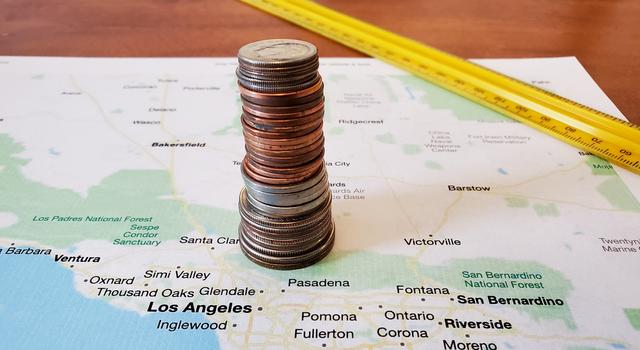
Student Project: How Far Away Is Space?
Stack coins and use your measurement skills to figure out the scale distance from Earth's surface to space.
Subject Math
Grades 3-7
Time 30-60 mins
-

Melting Ice Experiment
Students make predictions and observations about how ice will melt in different conditions then compare their predictions to results as they make connections to melting glaciers.
Subject Science
Grades 2-12
Time 30-60 mins
-

Planetary Poetry
In this cross-curricular STEM and language arts lesson, students learn about planets, stars and space missions and write STEM-inspired poetry to share their knowledge of or inspiration about these topics.
Subject Science
Grades 2-12
Time 1-2 hrs
-

Student Project: Write a Poem About Space
Are you a space poet, and you didn't even know it? Find out how to create your own poems inspired by space!
Subject Science
Grades 2-12
Time 30-60 mins
-

Planetary Travel Time
Students will compute the approximate travel time to planets in the solar system using different modes of transportation.
Subject Math
Grades 4-6
Time 30-60 mins
-
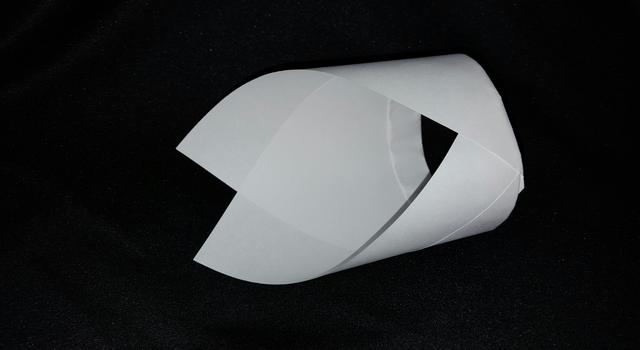
The Ring Wing Glider
In this simple engineering design lesson, students turn a piece of paper into an aircraft wing and then try to improve upon their design.
Subject Engineering
Grades 3-8
Time 30-60 mins
-
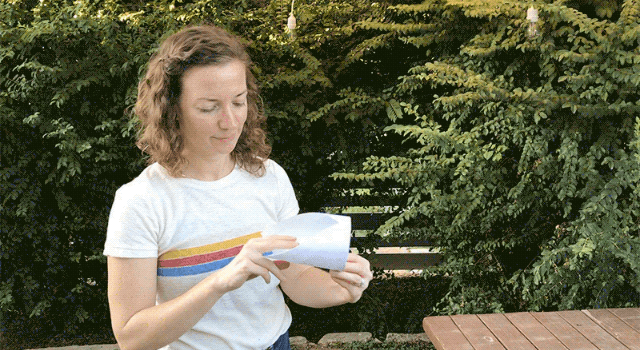
Student Project: Make a Paper Glider
Turn a piece of paper into a glider inspired by a NASA design.
Subject Engineering
Grades 3-8
Time 30-60 mins
-

Ocean World: Earth Globe Toss Game
Students use NASA images and a hands-on activity to compare the amounts of land and surface water on our planet.
Subject Science
Grades K-6
Time Less than 30 mins
-

Spaghetti Anyone? Building with Pasta
Students use the engineering design process to build a structure to handle the greatest load and gain first-hand experience with compression and tension forces.
Subject Engineering
Grades K-8
Time Less than 30 mins
-

Student Project: Building With Spaghetti
Use spaghetti to build a tower modeled after the giant structures NASA uses to talk to spacecraft.
Subject Engineering
Grades K-8
Time 30-60 mins
Grades 6-8
-

Make a Paper Mars Helicopter
In this lesson, students build a paper helicopter, then improve the design and compare and measure performance.
Subject Engineering
Grades 2-8
Time 30-60 mins
-

Student Project: Make a Paper Mars Helicopter
Build a paper helicopter, then see if you can improve the design like NASA engineers did when making the first helicopter for Mars.
Subject Engineering
Grades 2-8
Time 30-60 mins
-

Soda-Straw Rockets
Students study rocket stability as they design, construct and launch paper rockets using soda straws.
Subject Engineering
Grades 4-8
Time Less than 30 mins
-

Student Project: Make a Straw Rocket
Create a paper rocket that can be launched from a soda straw – then, modify the design to make the rocket fly farther!
Subject Engineering
Grades 4-8
Time Less than 30 mins
-

Rocket Activity: Heavy Lifting
Students construct balloon-powered rockets to launch the greatest payload possible to the classroom ceiling.
Subject Engineering
Grades 3-8
Time 30-60 mins
-

Mineral Mystery Experiment
Students explore the science behind an intriguing planetary feature by creating saline solutions and then observing what happens when the solutions evaporate.
Subject Science
Grades 2-12
Time 2 sessions of 30-60 mins
-

Student Project: Do a Mineral Mystery Experiment
Dissolve salts in water, then observe what happens when the water evaporates.
Subject Science
Grades 2-12
Time 2 sessions of 30-60 mins
-

How Far Away Is Space?
Students use measurement skills to determine the scale distance to space on a map.
Subject Math
Grades 3-7
Time 30-60 mins
-

Student Project: How Far Away Is Space?
Stack coins and use your measurement skills to figure out the scale distance from Earth's surface to space.
Subject Math
Grades 3-7
Time 30-60 mins
-

Melting Ice Experiment
Students make predictions and observations about how ice will melt in different conditions then compare their predictions to results as they make connections to melting glaciers.
Subject Science
Grades 2-12
Time 30-60 mins
-

Planetary Poetry
In this cross-curricular STEM and language arts lesson, students learn about planets, stars and space missions and write STEM-inspired poetry to share their knowledge of or inspiration about these topics.
Subject Science
Grades 2-12
Time 1-2 hrs
-

Student Project: Write a Poem About Space
Are you a space poet, and you didn't even know it? Find out how to create your own poems inspired by space!
Subject Science
Grades 2-12
Time 30-60 mins
-

Planetary Travel Time
Students will compute the approximate travel time to planets in the solar system using different modes of transportation.
Subject Math
Grades 4-6
Time 30-60 mins
-

The Ring Wing Glider
In this simple engineering design lesson, students turn a piece of paper into an aircraft wing and then try to improve upon their design.
Subject Engineering
Grades 3-8
Time 30-60 mins
-

Student Project: Make a Paper Glider
Turn a piece of paper into a glider inspired by a NASA design.
Subject Engineering
Grades 3-8
Time 30-60 mins
-

Ocean World: Earth Globe Toss Game
Students use NASA images and a hands-on activity to compare the amounts of land and surface water on our planet.
Subject Science
Grades K-6
Time Less than 30 mins
-

Spaghetti Anyone? Building with Pasta
Students use the engineering design process to build a structure to handle the greatest load and gain first-hand experience with compression and tension forces.
Subject Engineering
Grades K-8
Time Less than 30 mins
-

Student Project: Building With Spaghetti
Use spaghetti to build a tower modeled after the giant structures NASA uses to talk to spacecraft.
Subject Engineering
Grades K-8
Time 30-60 mins
-
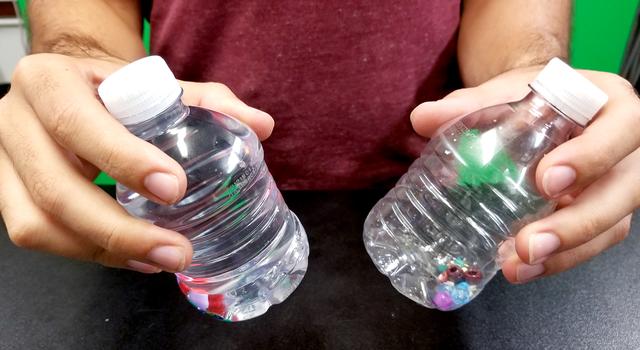
How Do We See Dark Matter?
Students will make observations of two containers and identify differences in content, justify their claims and make comparisons to dark matter observations.
Subject Science
Grades 6-12
Time Less than 30 mins
Grades 9-12
-

Mineral Mystery Experiment
Students explore the science behind an intriguing planetary feature by creating saline solutions and then observing what happens when the solutions evaporate.
Subject Science
Grades 2-12
Time 2 sessions of 30-60 mins
-

Student Project: Do a Mineral Mystery Experiment
Dissolve salts in water, then observe what happens when the water evaporates.
Subject Science
Grades 2-12
Time 2 sessions of 30-60 mins
-

Melting Ice Experiment
Students make predictions and observations about how ice will melt in different conditions then compare their predictions to results as they make connections to melting glaciers.
Subject Science
Grades 2-12
Time 30-60 mins
-

Planetary Poetry
In this cross-curricular STEM and language arts lesson, students learn about planets, stars and space missions and write STEM-inspired poetry to share their knowledge of or inspiration about these topics.
Subject Science
Grades 2-12
Time 1-2 hrs
-

Student Project: Write a Poem About Space
Are you a space poet, and you didn't even know it? Find out how to create your own poems inspired by space!
Subject Science
Grades 2-12
Time 30-60 mins
-

Let's Go to Mars! Calculating Launch Windows
Students use advanced algebra concepts to determine the next opportunity to launch a spacecraft to Mars.
Subject Math
Grades 9-12
Time 30-60 mins
-

How Do We See Dark Matter?
Students will make observations of two containers and identify differences in content, justify their claims and make comparisons to dark matter observations.
Subject Science
Grades 6-12
Time Less than 30 mins
Explore More
Find our full collection of more than 250 STEM educator guides and student activities in Teach and Learn.
For games, articles, and more activities from NASA for kids in upper-elementary grades, visit NASA Space Place and NASA Climate Kids.
Explore more educational resources and opportunities for students and educators from NASA STEM Engagement.
TAGS: Lessons, Teachers, Educators, Parents, Substitutes, Activities, Students, Science, Engineering, Quick and Easy
Teachable Moments | January 24, 2022
Reflecting On Greenland’s Melting Glaciers as OMG Mission Concludes
Explore how the OMG mission discovered more about what's behind one of the largest contributors to global sea level rise. Plus, learn what it means for communities around the world and how to get students engaged.
After six years investigating the effects of warming oceans on Greenland's ice sheet, the Oceans Melting Greenland, or OMG, mission has concluded. This airborne and seaborne mission studied how our oceans are warming and determined that ocean water is melting Greenland’s glaciers as much as warm air is melting them from above.
Read on to learn more about how OMG accomplished its goals and the implications of what we learned. Then, explore educational resources to engage students in the science of this eye-opening mission.
Why It's Important
Global sea level rise is one of the major environmental challenges of the 21st century. As oceans rise, water encroaches on land, affecting populations that live along shorelines. Around the world – including U.S. regions along the Gulf of Mexico and Eastern Seaboard and in Alaska – residents are feeling the impact of rising seas. Additionally, freshwater supplies are being threatened by encroaching saltwater from rising seas.
Sea level rise is mostly caused by melting land ice (primarily glaciers), which adds water to the ocean, as well as thermal expansion, the increase in volume that occurs when water heats up. Both ice melt and thermal expansion result from rising global average temperatures on land and in the sea – one facet of climate change.
This short video explains why Greenland's ice sheets are melting and what it means for our planet. Credit: NASA/JPL-Caltech | Watch more from the Earth Minute series
Greenland’s melting glaciers contribute more freshwater to sea level rise than any other source, which is why the OMG mission set out to better understand the mechanisms behind this melting.
How We Did It
The OMG mission used a variety of instruments onboard airplanes and ships to map the ocean floor, measure the behemoth Greenland glaciers, and track nearby water temperature patterns.
Join JPL scientist Josh Willis as he and the NASA Oceans Melting Greenland (OMG) team work to understand the role that ocean water plays in melting Greenland’s glaciers. Credit: NASA/JPL-Caltech | Watch on YouTube

This animation shows how the OMG mission created a map of the ocean floor, known as a bathymetric map, to determine the geometry around Greenland's glaciers. Image credit: NASA/JPL-Caltech | + Expand image

This animation shows how the OMG mission used radar to measure changes in the thickness and retreat of Greenland's glaciers as well as probes to measure ocean temperature and salinity. Credit: NASA/JPL-Caltech | + Expand image
Early on, the mission team created a map of the ocean floor, known as a bathymetric map, by combining multibeam sonar surveys taken from ships and gravity measurements taken from airplanes. Interactions among glaciers and warming seas are highly dependent on the geometry of the ocean floor. For example, continental shelf troughs carved by glaciers allow pathways for water to interact with glacial ice. So understanding Greenland's local bathymetry was crucial to OMG's mission.
To locate the edges of Greenland's glaciers and measure their heights, the mission used a radar instrument known as the Glacier and Ice Surface Topography Interferometer. Every spring during the six-year OMG mission, the radar was deployed on NASA’s Gulfstream III airplane that flew numerous paths over Greenland’s more than 220 glaciers. Data from the instrument allowed scientists to determine how the thickness and area of the glaciers are changing over time.
Finally, to measure ocean temperature and salinity patterns, scientists deployed numerous cylindrical probes. These probes dropped from an airplane and fell through the water, taking measurements from the surface all the way to the ocean floor. Each probe relayed its information back to computers onboard the plane where ocean temperatures and salinity were mapped. Then, scientists took this data back to their laboratories and analyzed it for trends, determining temperature variations and circulation patterns.
What We Discovered
Prior to the OMG mission, scientists knew that warming air melted glaciers from above, like an ice cube on a hot day. However, glaciers also flow toward the ocean and break off into icebergs in a process called calving. Scientists had the suspicion that warmer ocean waters were melting the glaciers from below, causing them to break off more icebergs and add to rising seas. It wasn’t until they acquired the data from OMG, that they discovered the grim truth: Glaciers are melting from above and below, and warming oceans are having a significant effect on glacial melt.
This narrated animation shows warm ocean water is melting glaciers from below, causing their edges to break off in a process called calving. Credit: NASA | Watch on YouTube
What this means for our Earth's climate is that as we continue burning fossil fuels and contributing to greenhouse gas accumulation, the oceans, which store more than 90% of the heat that is trapped by greenhouse gases, will continue to warm, causing glaciers to melt faster than ever. As warming ocean water moves against glaciers, it eats away at their base, causing the ice above to break off. In other words, calving rates increase and sea level rises even faster.
Our oceans control our climate and affect our everyday lives, whether or not we live near them. With the pace of the melt increasing, our shorelines and nearby communities will be in trouble sooner than previously expected. And it’s not just the beaches that will be affected. If Greenland’s glaciers all melt, global sea levels will rise by over 24 feet (7.4 meters), bringing dramatic change to the landscapes of major cities around the world.
Teach It
Check out these resources to bring the real-life STEM behind the mission into your teaching. With lessons for educators and student projects, engage students in learning about the OMG mission and NASA climate science.
Educator Guides
-

Melting Ice Experiment
Students make predictions and observations about how ice will melt in different conditions then compare their predictions to results as they make connections to melting glaciers.
Subject Science
Grades 2-12
Time 30-60 mins
-
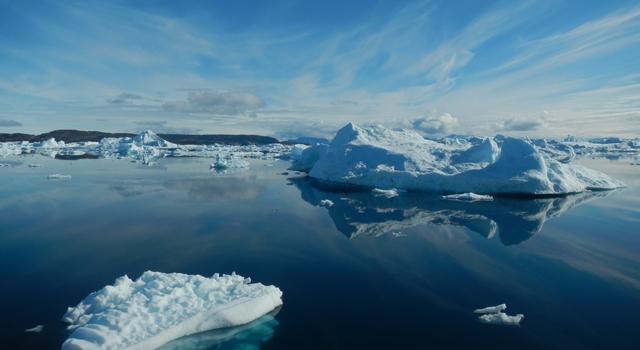
What's Causing Sea-Level Rise? Land Ice Vs. Sea Ice
Students learn the difference between land ice and sea ice and make a model to see how the melting of each impacts global sea level.
Subject Science
Grades 2-8
Time 30-60 mins
-

Lessons in Sea-Level Rise
What is sea-level rise and how does it affect us? This "Teachable Moment" looks at the science behind sea-level rise and offers lessons and tools for teaching students about this important climate topic.
Subject Science
Grades 5-12
Time 30-60 mins
-

Collection: Climate Change Lessons for Educators
Explore a collection of standards-aligned STEM lessons for students that get them investigating climate change along with NASA.
Student Projects
-

How Melting Ice Causes Sea Level Rise
Learn the difference between land ice and sea ice, then do an experiment to see how the melting of each contributes to global sea level rise.
Subject Science
Grades 2-8
Time 30-60 mins
-
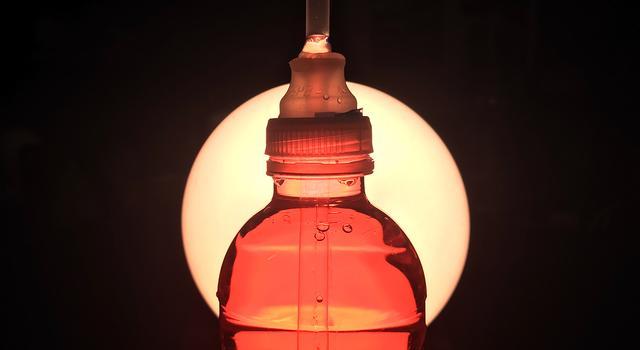
Collection: Climate Change Activities for Students
Learn about climate change and its impacts with these projects, videos, and slideshows for students.
Articles
Explore More
Websites
- NASA Climate Change
- NASA Earth Observatory
- NASA Climate Kids
- OMG Mission Website
- NASA Sea Level Change
- NASA Cambio Climático en Español
Facts & Figures
Videos
Interactives
Image Gallery
Articles
- Climate articles from NASA
- Ask NASA Climate
- NASA People - Josh Willis, Principal Investigator, Oceans Melting Greenland
- NASA People - Earth
Podcast
TAGS: Teachable Moment, Climate, Earth Science, Glaciers, Greenland, Ice, Sea Level Rise, Teachers, Educators, Parents, Lessons, Missions, Earth, Climate TM
Teachable Moments | November 18, 2020
Earth Satellite Joins NASA Fleet to Monitor Sea Level, Improve Weather Forecasts
Learn about the mission and find out how to make classroom connections to NASA Earth science – plus explore related teaching and learning resources.
In the News
A new spacecraft that will collect vital sea-surface measurements for better understanding climate change and improving weather predictions is joining the fleet of Earth science satellites monitoring our changing planet from space. A U.S.-European partnership, the Sentinel-6 Michael Freilich satellite continues a long tradition of collecting scientific data from Earth orbit. It’s named in honor of NASA’s former Earth Science Division director and a leading advocate for ocean measurements from space.
Read on to find out how the mission will measure sea-surface height for the next 10 years and provide atmospheric data to help better predict weather. Plus, find out how to watch the launch online and explore related teaching resources to bring NASA Earth science into the classroom and incorporate sea level data into your instruction.
How It Works
The Sentinel-6 Michael Freilich satellite is designed to measure sea-surface height and improve weather predictions. Once in orbit, it will be able to measure sea-surface height – with accuracy down to the centimeter – over 90% of the world’s oceans every 10 days. It will do this using a suite of onboard science tools, or instruments.
To measure sea-surface height, a radar altimeter will send a pulse of microwave energy to the ocean’s surface and record how long it takes for the energy to return. The time it takes for the signal to return varies depending on the height of the ocean – a higher ocean surface results in a shorter return time, while a lower ocean surface results in a longer return time. A microwave radiometer will measure delays that take place as the signal travels through the atmosphere to correct for this effect and provide an even more precise measurement of sea-surface height.

This animation shows the radar pulse from the Sentinel-6 Michael Freilich satellite's altimeter bouncing off the sea surface in order to measure the height of the ocean. Image credit: NASA/JPL-Caltech | + Expand image
To measure atmospheric data, Sentinel-6 Michael Freilich is equipped with the Global Navigation Satellite System - Radio Occultation, or GNSS-RO, instrument, which will measure signals from GPS satellites – the same ones you use to navigate on Earth. As these satellites move below or rise above the horizon from Sentinel-6 Michael Freilich's perspective, their signals slow down, change frequency and bend as a result of the phenomenon known as refraction. Scientists can use these changes in the GPS signal to measure small shifts in temperature, moisture content, and density in the atmosphere. These measurements can help meteorologists improve weather forecasts.
Why It's Important
Scientists from around the world have been collecting sea level measurements for more than a century. The data – gathered from tide gauges, sediment cores, and space satellites – paint a clear picture: sea level is rising. Looking at the average height of the sea across the planet, we see that in the last 25 years global sea level has been rising an average of 0.13 inches (3.3 mm) per year. This average is increasing each year (in the 2000s, it was 0.12 inches, or 3.0 mm, per year) as is the rate at which it’s increasing. That means that sea level is rising, and it’s rising faster and faster. Since 1880, global sea level has risen more than eight inches (20 cm). By 2100, it is projected to rise another one to four feet (30 to 122 cm).
This satellite data show the change in Earth's global sea level since 1993. Roll over the chart to see the various data points. For more Earth vital signs, visit NASA's Global Climate Change website
Measuring sea level from space provides scientists with global measurements of Earth’s oceans in a matter of days, including areas far from shore where measurements aren’t practical or possible. Starting in 1992 with the launch of the TOPEX/Poseidon mission, the record of sea level measurements from space has continued uninterrupted, providing an increasingly detailed picture of Earth’s rising seas. The Sentinel-6 Michael Freilich satellite – and its twin, which will launch in 2025 – will extend those measurements to 2030, allowing scientists to continue collecting vital information about Earth’s changing oceans and climate.
Unlike previous satellites that measured sea level, Sentinel-6 Michael Freilich has the capability to measure sea level variations more accurately near coastlines, giving scientists insight into changes that can have direct impacts on communities and livelihoods, such as commercial fishing and ship navigation.
This playlist for students and teachers features explainers about the causes and effects of sea level rise and how NASA is studying our changing planet – plus related STEM activities and experiments for students. | Watch on YouTube
With rising seas already impacting people and communities, it's important to understand not just how much seas are rising, but also where and how quickly they are rising. Data from instruments on Sentinel-6 Michael Freilich can be combined with data from other satellites to get a clearer picture of what's contributing to sea level rise and where. For example, by looking at the satellite's radar altimeter measurements along with gravity measurements from the GRACE-FO mission, scientists can better determine how melting ice and thermal expansion are contributing to sea level rise. And by tracking the movement of warm water (which stands taller than cold water), scientists can better predict the rapid expansion of hurricanes.
Watch the Launch
Scheduled to launch at 9:17 a.m. PST (12:17 p.m. EST) on November 21, Sentinel-6 Michael Freilich will launch atop a SpaceX Falcon 9 rocket from Vandenberg Air Force Base in California.
Watch a live broadcast of the launch from the Vandenberg Air Force Base on NASA TV and the agency’s website. Visit the Sentinel-6 Michael Freilich website to explore more news about the mission. Follow launch updates on NASA's Twitter, Facebook and Instagram accounts.
Teach It
Make classroom connections to NASA Earth science with lessons about rising seas, thermal expansion and ice melt, data collection and graphing, and engineering. Plus explore independent activities and experiments students can do at home, video playlists, and more:
-

Lesson Collection for Educators
Explore these standards-aligned STEM lessons about launches, Earth satellites, and sea level rise to make classroom connections to the Sentinel-6 Michael Freilich mission.
Grades K-12
Time Varies
-
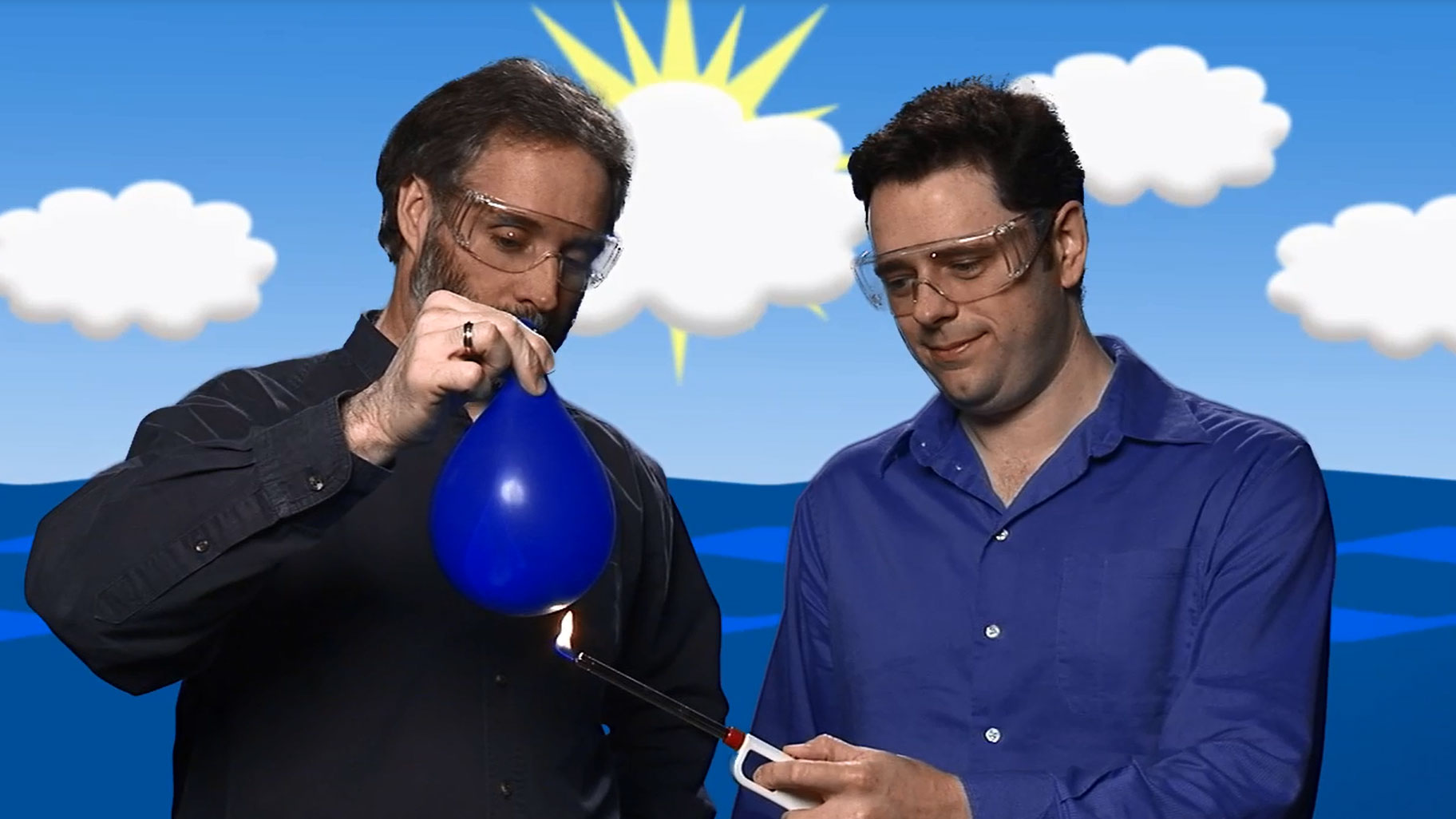
Learn With NASA – YouTube Playlist
This YouTube playlist for students and teachers features explainers about the causes and effects of sea level rise and how NASA is studying our changing planet – plus related STEM activities and experiments for students.
-
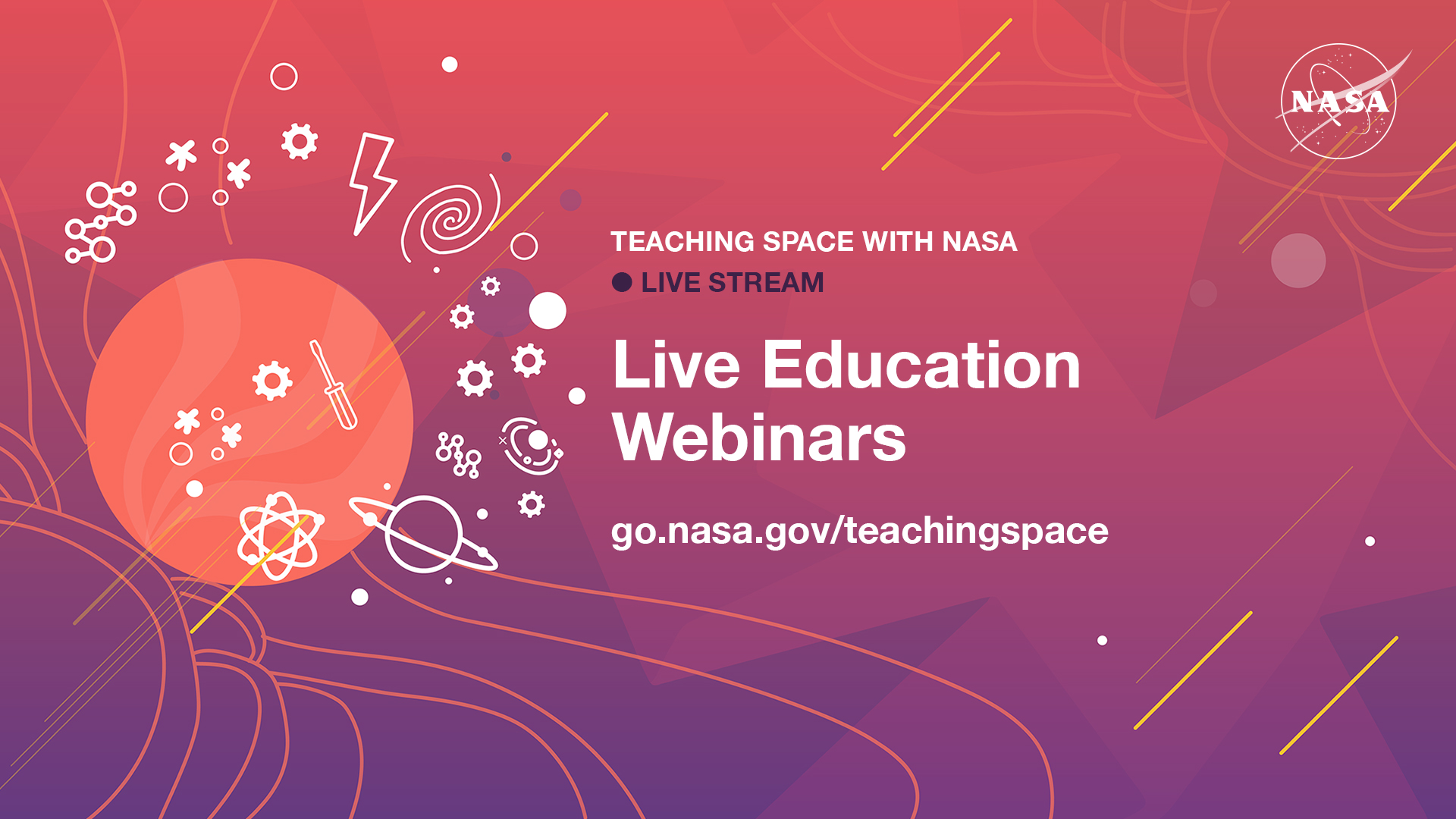
Teaching Space With NASA
Watch education webinars featuring NASA experts and education specialists talking about Earth science and more, explore related resources, and register to participate in an upcoming live Q&A.
-

Teachable Moments: The Science of Earth's Rising Seas
How do we know sea-level rise is happening and what’s causing it? Learn about the NASA satellites studying the problem and get students exploring the data through math.
-

Teachable Moments: NASA's Eyes on Extreme Weather
Learn about the causes and effects of extreme weather including hurricanes, floods, droughts and wildfires, plus how NASA studies them.
-

Activities for Students
Get students engaged in science and engineering related to the Sentinel-6 Michael Freilich mission with these videos and independent activities.
Type Varies
Subject Varies
-

Learning Space With NASA at Home
Explore Earth and space science activities students can do with NASA at home, watch live stream events and video tutorials, plus explore tips for home-based learning!
Explore More
- Press Kit: Sentinel-6 Michael Freilich
- Website: Sentinel-6 Michael Freilich
- Article: Meet the People Behind the Sentinel-6 Michael Freilich Spacecraft
- Article: 5 Things to Know About Sentinel-6 Michael Freilich
- Website: NASA Climate Change
- Website: Sea Level Science
- Website: NASA Climate Kids
- Article for Kids: How Do We Measure Sea Level?
- Interactive: Explore Earth Now
- Facts & Figures: Climate Change - Evidence
- Gallery: Images of Change
- Podcast: On a Mission
- Multimedia: NASA climate images, videos, and graphics
- Social Media: List of NASA social media channels
- Events: NASA Live
Recursos en Español
TAGS: Teachable Moments, Educators, Teachers, Parents, K-12 Education, Launch, Mission, Earth, Satellite, Earth Science, Climate Change, Sentinel-6 Michael Freilich, Sea Level, Sea Level Rise, Climate TM




